ENGLISH"Then let me to the valley go, this pretty flower to see; that I may also learn to grow in sweet humility." Jane Taylor Literature: Building on their learnings from the poem "The Violet," students began with a modest approach, understanding the value of humility. They learned new literary devices that aided in critically analysing the poem. From the simple world of the Violet, students journeyed to the enchanting world of Peter Pan, enjoying adventures with Peter Pan, Wendy, and Tinker Bell. Through this text, they identified story elements and practiced character analysis. Grammar: Students reviewed the concepts of abstract and collective nouns and conducted a detailed study of adjectives. Writing: The young learners honed their writing skills by composing informal letters to their friends. SCIENCE"The important thing is to never stop questioning." – Albert Einstein Biology: The chapter 'Components of Food' was introduced through a recall activity where students identified nutrients on their favorite snack labels. In the Biology Lab, the students conducted a starch test on a raw potato with iodine solution, observing a color change to blue-black. They also tested for proteins in milk using copper sulphate and caustic soda, resulting in a violet color. As part of Hindi integration, students created slogans on the importance of iodine in salt. The chapter ended with discussions on 'Balanced Diet' and 'Deficiency Diseases,' emphasizing the importance of a balanced diet and its variations based on individual needs. Students learned about deficiency diseases, their causes, and prevention. Chemistry: Experiential learning engages students in critical thinking, problem-solving, and decision-making through personally relevant contexts. It encourages initiative, decision-making, and accountability. To teach the concepts of the chapter, Separation of Substances, various hands-on activities were conducted. To understand sedimentation, decantation, filtration, and loading, students mixed mud and water, then used alum to clear the water by making impurities stick to the alum. This demonstrated the separation process practically. Physics: Students engaged in hands-on activities to learn about various concepts in the chapter, Motion and Measurement of Distances. They measured objects like notebooks, pencil boxes, and study tables using both standard units (scales and tape measures) and non-standard units (handspan, pace, and cubit). They learned techniques to avoid parallax errors and used thread to measure curved lines. Circular objects, such as bangles, were measured with both standard and non-standard units. Additionally, students explored different types of motion through role-play and real-life examples, including a fan, a bicycle, and a pendulum clock. SOCIAL SCIENCEThe new academic session kicked off with an interactive quiz introducing students to social sciences—history, geography, and civics. Through comparing early humans and modern humans, students constructed timelines, delving into the importance of historical dates. Discussions on the significance of learning history led to understanding pre-history versus history and exploring various historical sources. Mapping rivers and early human habitats showcased geography's impact on history. Students learn about the sources of history and prehistoric cultures. Learning about map components and scale, integrated with math, enhanced spatial awareness. The students also learned about the reasons for the change of seasons, unequal days and nights, and solstices due to the movements of the Earth. In civics, students delved into family history's role and debated topics like Aatma Nirbhar Bharat. Activities like family tree creation and interviews highlighted changes in family dynamics and traditional versus modern occupations. Role-plays on cleanliness and municipal roles fostered civic engagement. The role of elections and political parties in upholding the principles of democracy was discussed. They developed an understanding of the meaning, scope, and significance of the next topic—diversity—through interactive discussions, story narration and discussion, flow charts, comparative studies, and video links. They understood the essence of the phrase 'Unity in Diversity’. The use of T-charts, videos, and diagrams enriched learning. By blending activities, discussions, and multimedia resources, students gained a holistic understanding of the social sciences, appreciating their significance in understanding and shaping the world. The students enjoyed making manuscripts and plans for their apartments, reflecting the concepts learned and integrating them with arts and math. History and civics topics were recapitulated, and practice worksheets were discussed and done in class. MATHEMATICSThe month of April started with the chapter Basic Geometical Ideas. Students were made aware that this word is derived from the Greek word ‘geometron’, which is made of two words: geo and metron. So geometry is the mathematical study of all shapes and figures. It can be seen everywhere in our everyday lives. We live in a world of shapes, and here we will see how mathematics helps us understand the basics of geometry. The lessons carried forward by checking the previous knowledge of geometry through an activity where the students were able to identify different terms like point, ray, line, line segment, etc. Students learned and practiced making different shapes like intersecting lines, parallel lines, open and closed curves, and polygons. Students enjoyed the polygon-making activity using matchsticks. The next chapter, Understanding Elementary Shapes, was also explained, and students made angles, triangles, and their types using matchboxes or sticks. "NCERT textbook questions were discussed in the class through written work. Students also learned about directions and revolutions and completed weekend worksheets covering ongoing concepts. Math UT 1 topics were recapitulated, and practice worksheets were discussed and done in the class. HINDIछात्रों का नए सत्र में स्वागत करते हुए आइसब्रेकर गतिविधि कराई गई, जिसका विषय है- ‘यदि मैं कोई बर्तन होता तो’। इस गतिविधि के माध्यम से सभी बच्चों ने अपने नैतिक विचारों को एक दूसरे के साथ साझा किए। व्याकरण संबोध पुस्तक से पाठ- भाषा,बोली,लिपि और व्याकरण का पठन कराते हुए मौखिक व लिखित अभ्यास करवाया गया। छात्रों ने अपने-अपने क्षेत्रों में बोली जाने वाली भाषाओं के बारे में चर्चा की। छात्रों ने देशी भाषाओं के साथ-साथ विदेशी भाषाओं व उनकी लिपियों के बारे में जाना। समानार्थी शब्दों का परिचय विडिओ लिंक के द्वारा कराते हुए पठन और पुस्तकीय अभ्यास कार्य कराया गया। गतिविधि के माध्यम से विलोम शब्दों की जानकारी देते हुए पुस्तकीय अभ्यास कराया गया। प्रातःकाल की महिमा का गुणगान बताते हुए पाठ्यपुस्तक गुंजन से ‘नवभारत’ कविता का भावार्थ बताया गया। तदुपरान्त पाठ का शब्दार्थ एवं प्रश्नोत्तर कराया गया। पाठ वर्णमाला व वर्ण-विच्छेद में छात्रों ने वर्ण के भेद व उनके उच्चारण को समझा जिससे वे वर्ण-विच्छेद व वर्ण संयोग करने में सफल हो सके। छात्रों ने अपनी तरफ से नए-नए शब्द दिए और उनका वर्णविच्छेद किया जिससे छात्रों के भाषाज्ञानार्जन में वृद्धि हो सकी । सतत विकास के लक्ष्य ३(उत्तम स्वास्थ्य एवं खुशहली ) के अंतर्गत 'पृथ्वी दिवस' के अवसर पर छात्रों ने नारा लेखन किया व पृथ्वी को नष्ट होने से कैसे बचाया जा सकता है, उसपर अपने-अपने विचार रखें। ‘विश्व स्वास्थ्य दिवस’ पर आकर्षक चित्रसहित नारा लेखन किया। पाठ्यपुस्तक गुंजन से ‘एलबम’ पाठ का सारांश समझाते हुए पुस्तकीय अभ्यास कार्य कराया गया। ‘पाठ मुत्तुलक्ष्मी’ का जीवन चरित्र-चित्रण समझाते हुए उनकी शैक्षणिक योग्यता का विस्तार एवं उपलब्धियों के बारे में बताया गया। शब्दार्थ, प्रश्नोंत्तर अभ्यास-पुस्तिका में करवाया गया। स्कूल भ्रमण के दौरान छात्रों ने मौजूदा वस्तुओं को देखकर ‘संज्ञा, लिंग, वचन व चित्र वर्णन’ की जानकारी प्राप्त की। लिखित व मौखिक पुनरावृत्ति के द्वारा छात्रों को इकाई परीक्षा के लिए पूर्णरूप से तैयार किया गया जिससे अच्छे अंक प्राप्त कर सकें। इस तरह से छात्रों के भाषायी ज्ञान में वृद्धि एवं रचनात्मक कला-कौशल का विकास हुआ। https://www.youtube.com/watch?v=MbFs8EOrVMc https://www.youtube.com/shorts/NGv9dEZ0pK4 https://youtu.be/x5YyShdoJ1A https://youtu.be/x5YyShdoJ1A SPANISHThis past month, students have been working hard and making great progress with their Spanish language skills, focusing on verb conjugations, describing their homes, and improving their reading and writing abilities. Students began by learning how to conjugate regular AR, ER, and IR-ending verbs in the present tense. These verbs form the backbone of Spanish grammar. These conjugations have enabled students to form basic sentences and express themselves more clearly in Spanish. Using the verb "vivir", we’ve also focused on practical applications, such as using the verb “vivir’’ (to live) to talk about where they live and describe their houses. To describe their homes, students have learned a variety of adjectives. These adjectives help students provide more detailed and vivid descriptions of their living spaces. To enhance their reading skills, students completed a reading comprehension exercise about a typical Spanish house. This activity not only improved their vocabulary but also helped them understand sentence structure and context. Finally, students put their new skills into practice by writing a short passage about their own homes. GERMANIn April, we started with a full-swing ice-breaker activity with a ball. Children went on introducing themselves and speaking about themselves. We covered Lektion 1 of the book Hallo Deutsch 1. We covered topics like how to greet others in German, how to introduce oneself, how to inquire about name and age, how to count till 100, verbs, heissen und sein", question words, wer wie?, wer wie?, and idioms. Wie geht's''also did all the workbook exercises with poster making on topic numbers. In May, we covered Modul 1 and Lektion 2. Das ist meine Familie. The students learned to introduce one's family, to elicit information about a person and reproduce the same, to report about a person, We covered definite articles "der, die,das, die" for the family. Preposition,, von'', Possessive articles: mein/meine, dein/deine, description of a family photo, and family tree, along with the workbook exercises. SANSKRITवर्णपरिचय: के अन्तर्गत संस्कृत वर्णपरिचय: - वर्णमाला, वर्ण-विच्छेद संयुक्ताक्षर, पंचमाक्षर, द्वित्वाक्षर कराया गया I शब्दरुप- अकारांत – आकारांत, अकारांत(न०)तथा सर्वनाम शब्दरुप- तत् , एतत् , किम्(तीनों लिंगों में) , अस्मद् और युष्मद् का विस्तार से विवेचन किया गया I शरीरांगों, पशुपक्षियों, रंगों-फलों - सब्जियों के संस्कृत नाम को स्पष्ट किया गयाI पाठ २- धातुपरिचय: और धातुरुपाणि -लट्- लकारा: (पठ्, पत्, धाव्, खाद् , गम्, नम्, भू, अस्, कृ, दा, दृश्य् और पा) को स्पष्ट किया गया I 1 पाठः 2 शब्दज्ञान, पाठः 3 त्रयः पुरुषाः – (धातुरूप लट्) तथा पाठ ३- प्रथमपुरुष को समझाया गयाI ICTThe official ICT session commenced with an ice-breaking session where each and every student introduced themselves along with their favourite technological gadget, software, or programme and their preferred area of ICT interest. Next, the students were introduced to Windows 10 to learn about the features of this system and had an assessment of how much they understood this topic. This session discussed the following unique characteristics of Windows 10 that are unique, compared to former versions of Windows: Some of the comprehensible features of window layout include Continuum, Cortana, Microsoft Edge, the Action Centre, and Windows Hello. Among the several factors that are contained in the lesson plan are aspects touching on the creation of several desk-top displays and ways of altering the settings of the hardware devices. They also expanded it to the Windows tabs for basic uses like creating a Windows 10 presentation with basic transitions, animations, buttons for actions, and so on. All in all, it is safe to assume that the session has been rather stimulating, helpful to students, helpful to educators, and will at times be motivating for future sessions. PHYSICAL EDUCATIONBadminton: Outdoor Practice: Practicing footwork and movements without a shuttlecock, wall hitting, shuttle juggling, and knocking with partners. Gymnastics: Terminology terms like vault, beam, floor exercise, uneven bars, and pommel horse were discussed, which are apparatuses used in gymnastics. Judo: Osotogari (the technique for throwing) all fall; Ushiro Ukemi; Mae Ukemi; and Yuko Ukemi. Cricket: Basics of Cricket- Understanding the objectives and equipment used in the game of cricket, including bats, balls, and wickets. Friendly matches among students. Basketball: Dribbling: Learning to control and move the basketball using right-hand and left-hand dribbles. Defensive rebounding and passing while on the move. Football: friendly matches among students. Shooting (Grade 5 and Above): Holding dumbbells with one hand, body balance exercises related to balance, i.e., planks, squats, front planks, side planks, and one leg balance. Live fire with pellets and target paper. INDIAN MUSICअप्रैल - मई माह में छात्र छात्राओं द्वारा की गई गतिविधिया: गायन अभ्यास: शुद्ध स्वर अलंकार । राग,गीत - लोक गीत माएरी । प्रयोग हुए वाद्य: तानपूरा, ऑडियो ट्रैक । गायन तकनीक: गायन के अभ्यास की बुनियादी तकनीक, प्रतियोगिता में प्रस्तुति के महत्वपूर्ण बिंदु इंवेस्टीचर कार्यक्रम मे चयनित छात्र छात्रों ने राग केदार मे कृष्णा गीत का प्रदर्शन किया वाद्य - कांगो , बोंगो एवं तबला का प्रारंभिक परिचय , हस्तमुद्रा (तीन ताल ) एवं भजनी ठेका WESTERN MUSICSong-"Fight Song" and "Sleeping Child" by MLTR. Students will be able to learn pitch skipping, tonality, and singing in unison, individually, or in groups.Learning the time signature,arpeggious along with the melody and different chord changes Instruments used:guitar,piano,drums and congo. WESTERN DANCEIn their Western Dance lessons with Shree Ram, the students learnt: 1. The dance form: Contemporary 2. A brief overview of the process of creation in contemporary dance by using tools of improvisation like directions, levels (0,1&2) and source of the movement technique. 3. Techniques of Contemporary Dance such as Bum roll, Swishes and Stomach Roll. 4. Creation Technique (Construction and De-construction) – A dance routine was taught in the class and using this technique students had to break the pattern of the given sequence and then had to reconstruct any possible permutation and combination. DRAMAWe commenced our new session with an energetic icebreaker, igniting excitement right from the start. This month, our focus areas included: • Concentration Exercises: Progressing from basic to intricate commands to enhance listening and task-following skills. • Focus-Boosting Activities: Engaging games like "Focus Counting" and "Frog in the Pond" to refine alertness and spatial awareness. • Surroundings Awareness: Highlighting the significance of being observant both on and off the stage. • "View Outside My Window" Activity: A creative exercise aimed at boosting imagination by describing and envisioning different scenes outside a window. In May, students explored the importance of observation through various games and activities, discovering how it benefits both theater performance and everyday life. Activities like the Mirror activity and "What Are You Doing?" helped them grasp the concept of observation. During improvisations, they drew upon their observations to create and perform scenes or on-the-spot improvisations. INDIAN DANCEIn their Indian Dance lessons, the students learnt: The power of Deva Shree Ganesha, destroy all your sorrows, enhance your happiness, and create goodness all around you. Lord Ganesha bless you with worldly bounties. Keep you protected from obstacles at all times, with this thought we at Suncity started the new session with a beautiful Ganesh Vandana. Students learnt beautiful postures, mudras and body balancing along with Kathak basics- Tatkaar, Hastak, Shringar ras and body movements. Song: Hey Ganraya Dance style: Kathak LIFE SKILLSThis April, the students embarked on the "Me, Myself, and I" quest, diving into self-awareness through fun, gamified lessons. They explored their personalities, strengths, and interests, discovering what makes each of them unique. In May, the focus shifted to "Playing the Role of Me in the Real World." Students learned about social identities, in-groups and out-groups, and the concepts of prejudice and bias. Through role-playing and discussions, they gained insights into navigating social situations with empathy and respect. April and May have been transformative months, helping our students grow as self-aware and socially mindful individuals. VISUAL ARTSStudents explored cave paintings, including famous prehistoric examples like the Bhimbetka cave paintings, as part of an integrated lesson with social science. They engaged in discussions about the significance of cave art and were encouraged to create their own cave paintings. Additionally, students were introduced to doodle art and typography, expanding their artistic horizons and encouraging creativity in different forms of expression.
0 Comments
ENGLISHThe most certain way to succeed is always to try just one more time." —Thomas Edison. Oral revisions were conducted in class with the help of quizzes and tests. Written revisions and revision worksheets were completed in the notebooks. Revisions were also conducted through open-book tests and class tests. Students were instructed on writing elaborate answers. Additionally, the sample paper was discussed and completed in class. SCIENCEBIOLOGY “Effective revision is not just about memorization but about deepening understanding and mastering essential concepts.” The students of Grade VI utilized different strategies for revision, learning, and preparation for the final exam. Dedicated revision sessions for all three chapters of biology were conducted in class, which were incredibly beneficial for students. Peer teaching was employed as a powerful recapitulation technique that not only helped students revise their own understanding but also reinforced learning through teaching others. Recapitulation of chapter concepts was done through Kahoot Quiz and Google Forms Assessments as well (IT Integration). The revision worksheets of all the chapters coming in the Final Exam were shared and discussed with the students. Class tests were also conducted to prepare the students for the Final Examinations. The students were explained the correct method of answering with the help of the Blueprint and Sample Paper. PHYSICS “Effective revision is not just about memorization but about deepening understanding and mastering essential concepts.” The students of Grade VI utilized different strategies for revision, learning, and preparation for the final exam. Dedicated revision sessions for all three chapters of biology were conducted in class, which were incredibly beneficial for students. Peer teaching was employed as a powerful recapitulation technique that not only helped students revise their own understanding but also reinforced learning through teaching others. Recapitulation of chapter concepts was done through Kahoot Quiz and Google Forms Assessments as well (IT Integration). The revision worksheets of all the chapters coming in the Final Exam were shared and discussed with the students. Class tests were also conducted to prepare the students for the Final Examinations. The students were explained the correct method of answering with the help of the Blueprint and Sample Paper. CHEMISTRY "Revision is the heart of learning and writing" Nothing can be expressed and understood completely than by writing and revising it again and again. In order to enable our learners to manage time during examinations and express their ideas better in writing, regular revisions of the syllabus were conducted. SOCIAL STUDIESHISTORY 'Revision is not just about fixing mistakes, it's about perfecting your understanding and mastering the concepts ." Oral assessment was conducted on the topic "Buildings, Paintings, and Books," where students recalled the concepts and answered questions asked from them. Open-book assessments were conducted so that ample reading of the chapter and written practice were done. The revision of the annual term syllabus was conducted through open-book quizzes, mapwork revision, written assessments, and oral quizzes on Quizziz. Sample papers and blueprints were also discussed in the culminating sessions. CIVICS The students conducted a comparative study of urban and rural livelihoods and analyzed the interdependence between the two. They also recognized the role of SDG 17 in achieving sustainable economic growth. They recalled their learning by attempting a quiz on MS Forms. Written assessments and oral revisions were conducted to prepare them for the annual examinations. GEOGRAPHY The students located and marked the various physical divisions of India in their map book. Oral assessments were conducted to assess the factual and conceptual knowledge of the students. Revision assessments and oral quizzes on Quizziz were also conducted to prepare the students for the final examinations. MATHThe month commenced with the introduction of proportions, followed by engaging students in solving NCERT questions related to the topic. We then delved into the chapter on Mensuration, assessing students' comprehension through questions focusing on perimeter and area calculations. Subsequently, we explored the concept of the unitary method, engaging in practical problem-solving exercises. To reinforce our understanding, we concluded the month with comprehensive reviews, class assessments, worksheet assignments, quizzes, and dedicated sessions for clearing doubts. HINDIपुनरावृत्ति - (लिखित और मौखिक) FRENCHIn February, students delved into possessive adjectives, gaining a comprehensive understanding of their usage. Additionally, they explored the significant names of French rivers and mountains as part of a cultural segment. To reinforce their learning, they completed workbook exercises, reviewing topics crucial for the annual exam. Furthermore, students underwent an assessment of their reading skills as part of the revision process. In-class discussions also involved solving revision sheets to ensure a thorough understanding of the upcoming exam. SPANISHThis month, students completed the syllabus planned for the Annual Examination. The topic of activities to do on the weekend was discussed in class. Students learned how to use the Immediate Future tense to talk about how they are going to help at home. The class had the opportunity to enjoy an activity on "Mi ciudad" or "Qué vas a hacer este fin de semana?" Revision 1 worksheet was shared in Teams and attempted in class. Two more revisions were shared in Teams and motivated the class to attempt them in the class notebook, as well as a Sample paper that was shared as an assignment. The answer key of the worksheets was shared to compare the answers. Oral skills, reading, and speaking were tested to be added as part of the Annual Examination total. GERMANThis month, students completed the planned revisions. The sample paper was discussed, and reading exercises were conducted for a year-end evaluation. SANSKRITपुनरावृत्ति - (लिखित और मौखिक) ITThe students revised the concepts of Python, Animate CC, and Internet Services through revision sheets and sample papers. They also engaged in hands-on practice to create different programs in Python. They were guided on how to attempt the question paper. Additionally, they appeared for their theory and practical Annual Exam.
ENGLISH“Your success will be determined by your own confidence and fortitude.” - Michelle Obama The students enjoyed reading ‘The Time Machine'. The young readers prepared themselves in groups for a quiz from the play and honed their thinking skills. They read the text thoroughly, took notes and shared their views in the class. In grammar, the learners continued to develop their concept of Prepositions and Conjunctions with interactive sessions learning how these two are used in different sentences. The learners found it more interesting and resultantly grabbed the concept well. Keeping in mind Bloom’s taxonomy, they were able to APPLY the use of Prepositions and Conjunctions and IDENTIFY them in their day to day conversation. The coordinating and subordinating conjunctions were discussed with the help of 'Buddy teaching' and a handout followed by the discussion of text book exercises. In writing, the students recapitulated on their knowledge of newspaper report and article writing. They started off with a handout about the elements of newspaper report and article writing and attempted to write a few reports and articles on the basis of the samples provided to them. They attempted to draft reports and articles on the given topics individually. “Your success will be determined by your own confidence and fortitude.” - Michelle Obama The students enjoyed reading ‘The Time Machine'. The young readers prepared themselves in groups for a quiz from the play and honed their thinking skills. They read the text thoroughly, took notes and shared their views in the class. In grammar, the learners continued to develop their concept of Prepositions and Conjunctions with interactive sessions learning how these two are used in different sentences. The learners found it more interesting and resultantly grabbed the concept well. Keeping in mind Bloom’s taxonomy, they were able to APPLY the use of Prepositions and Conjunctions and IDENTIFY them in their day to day conversation. The coordinating and subordinating conjunctions were discussed with the help of 'Buddy teaching' and a handout followed by the discussion of text book exercises. In writing, the students recapitulated on their knowledge of newspaper report and article writing. They started off with a handout about the elements of newspaper report and article writing and attempted to write a few reports and articles on the basis of the samples provided to them. They attempted to draft reports and articles on the given topics individually. HINDI'भारत की वास्तुकला ,इसकी धरोहर है |' इसी कथन को सत्य साबित करते हुए साहित्य पाठ -'भारत की वास्तुकला' से छात्रों को विभिन्न प्रकार की कलाओं का ज्ञान अर्जन हुआ |प्राचीन , मध्यकालीन वआधुनिक काल में जो भी नमूने देखने को मिलते हैं , उनके बारे में छात्रों ने जाना | उत्तर से लेकर दक्षिण तक व पूर्व से लेकर पश्चिम तक भारतीय वस्तुकला फैली हुई है | सामन्य जानकारी के साथ - साथ इतिहास की जानकारी भी प्राप्त हुई | MATHChapter Algebra: The chapter Algebra was reintroduced and introduced with real-life situations where the students were encouraged to see negative numbers and reflect on what they knew about Equations and the solutions of the given equations. The value of the variable in an equation that satisfies the equation is called a solution to the equation, a trial-and-error method Pick out the solution from the values given in the bracket next to each equation and show that the other values do not satisfy the equation were explained with the help of NCERT Textbook exercise questions. For a better understanding of the generalized rule students were given an activity aligned with aligns with Sustainable Development Goal (SDG) 17: Partnership for the Goals. Chapter Ratios and Proportions: The students were explained that in daily life, many times comparison was made between two quantities of the same type using ratios. The concept of Ratios and Proportions was given as a concept map and the exercise questions of NCERT Textbook were given importance. Students also did weekend worksheets covering ongoing concepts with mental maths practice using quizizz. SCIENCE"Revision is not merely a journey through familiar territory; it is the deliberate act of sculpting understanding, chiseling away the superfluous to reveal the refined essence of knowledge." Through the diligent use of revision sheets and oral reviews based on the chapter-Light, shadows and reflection, they equipped themselves for the upcoming UT-II. Following the assessment, the learners engaged in a comprehensive discussion of the question paper, reflecting on their understanding and application of the concepts. "Revision is an effort that makes the ordinary statements become extraordinary ones." With the above said conviction, students of Grade 6 revisited all the concepts from Chapter-Air around Us through revision sheet and oral revisions to be prepared for their UT-II attempt. Post the UT-II, Question paper for the same was discussed with the learners. Learners also understood the concept of Adaptattion and "How it helps various organisms to survive in their respective habitats?" Link: https://www.youtube.com/watch?v=m-_zXiOsBQU "A revision is just another step towards perfection" Students of Grade 6 recapitulated the chapter- Body Movements for the UT-II Exam through oral revision and class tests. The question paper was discussed with the children after the assessment and answer sheets were shown to clear the doubts. The class presentation on different habitats was also done as part of peer teaching. Students brainstormed and created presentations highlighting the organisms found in their assigned habitat, along with their adaptations and how they fulfil the characteristics of living organisms. This activity helped in reinforcing 21st century Skills- Collaboration, Communication, Creative Thinking and Creativity. SOCIAL SCIENCEThe students understood the basic concepts of art and literature, including the role of paintings and books in expressing ideas and emotions. They explored the history of art, including different art form and recognized how art has evolved over time. They learnt about the Ajanta and Ellora Caves and temples of India . They explored the buildings and their architecture in ancient India .They learnt and appreciated the contributions made in the field of literature, science, mathematics and moral values by recognizing the books written by them. In Civics, the topic -Urban Livelihoods was introduced with the discussion of occupations in urban areas. Thee students identified various components of urban livelihoods, such as jobs, services, and industries. Explore and classify different types of occupations in urban areas. They understood organized and unorganized sectors with the help of Case studies of people living in urban areas. The problem of migration and the challenges faced by people in urban areas, such as congestion, pollution, and housing issues were discussed with real life examples and situations. Explore sustainable practices and solutions to mitigate environmental challenges in urban areas. https://www.youtube.com/watch?v=_uCVTEcmaYY In Geography, the students learnt about the physical features of our country. This helped them to understand the diverse geography of India. They located the major physical features of India such as rivers, mountains, plateaus, plains, deserts, and oceans on a map. They identified and name key geographical landmarks like the Himalayan mountain range, the Ganges River, the Thar Desert, and the Deccan Plateau They explored the cultural significance of physical features in India, such as the role of rivers in religious practices and the influence of mountains on cultural beliefs. They also understood how physical features have shaped the history and cultural diversity of the country. They explored the relationship between physical features and climatic conditions in different regions of India, how physical features influence the types of vegetation found in various parts of the country. https://www.youtube.com/watch?v=Sq3Bh3RSUkA ICTStudents embarked on a journey of coding using Python. They were introduced to Python Programming where they were guided about installation process. They also learnt about the parts of a Python Window. They learnt about using variable in Python, difference between interactive mode and script mode. They were guided about Input function and print function. Students created diverse programs to use Python as a calculator. They also reflected on different internet services for video conferencing, elearning, ebanking and eshopping. They were guided to be responsible digital citizens while using internet. SANSKRIT |
Class TeachersMs. Palak Chawla, VI-A Archives
May 2024
Categories |






































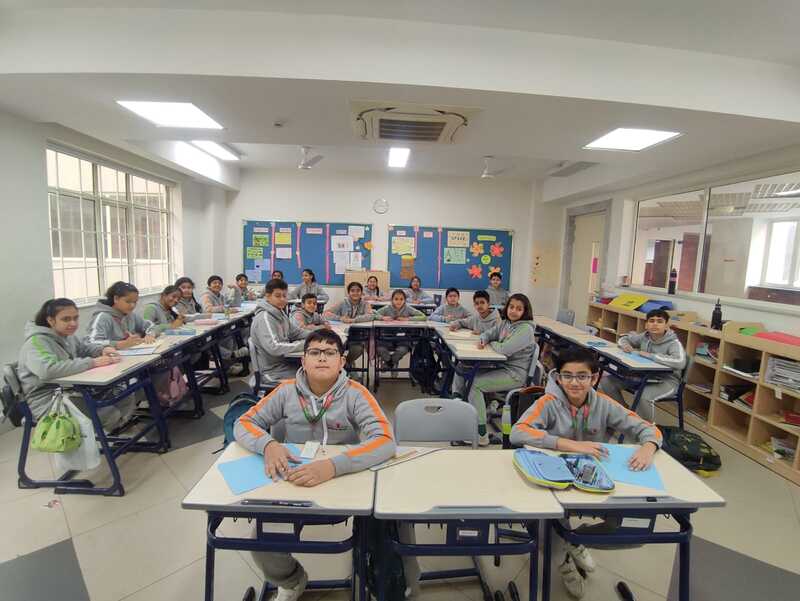
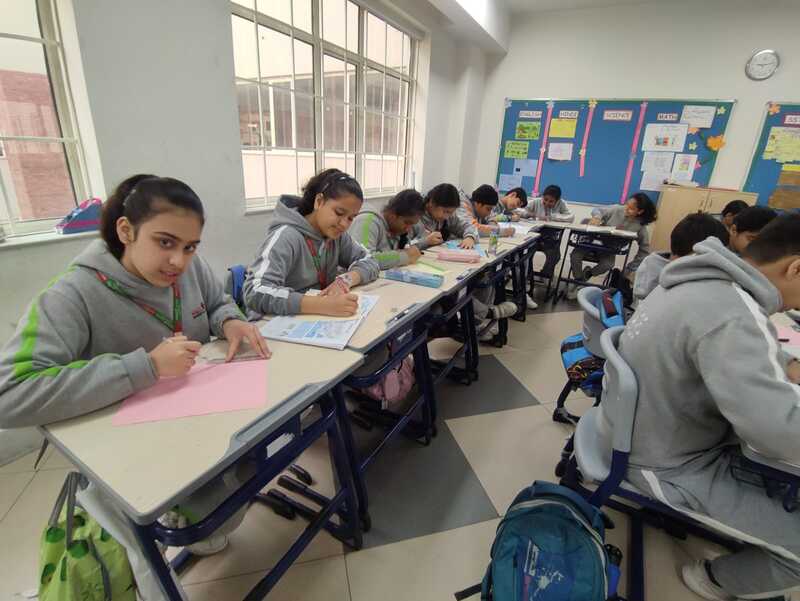
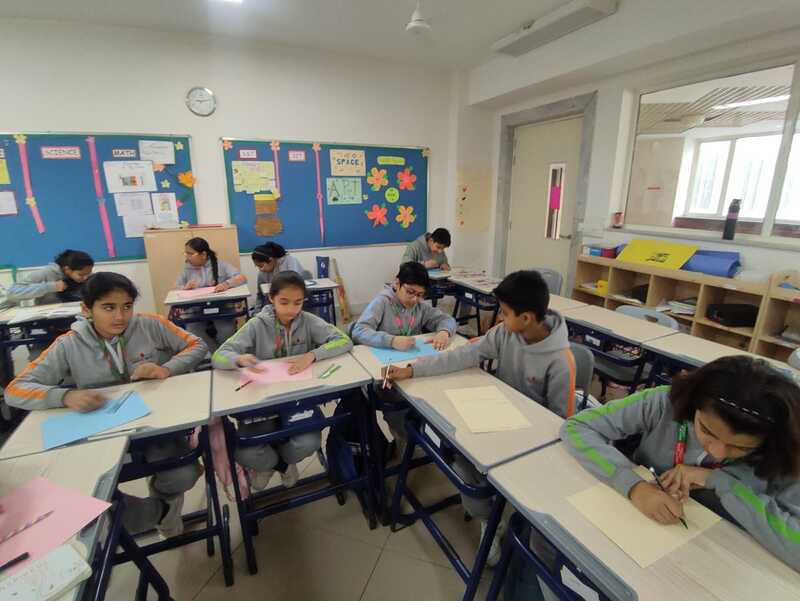
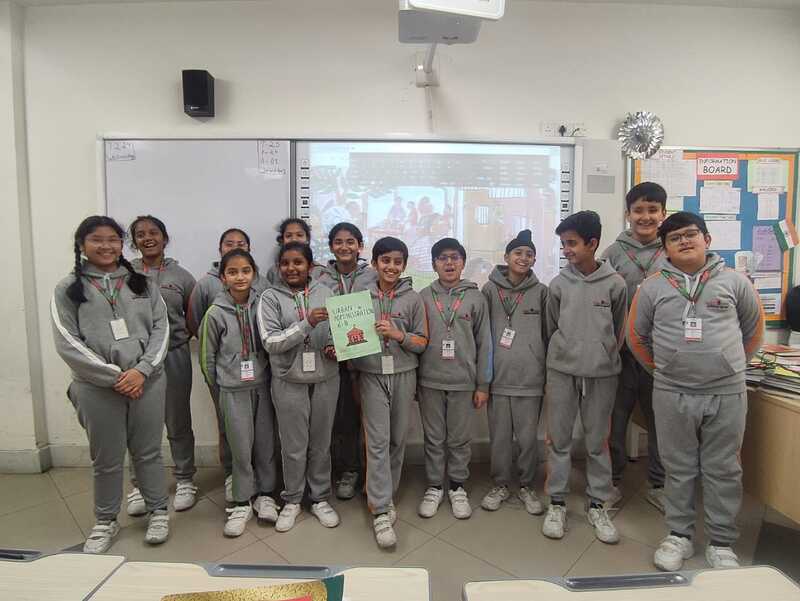
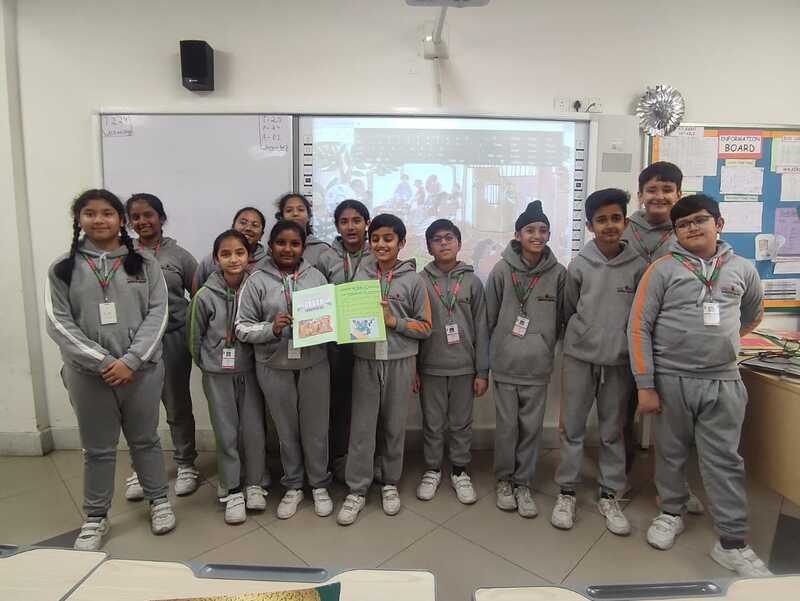
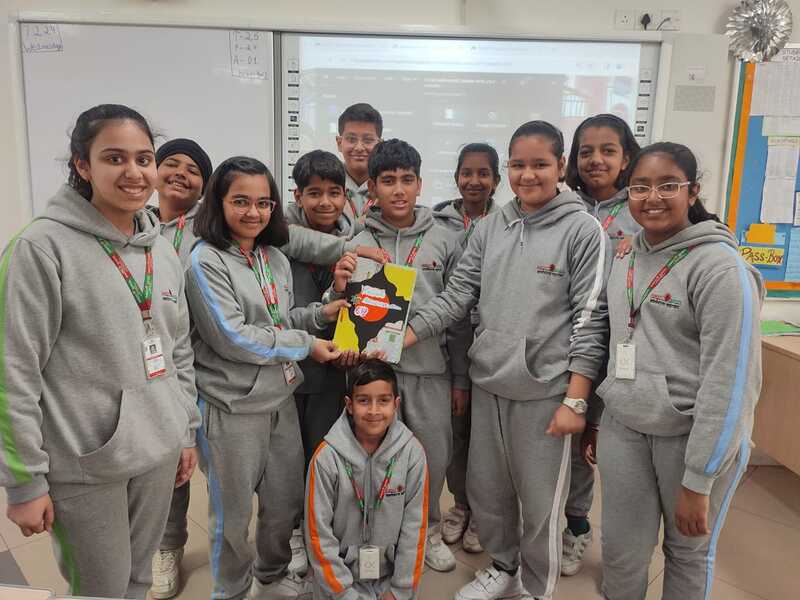

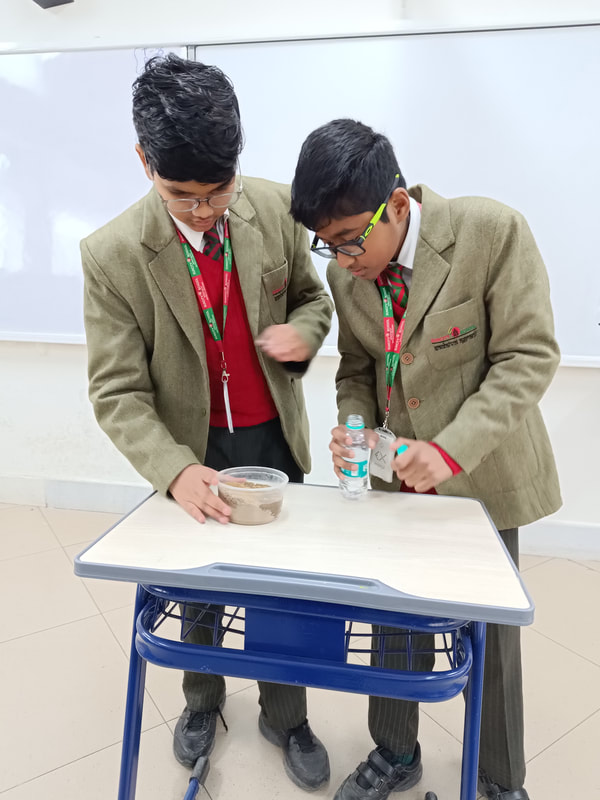
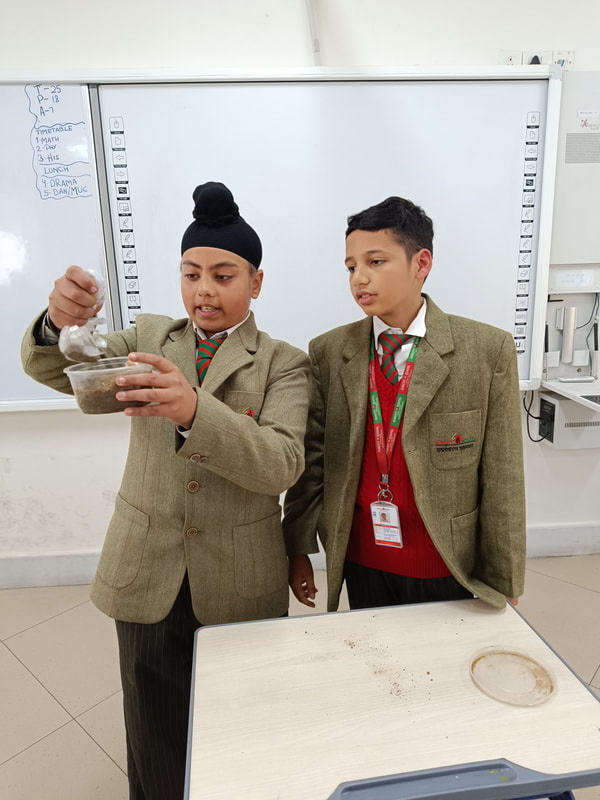
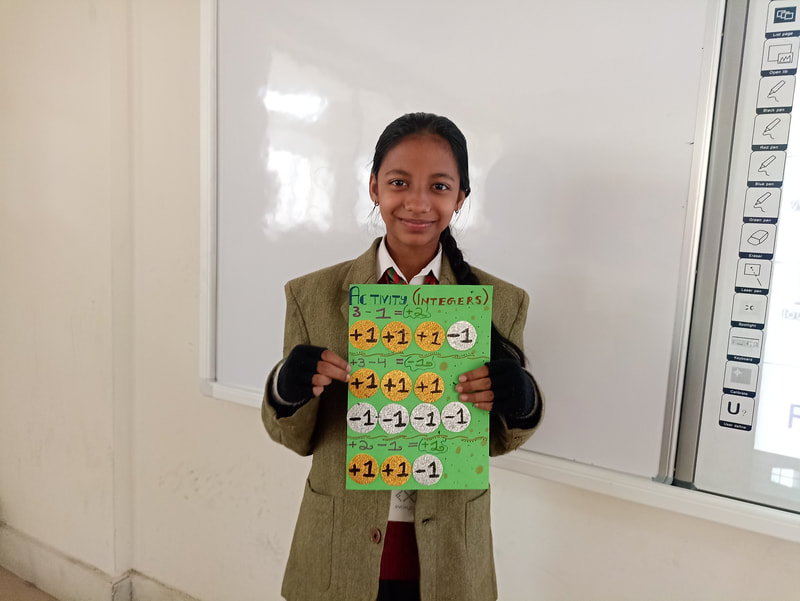
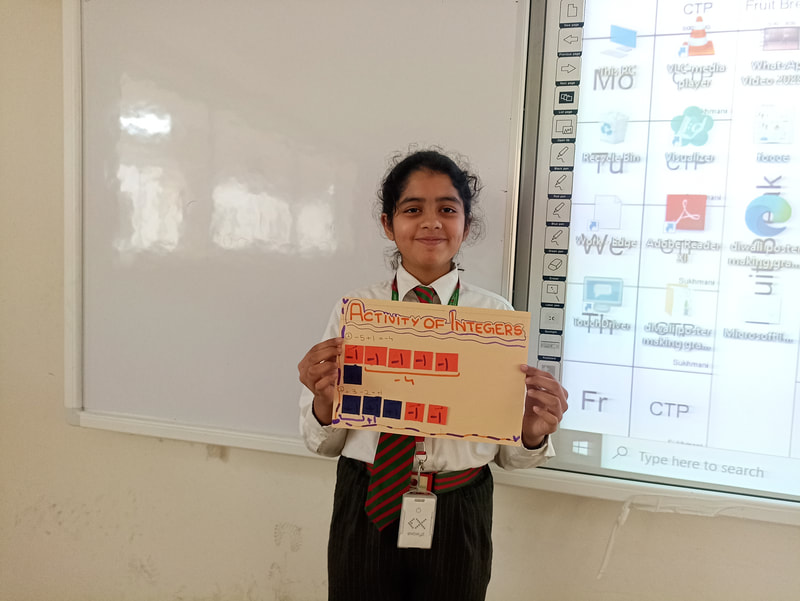
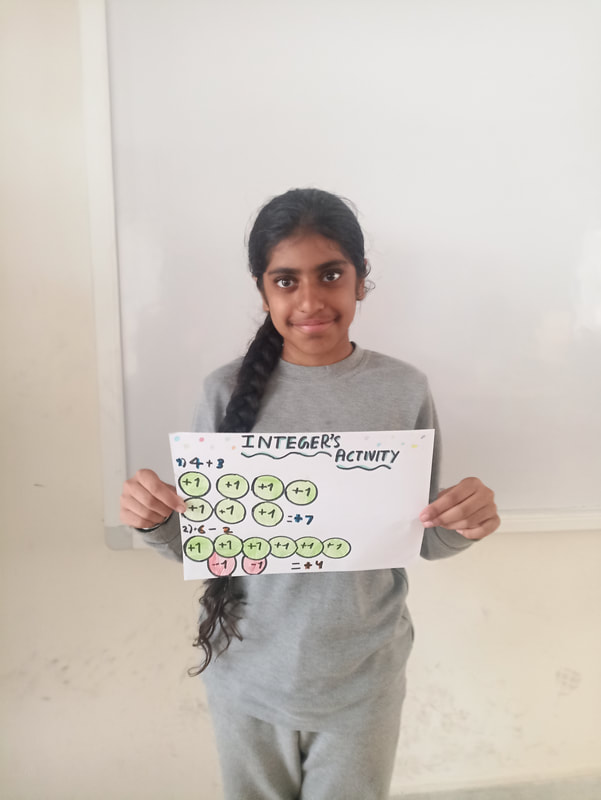
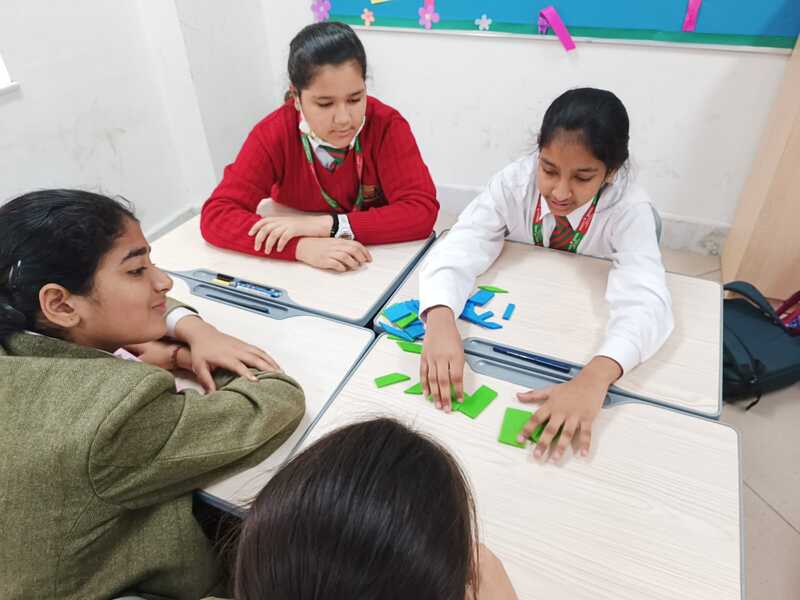

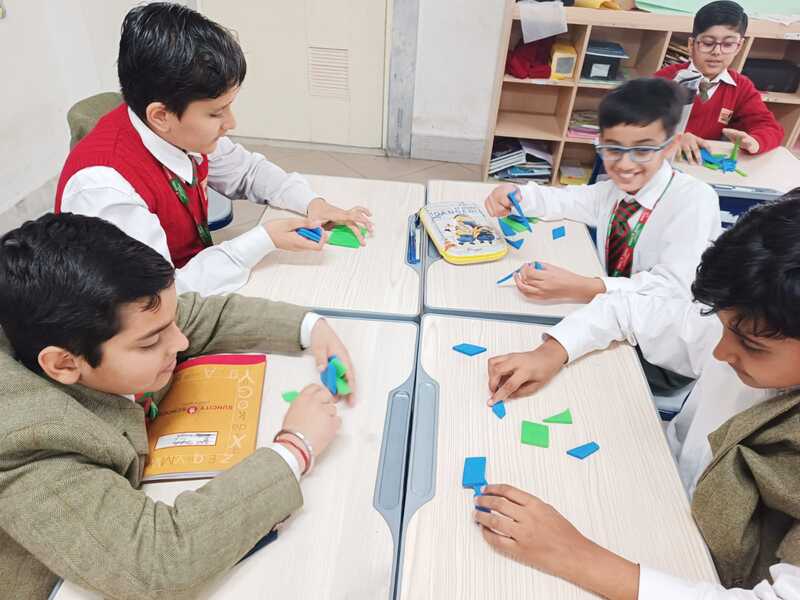
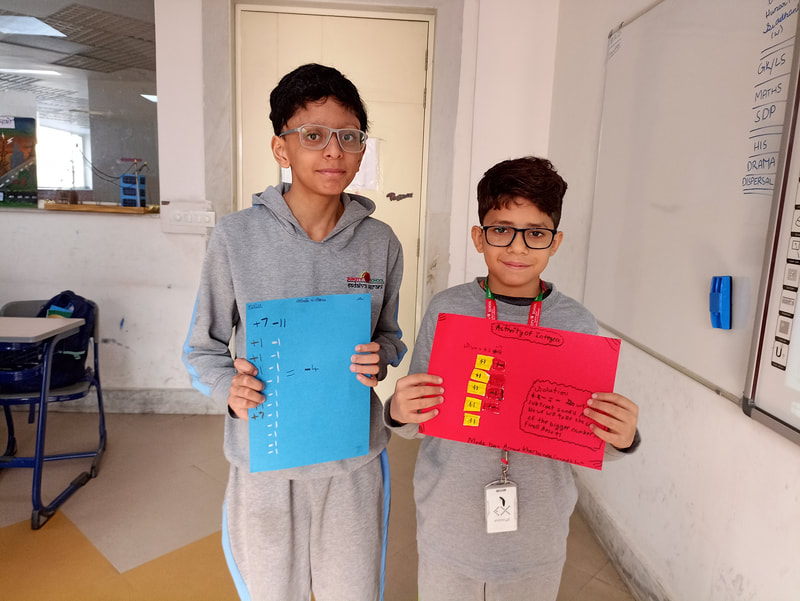
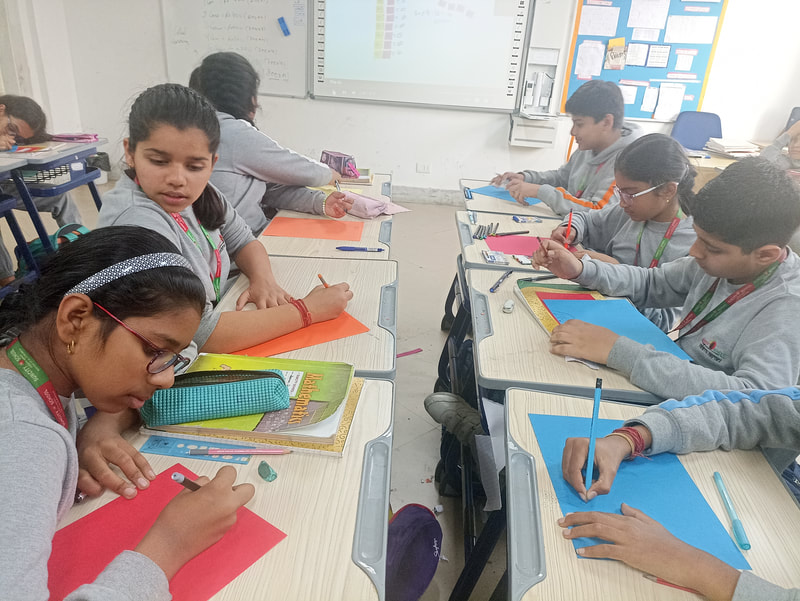
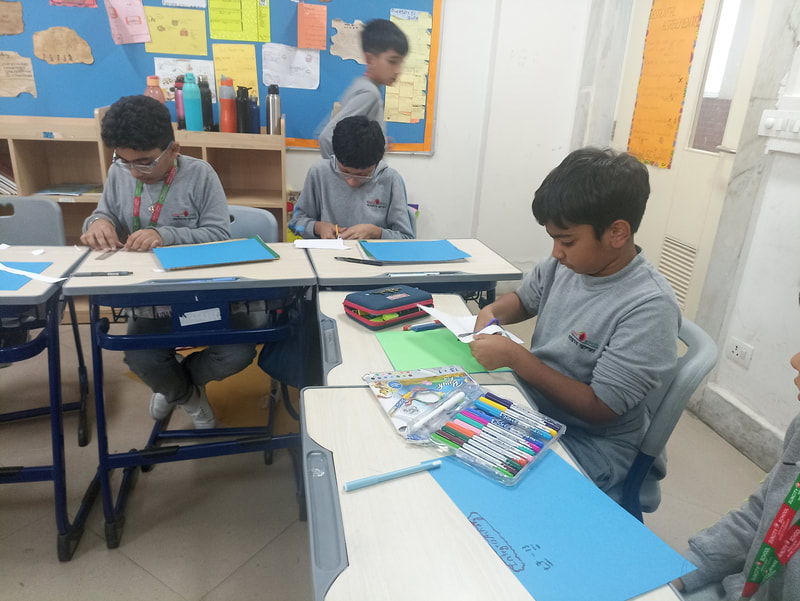
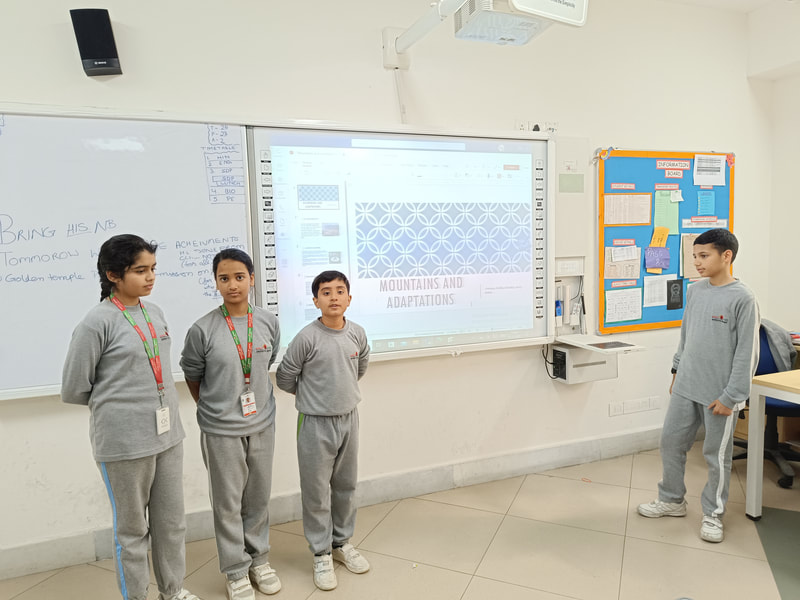
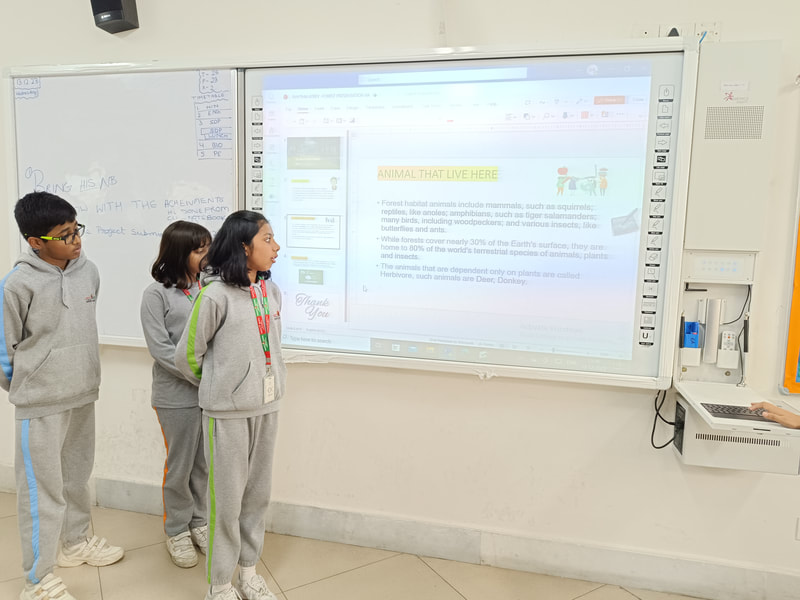
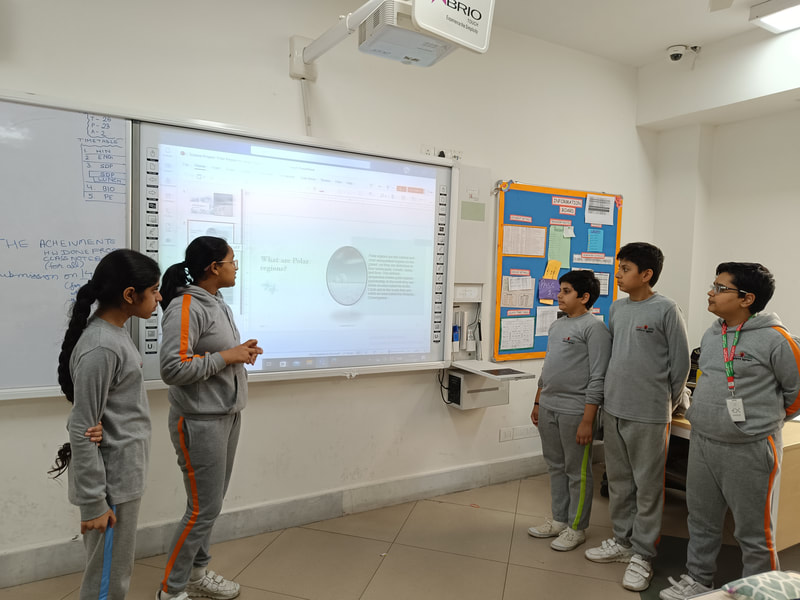
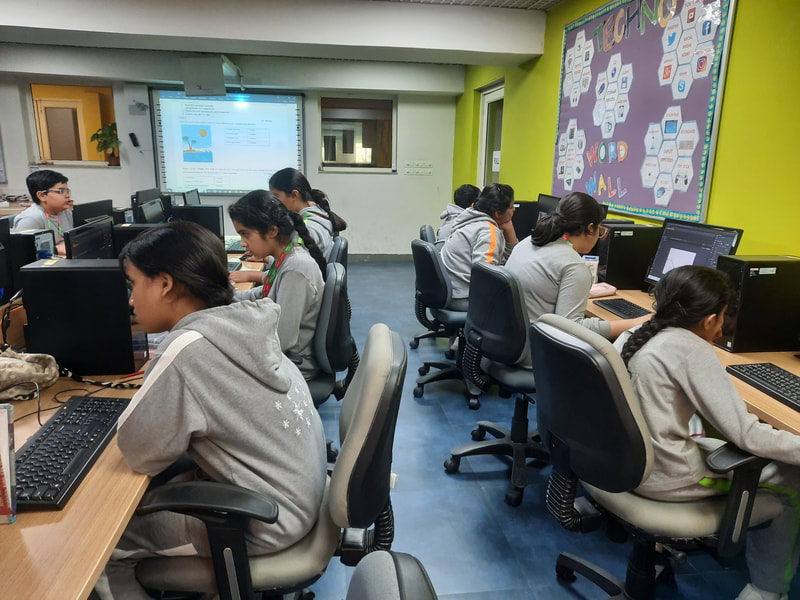
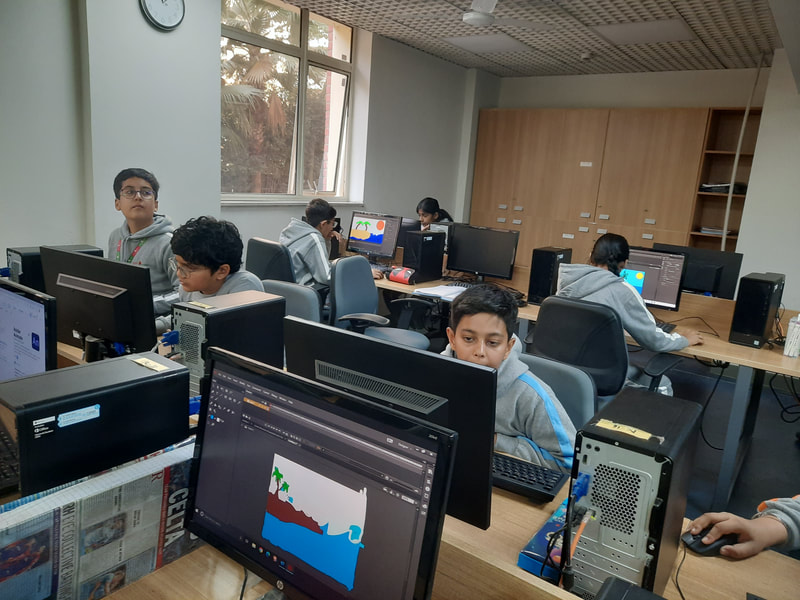
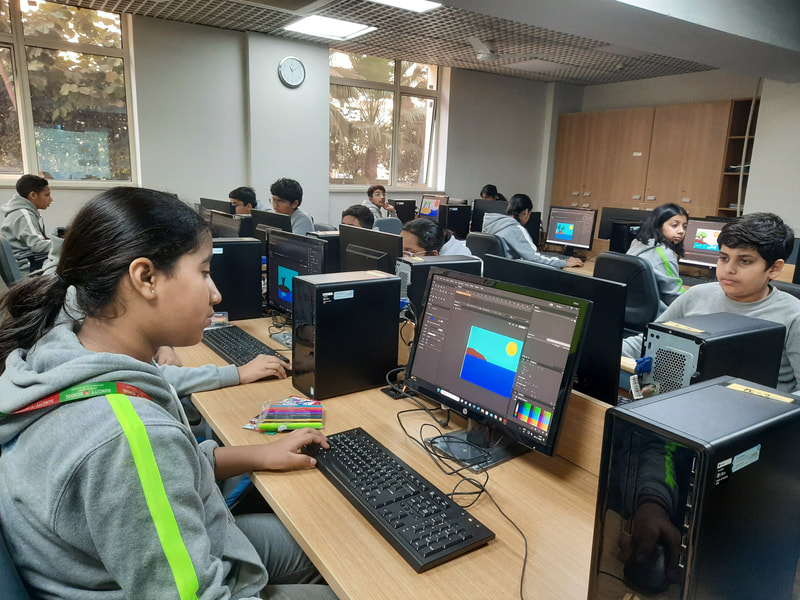
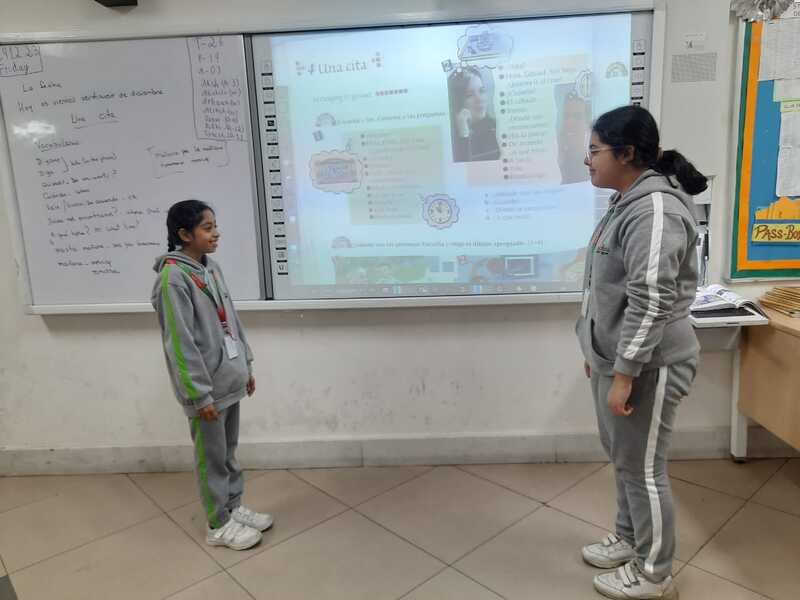
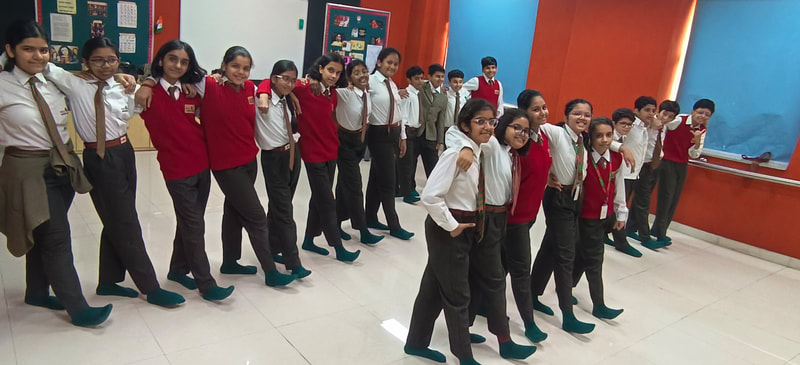
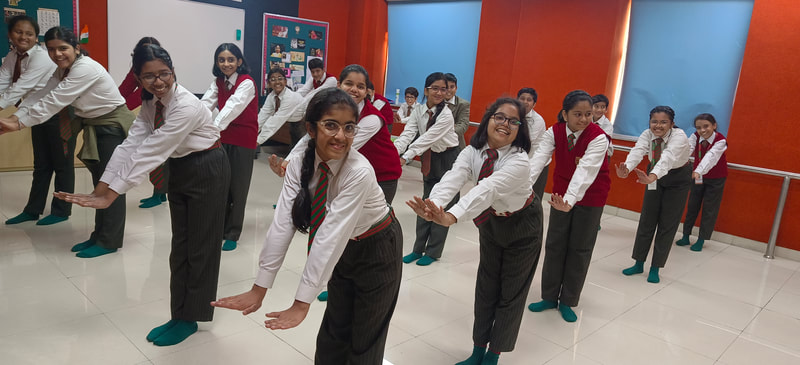
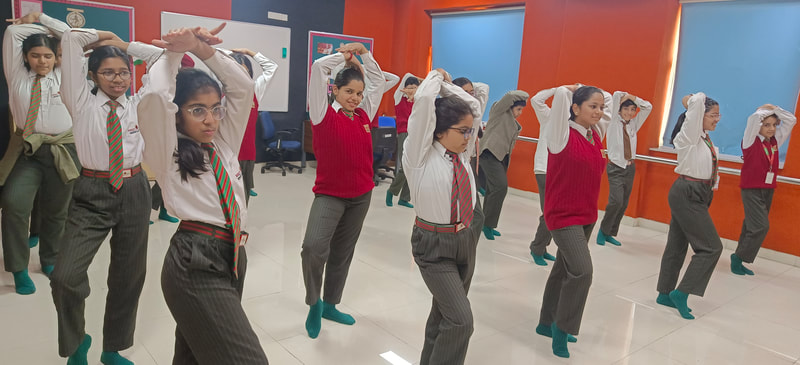
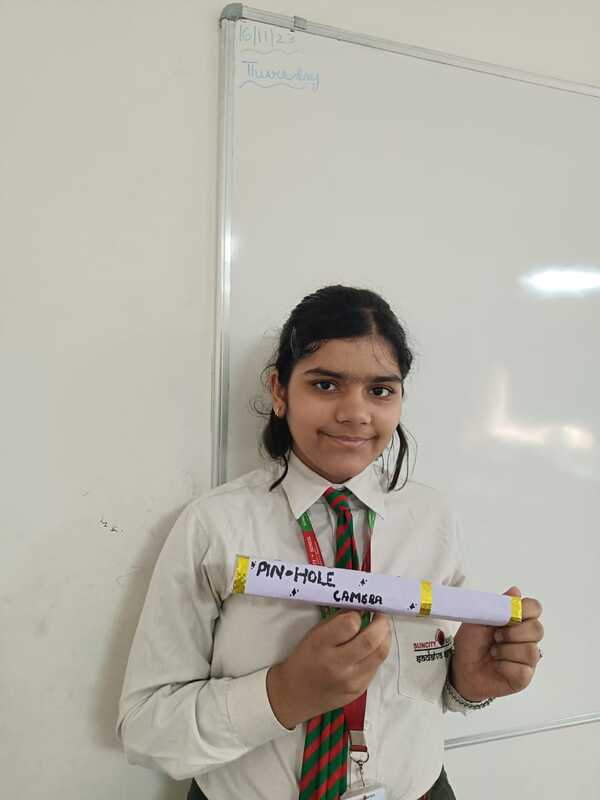
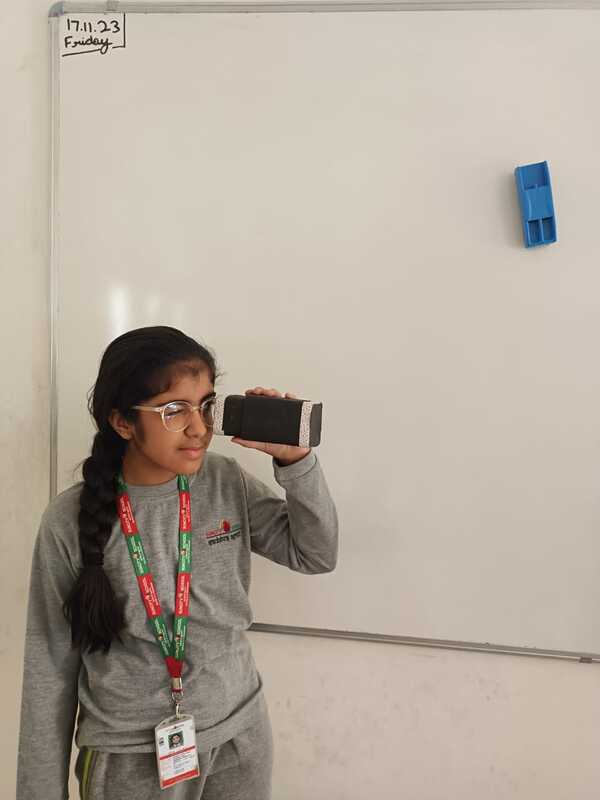
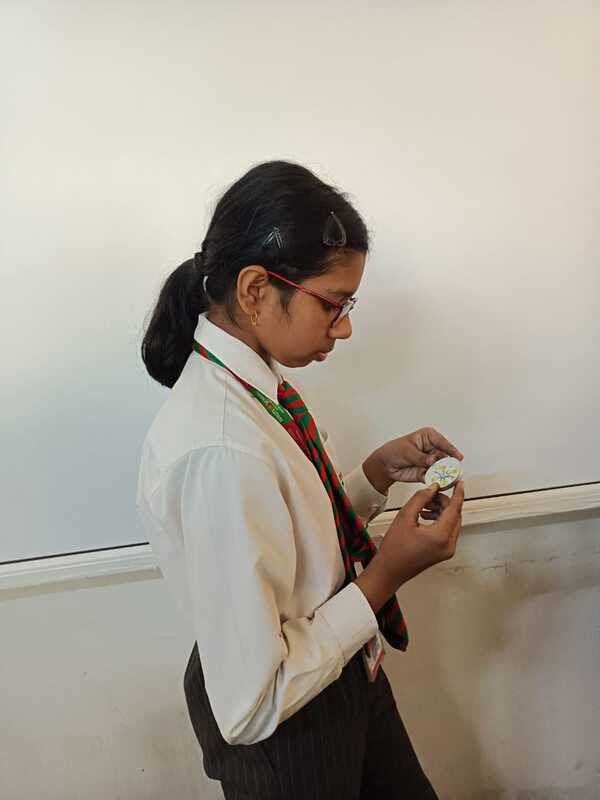
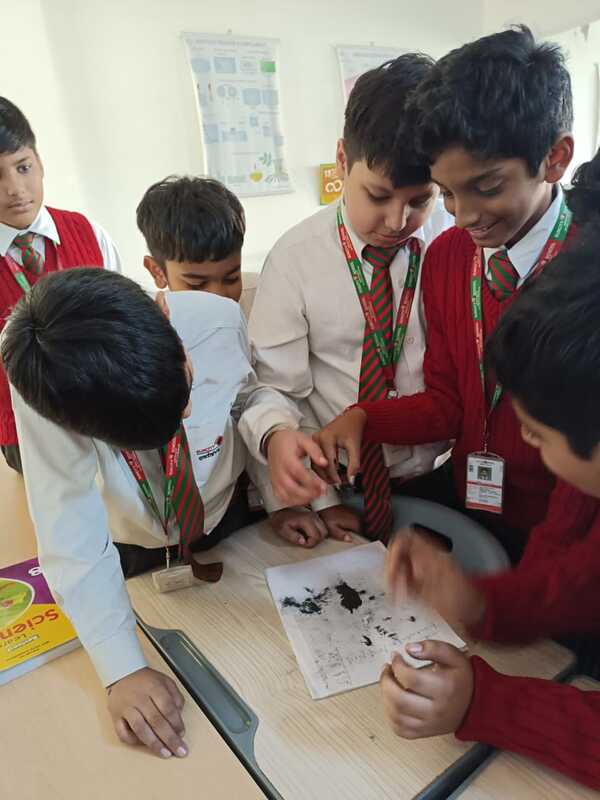
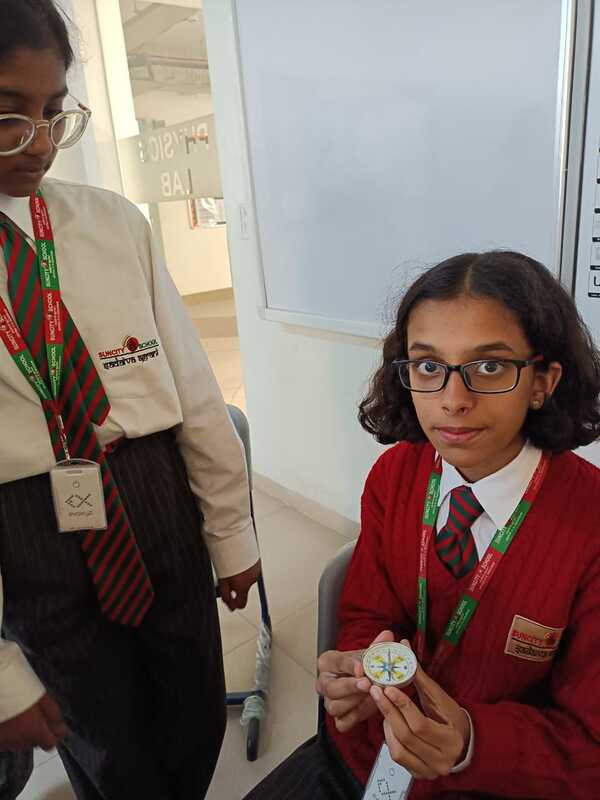
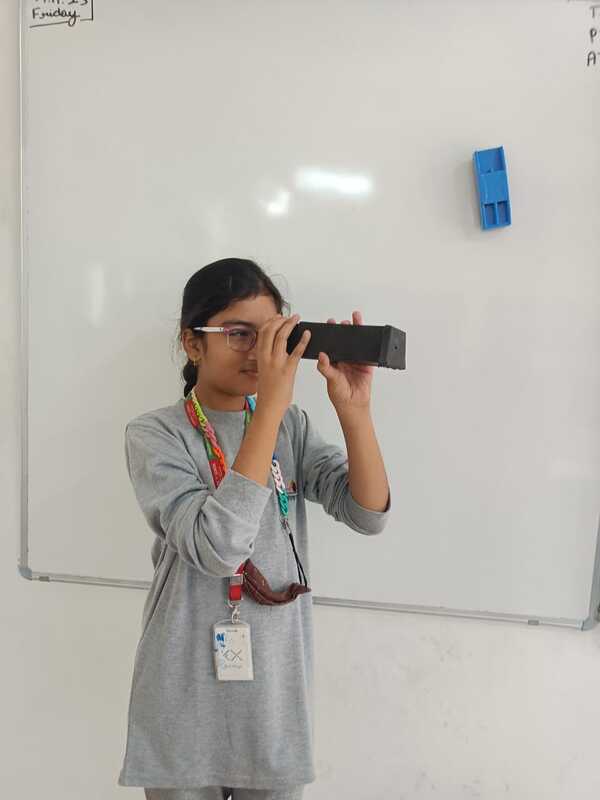
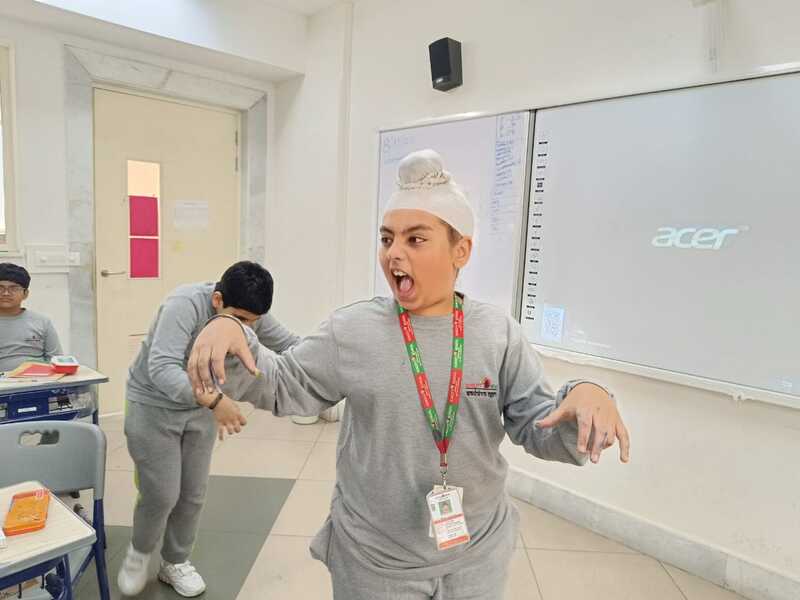
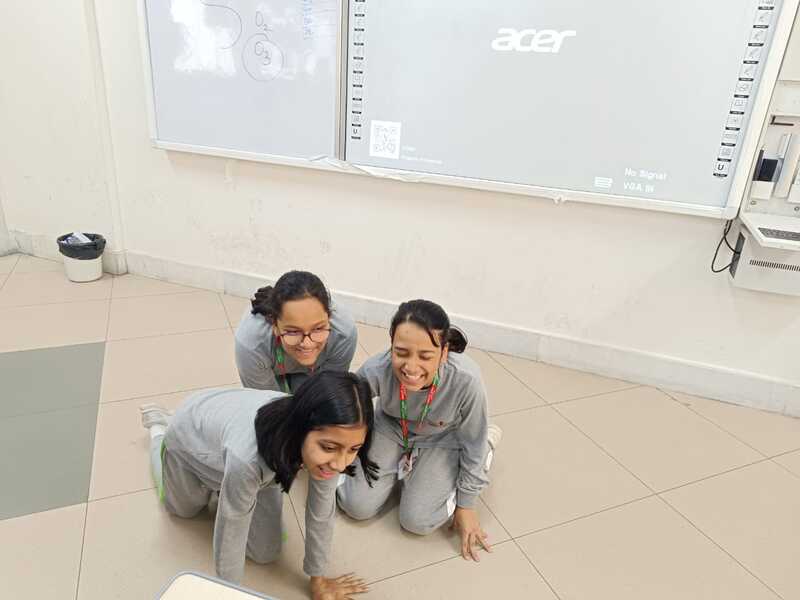
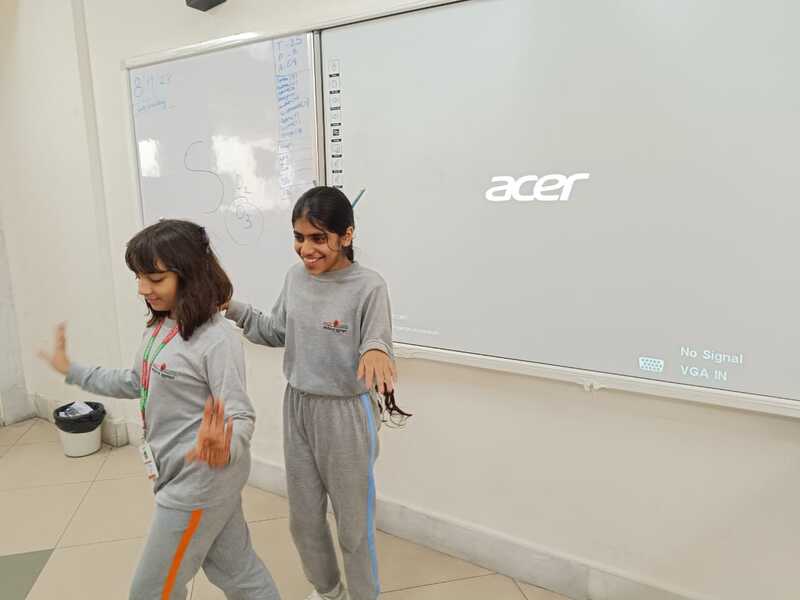
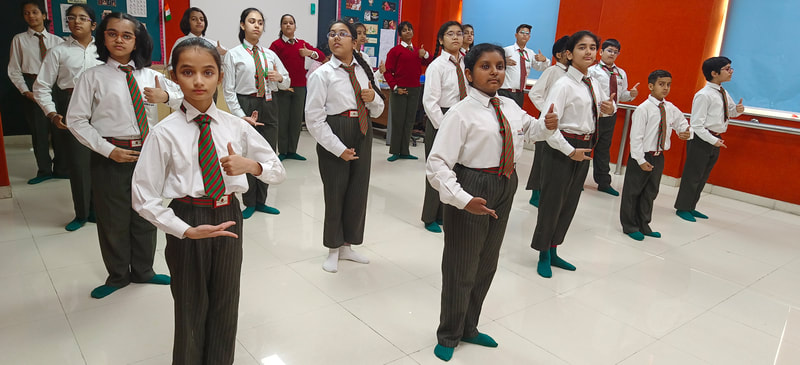
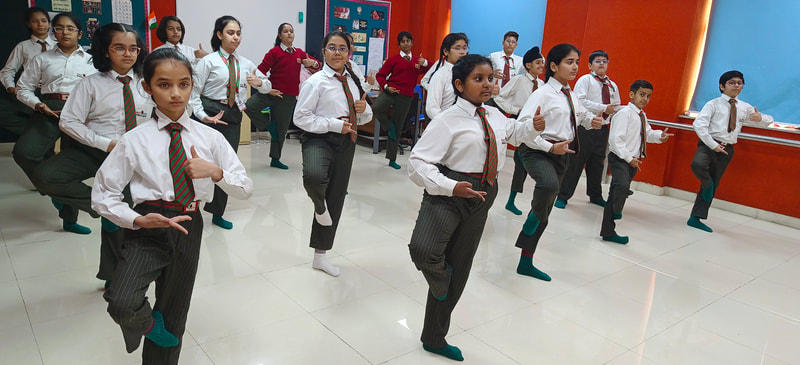
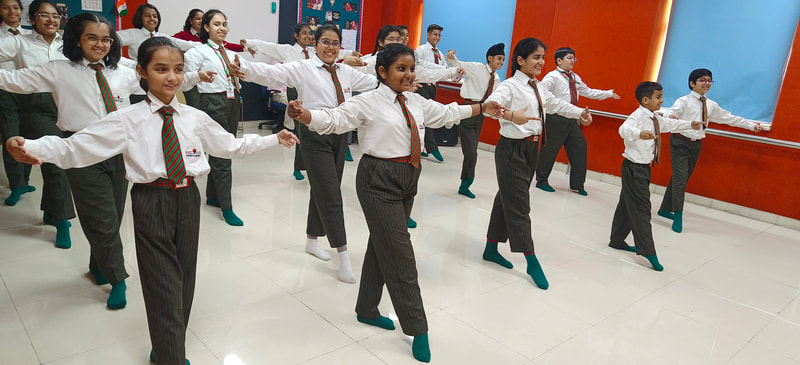
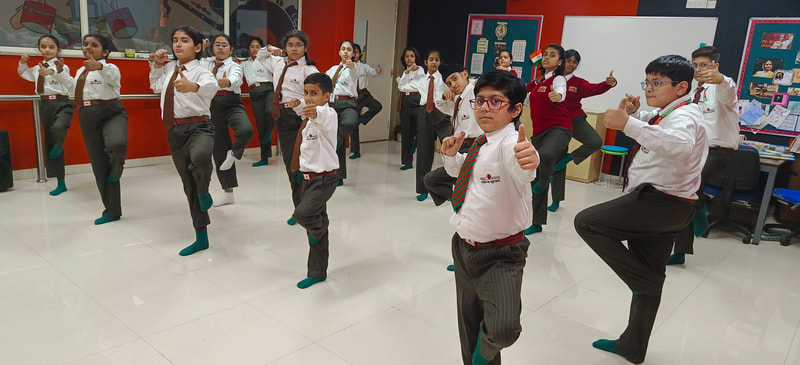

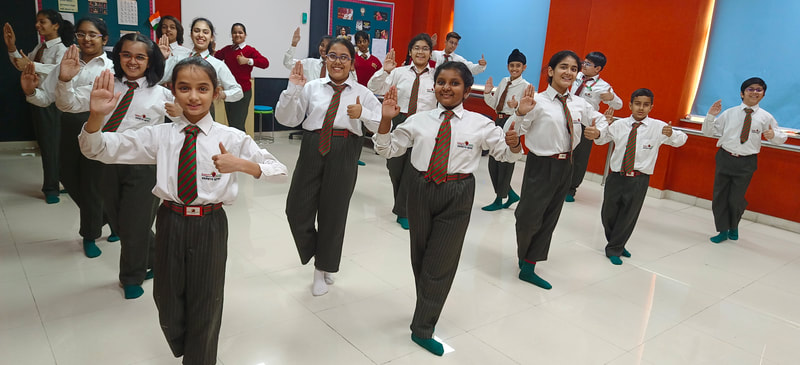
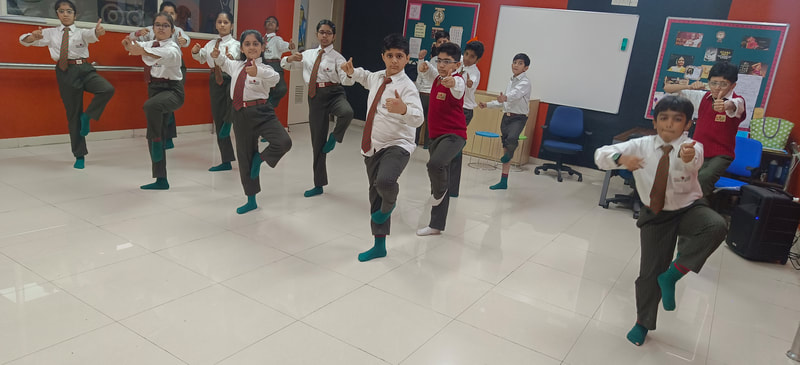
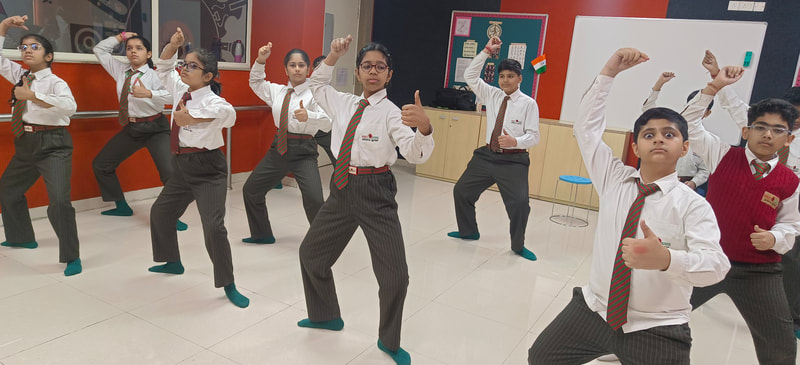
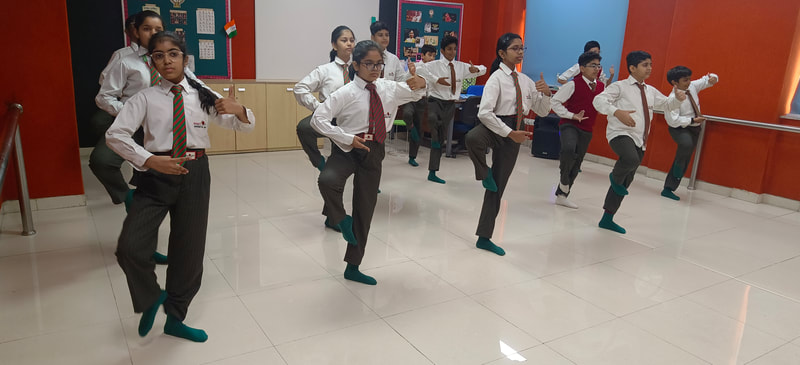
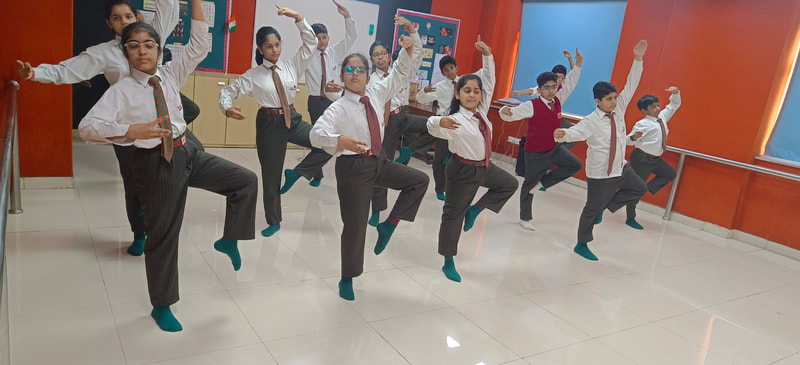
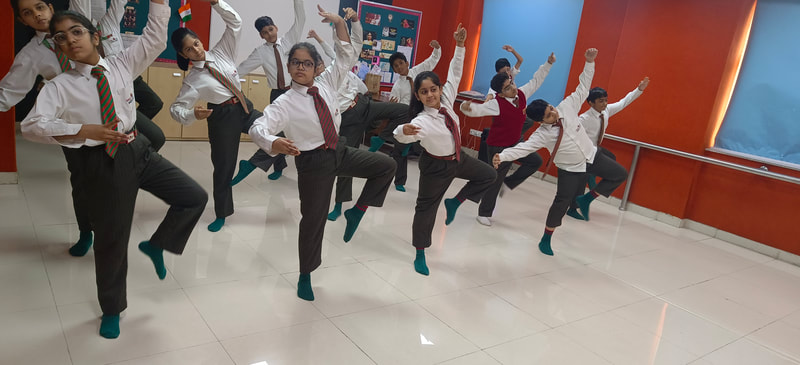
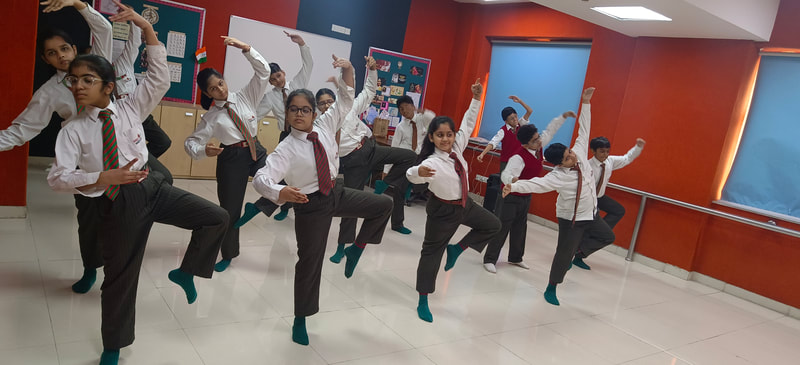
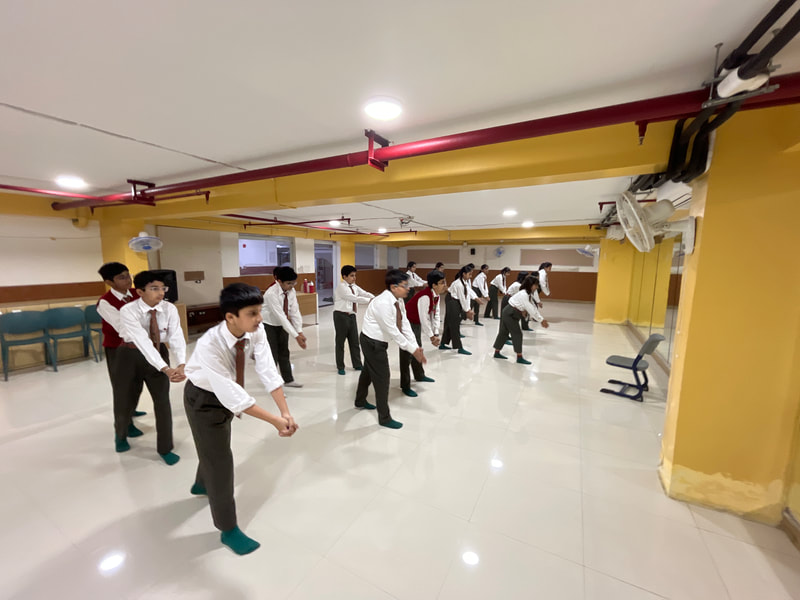
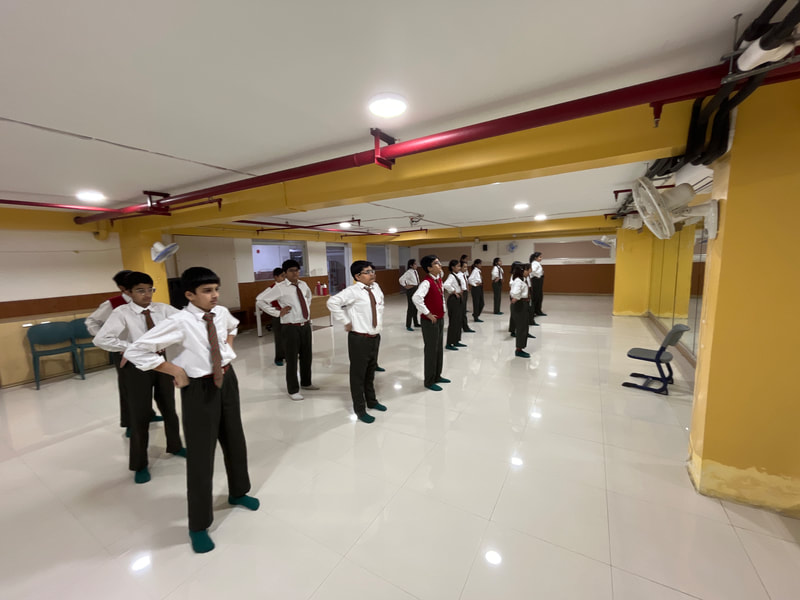


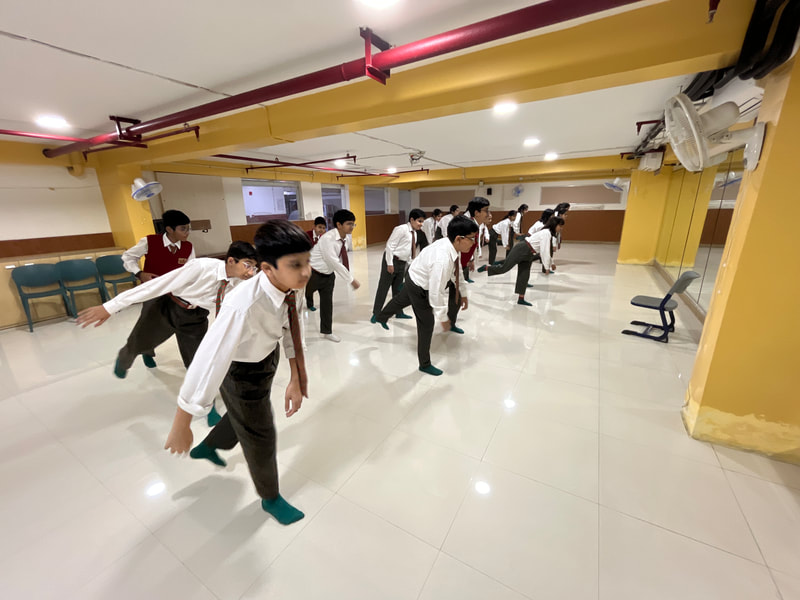
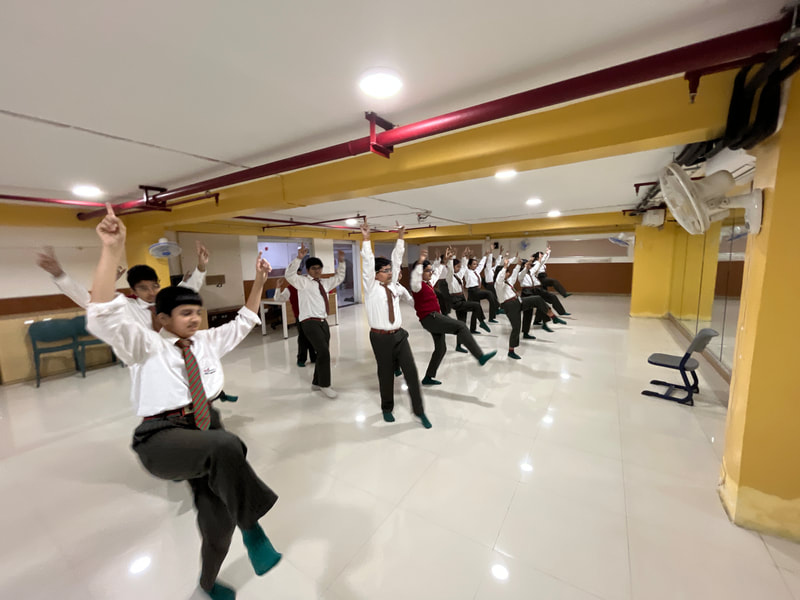
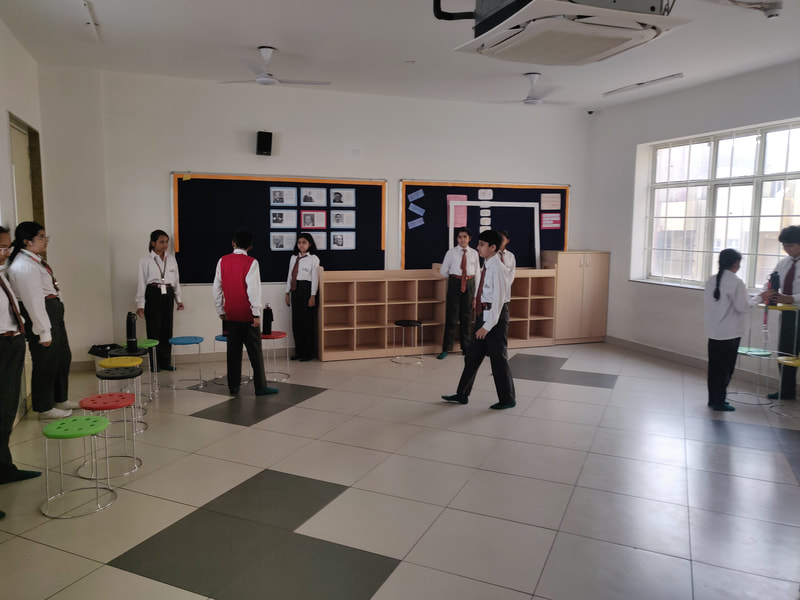
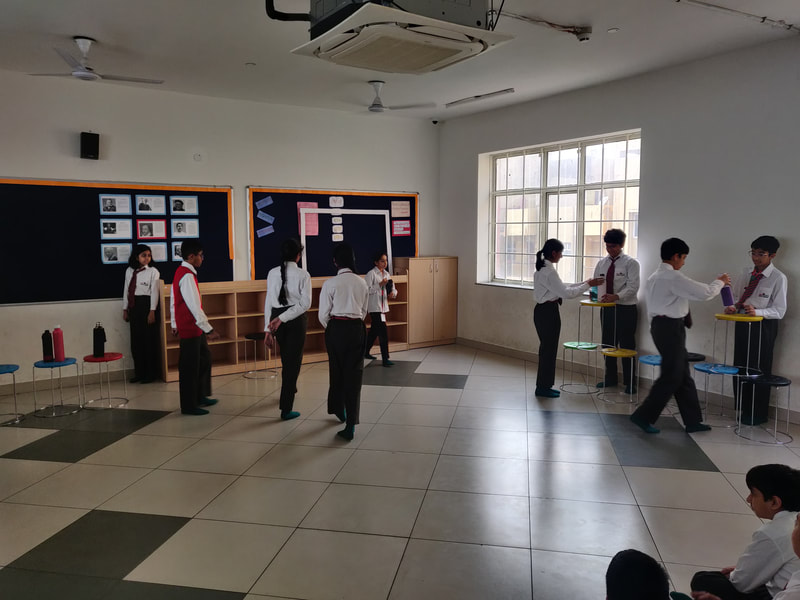
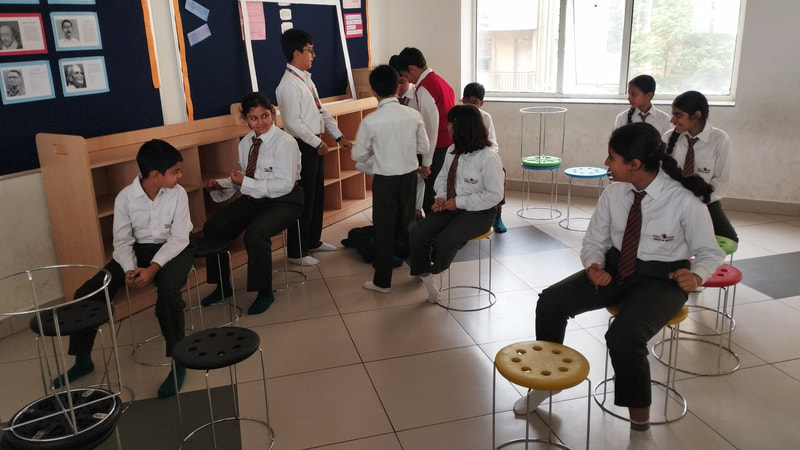
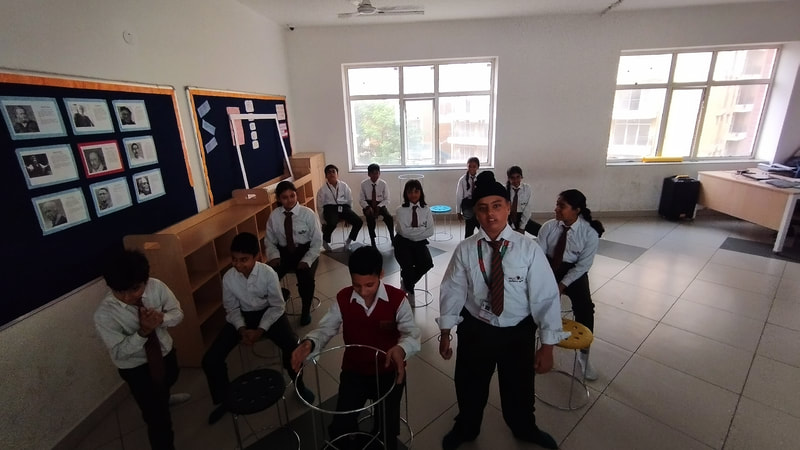
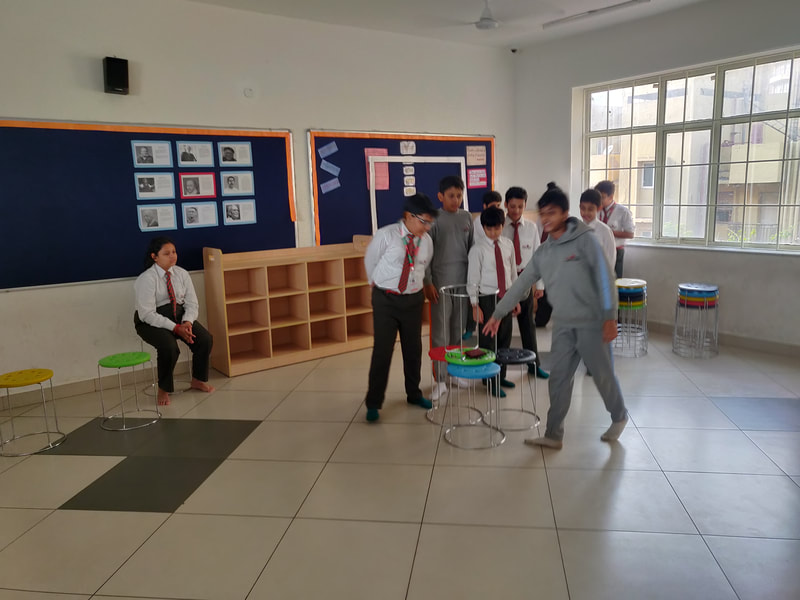
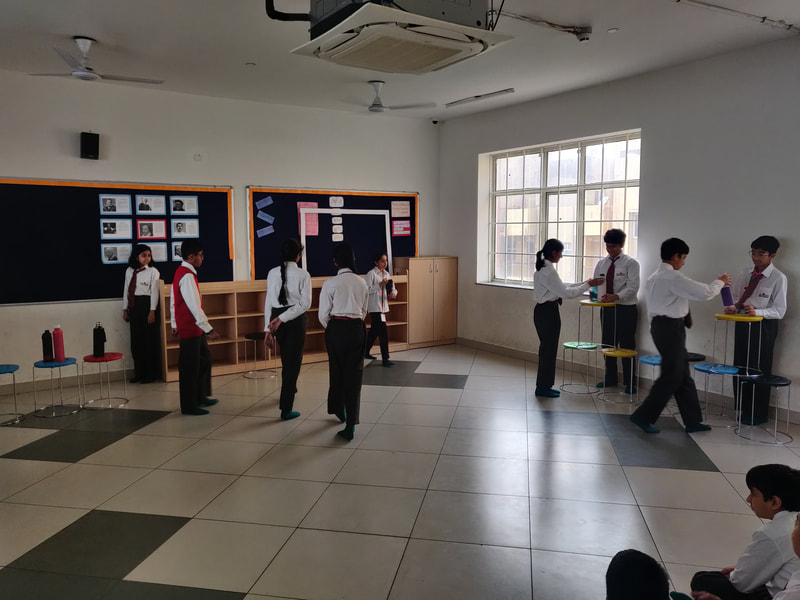
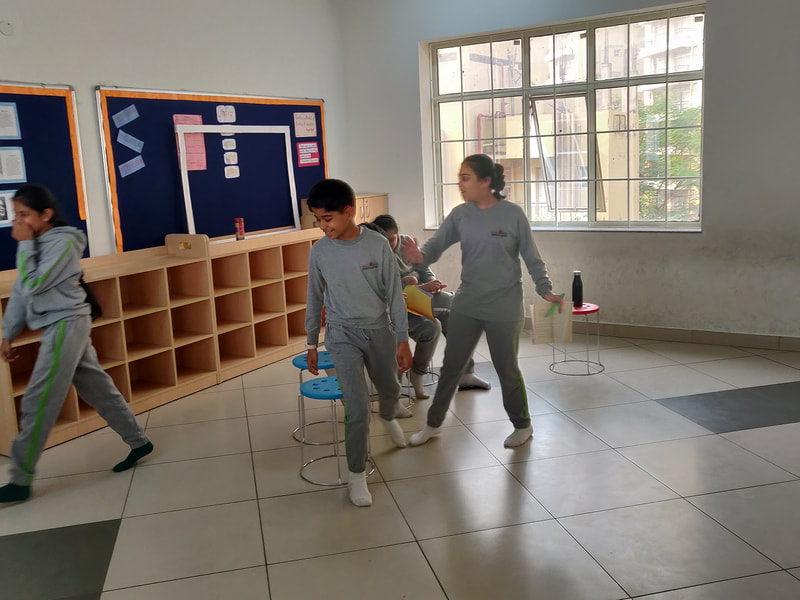
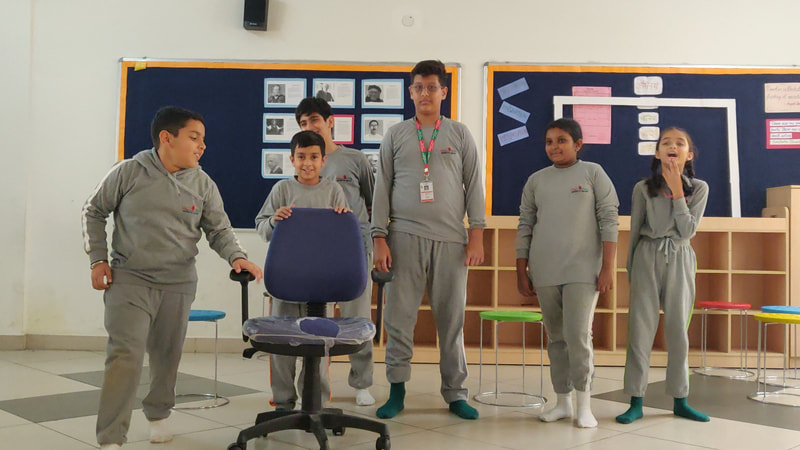
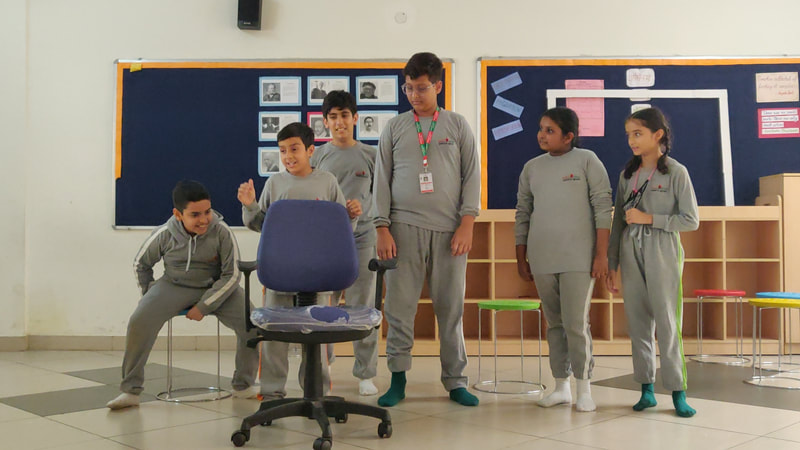
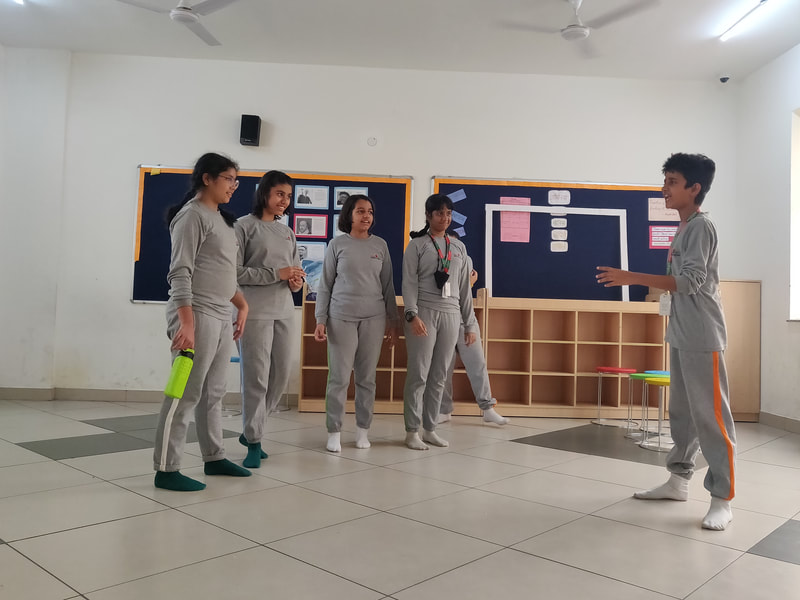
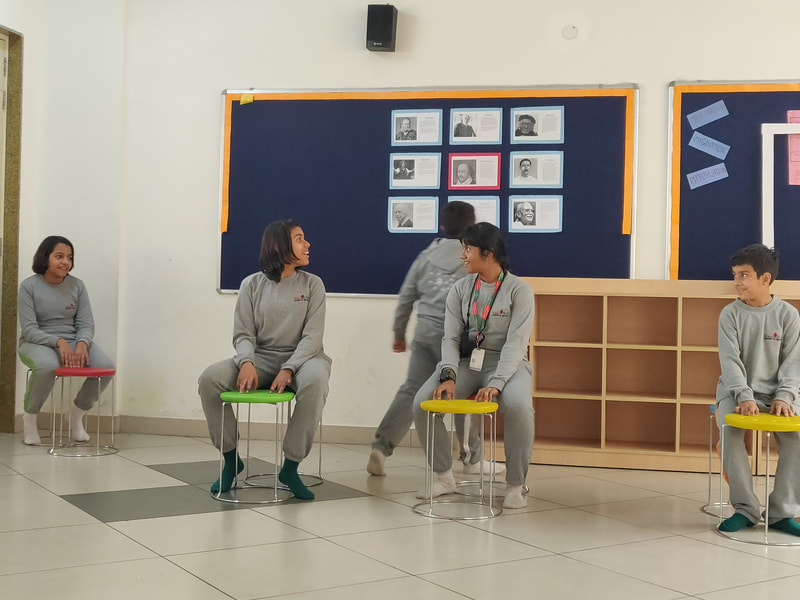
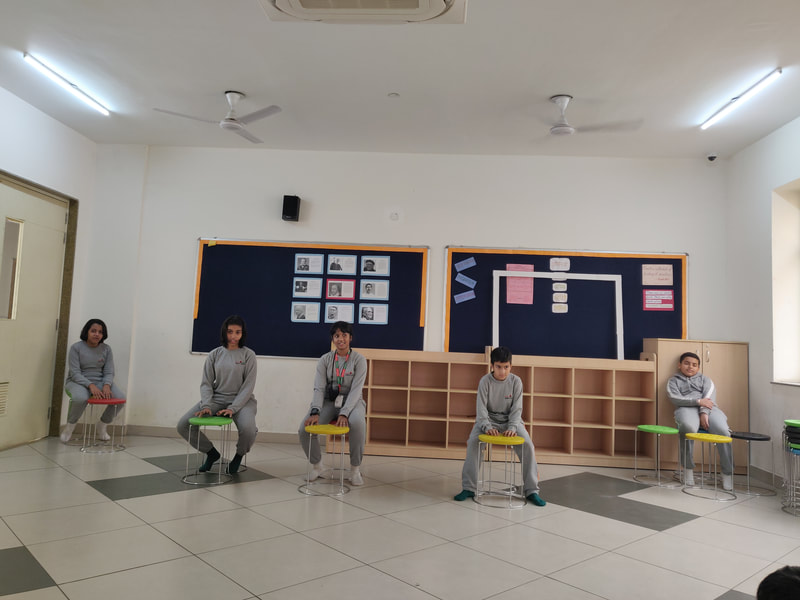
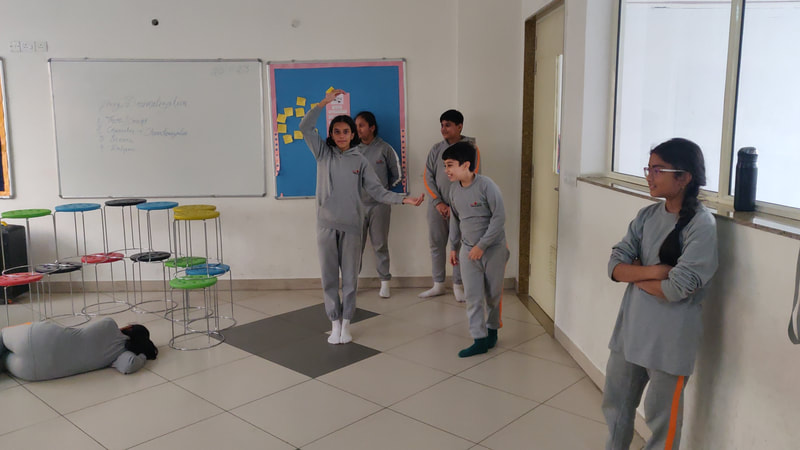
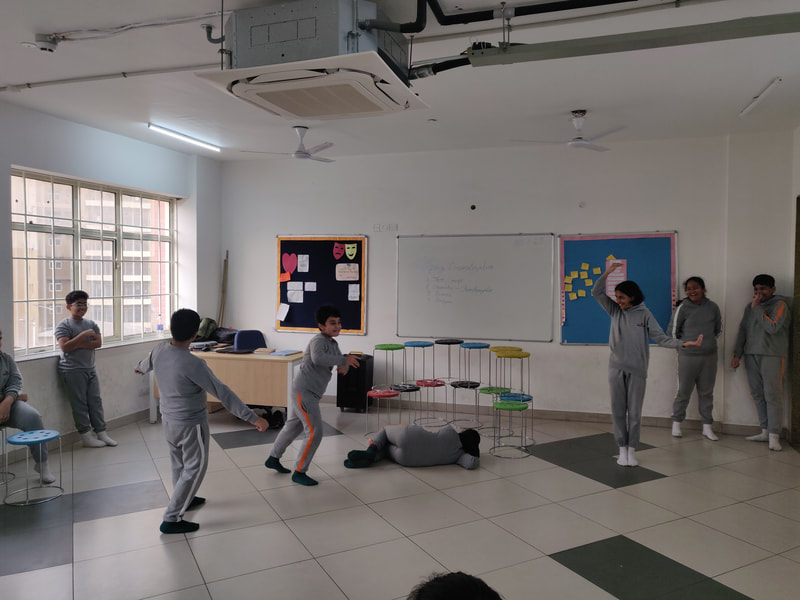

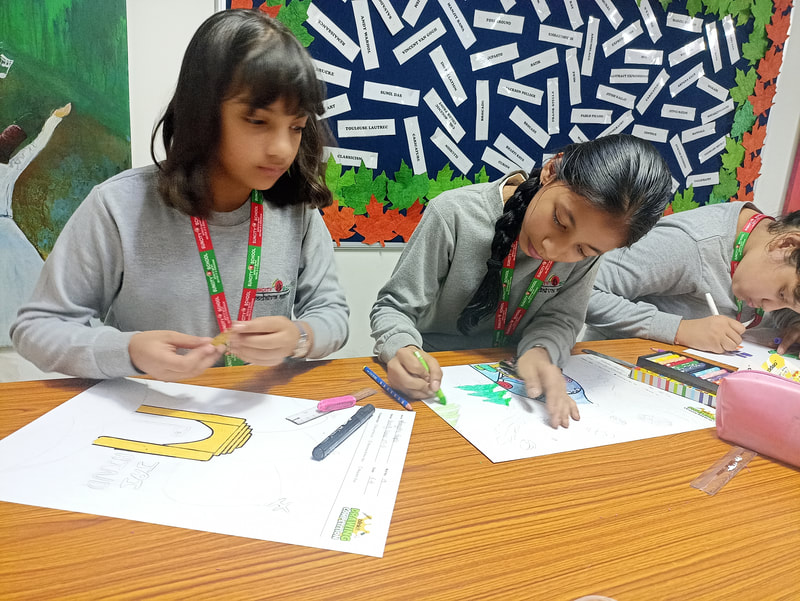
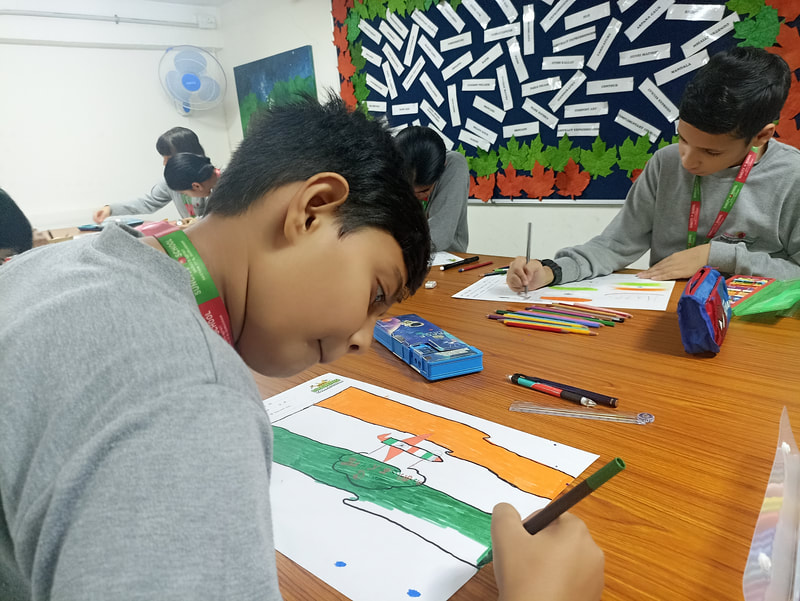
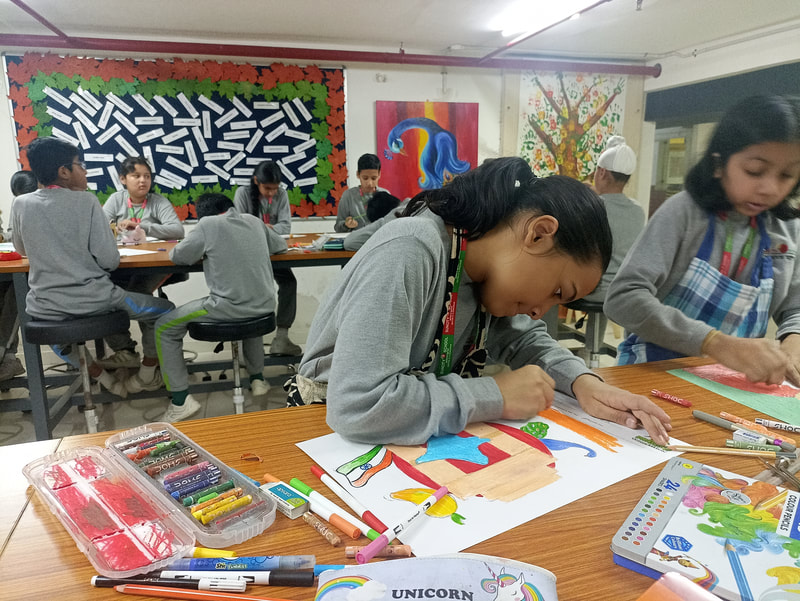
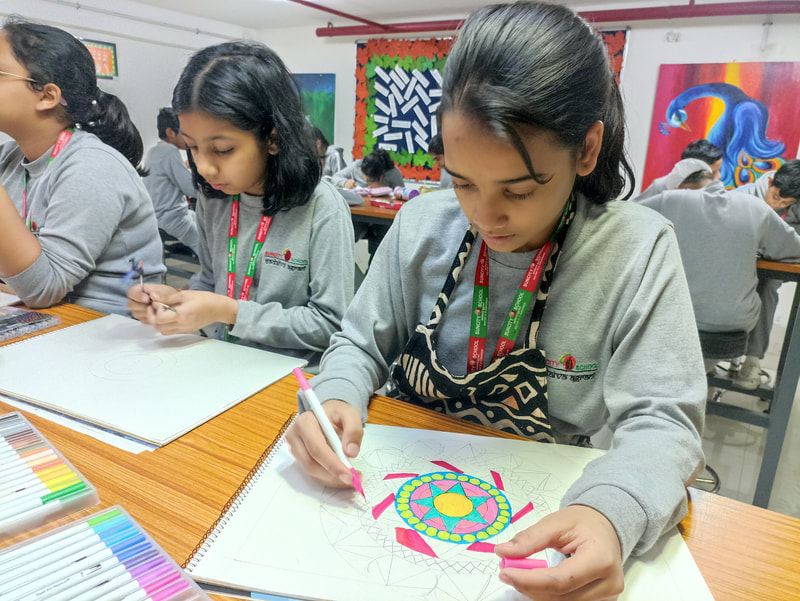
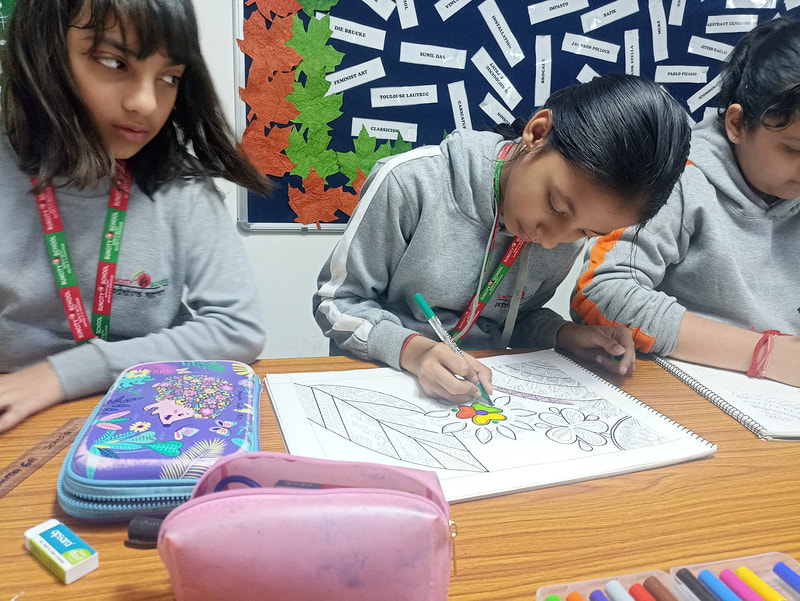
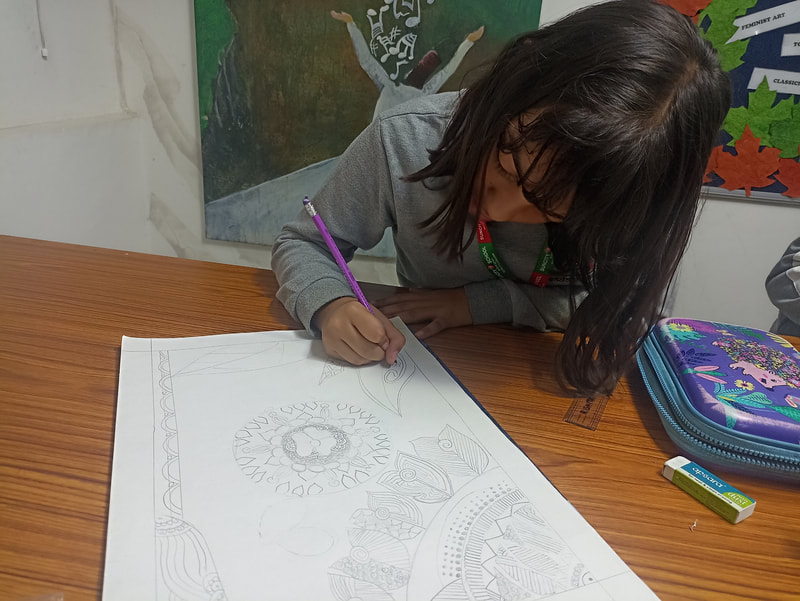
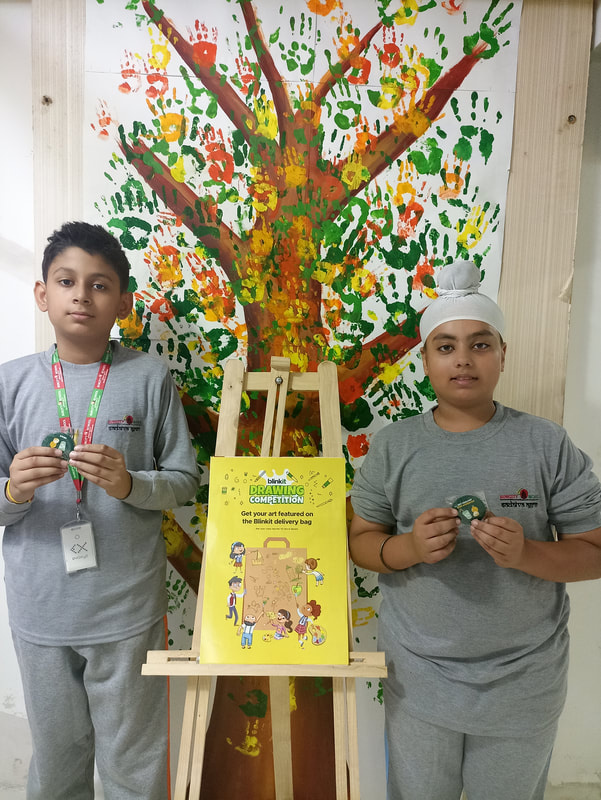
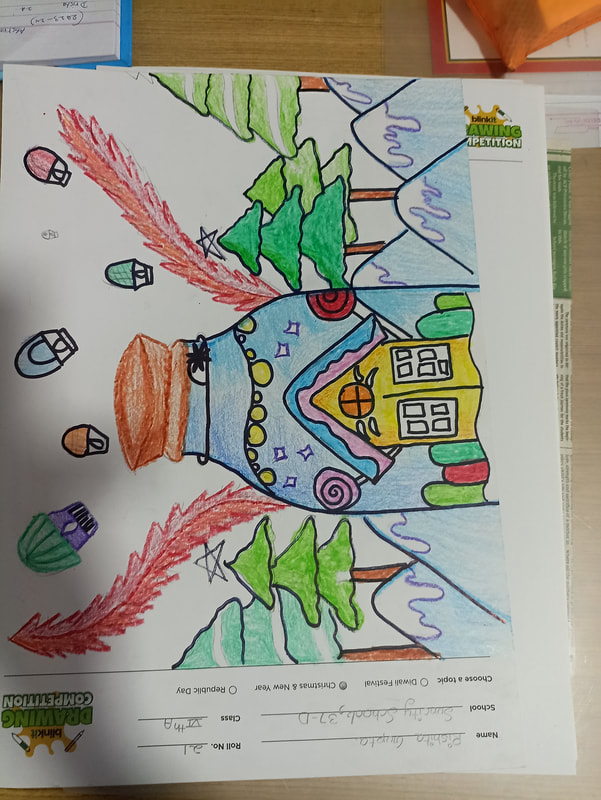
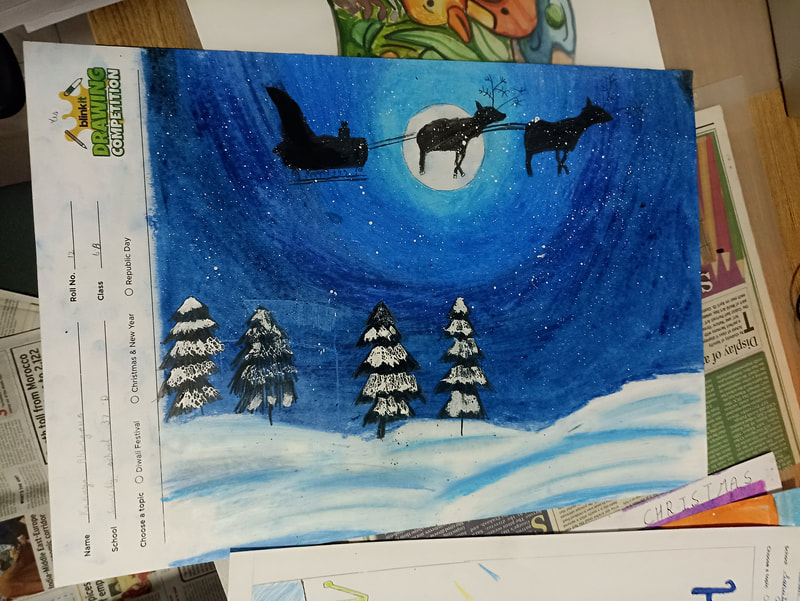
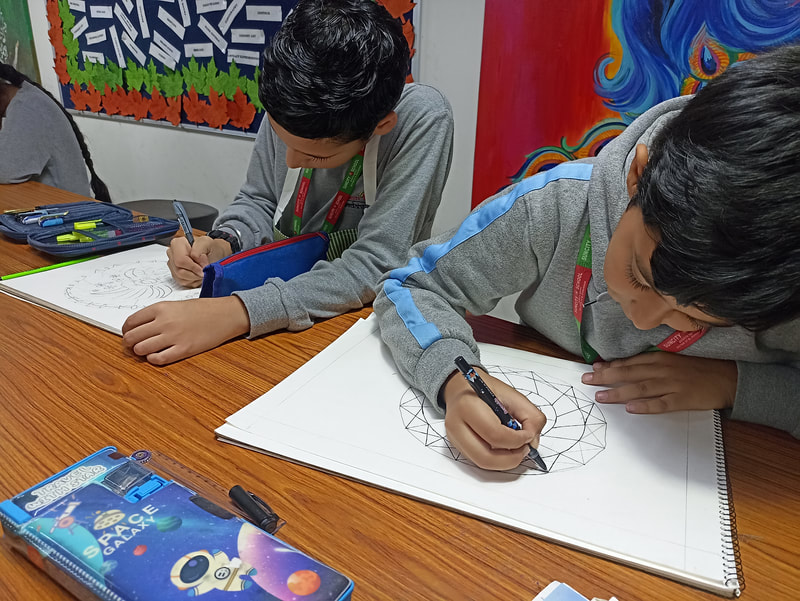
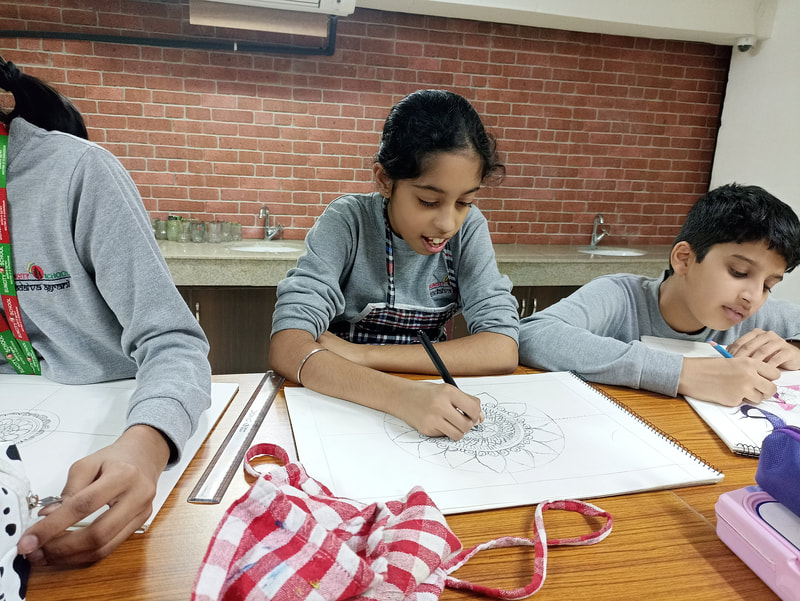
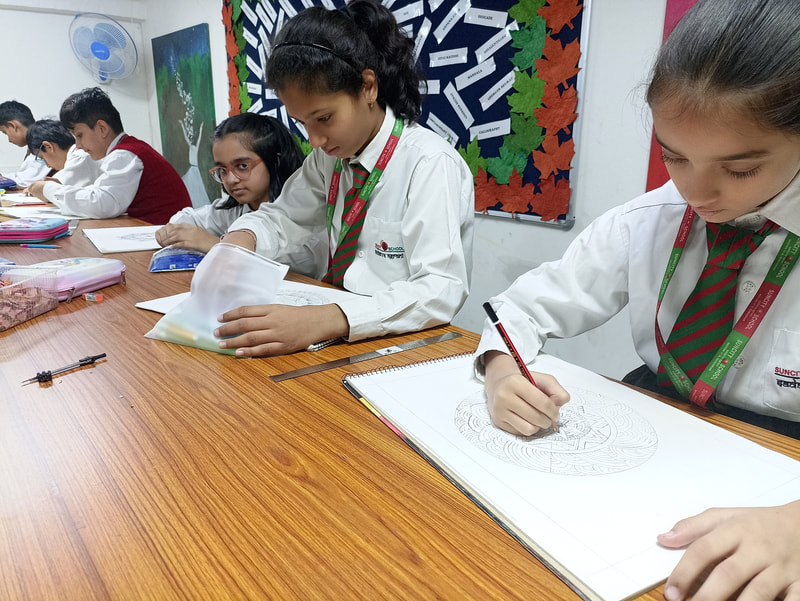
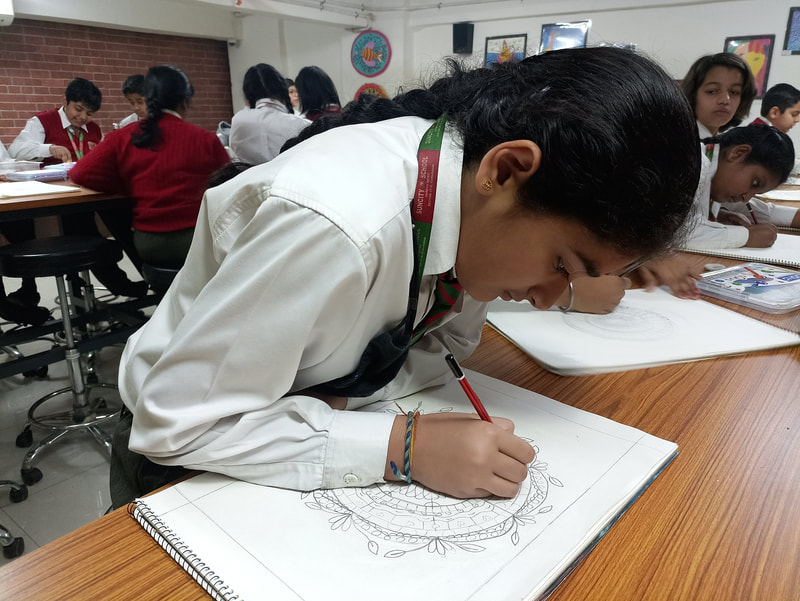
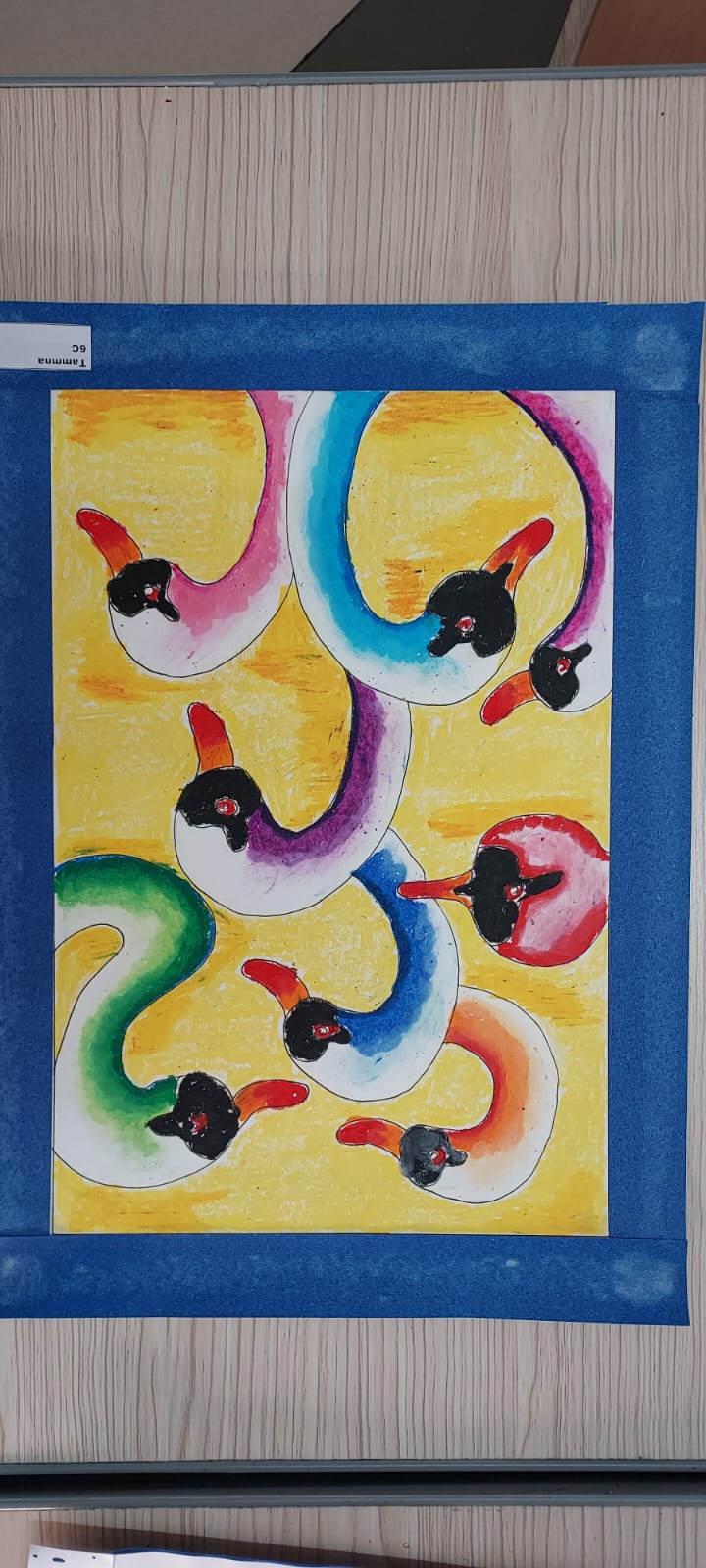
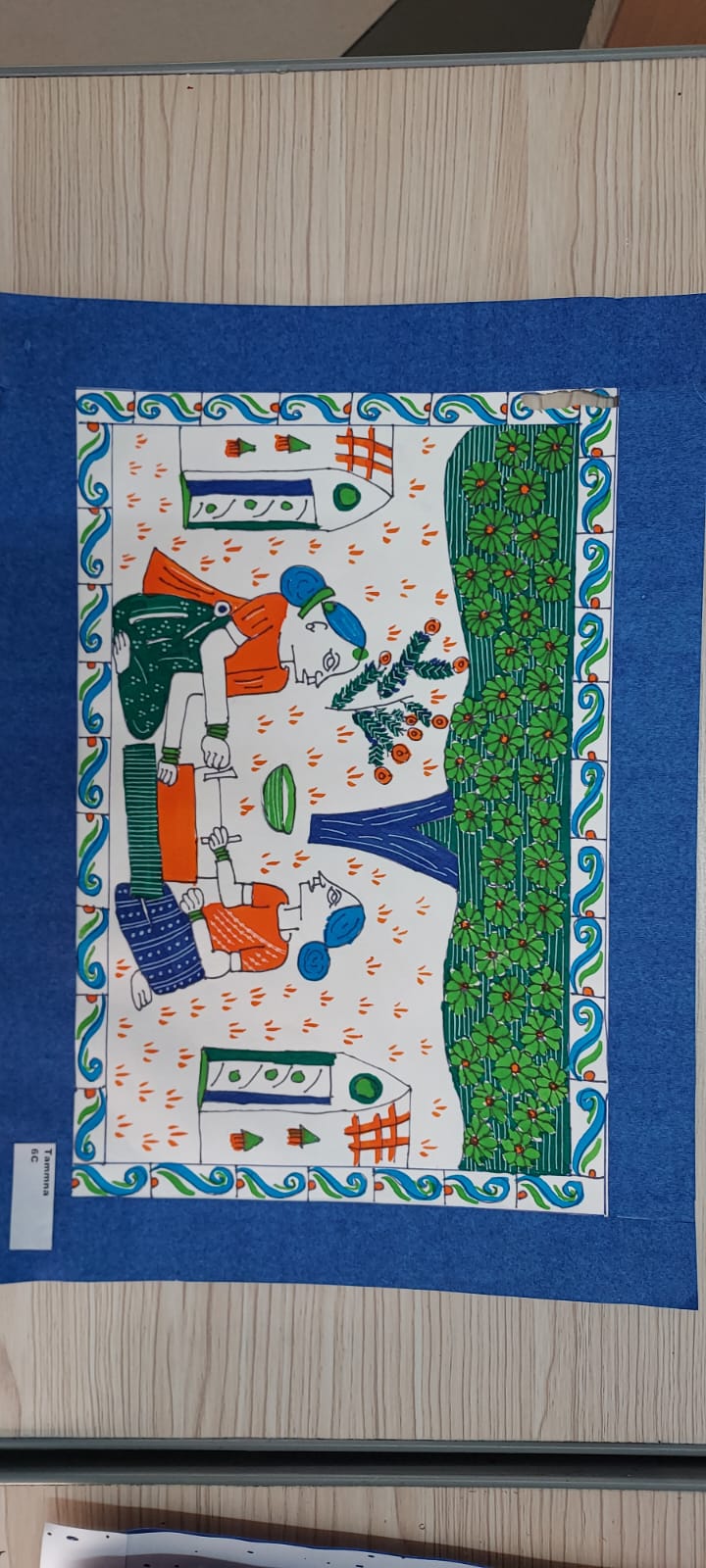
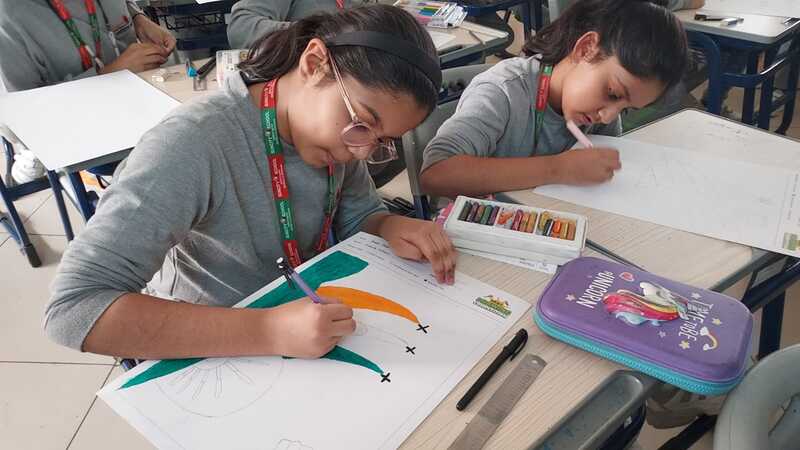
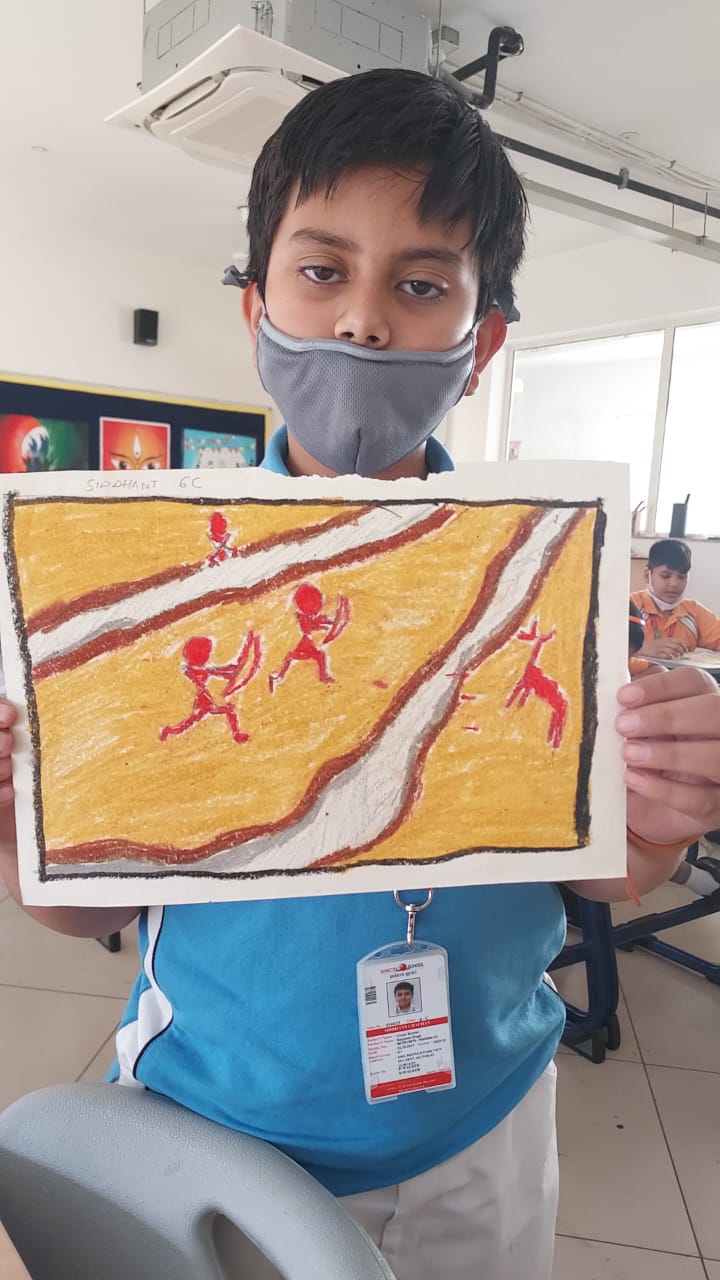
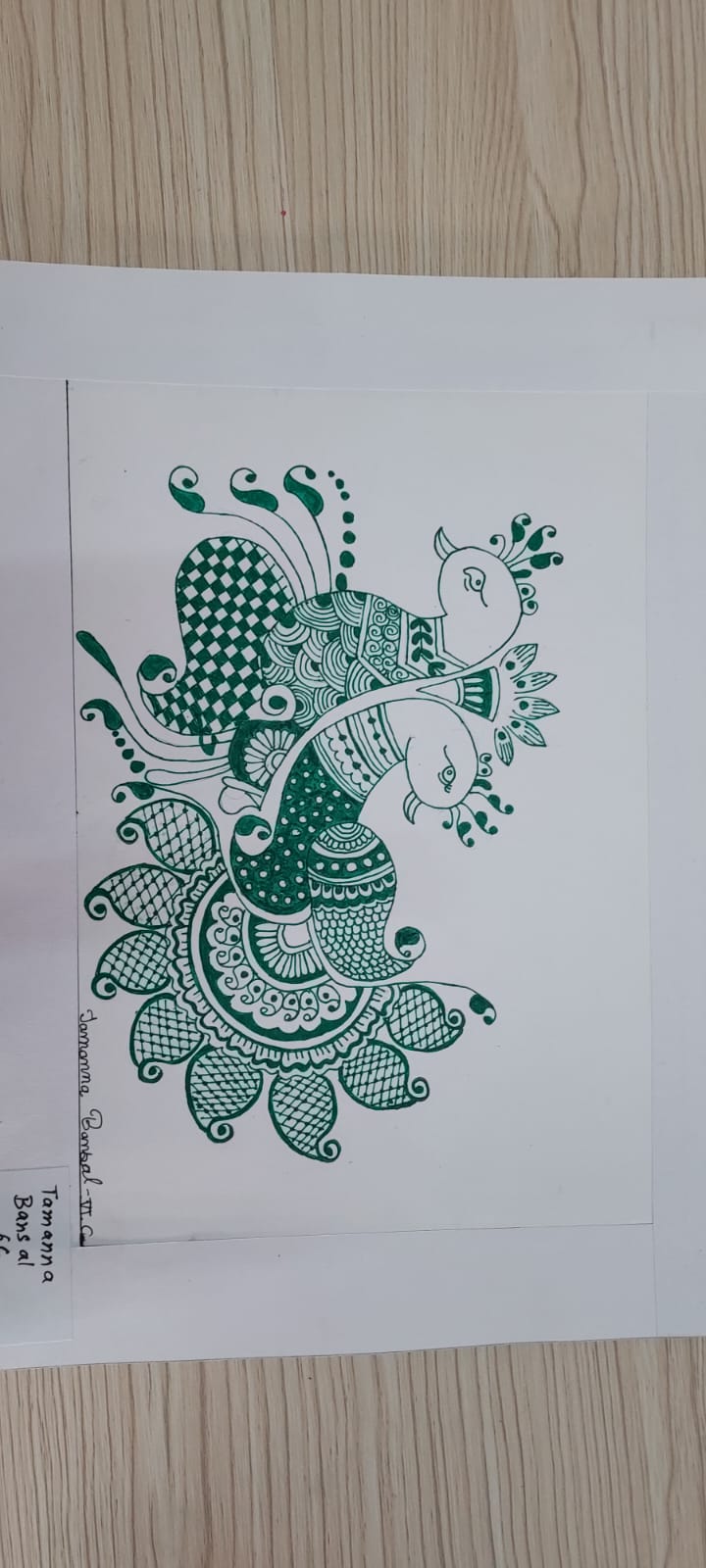
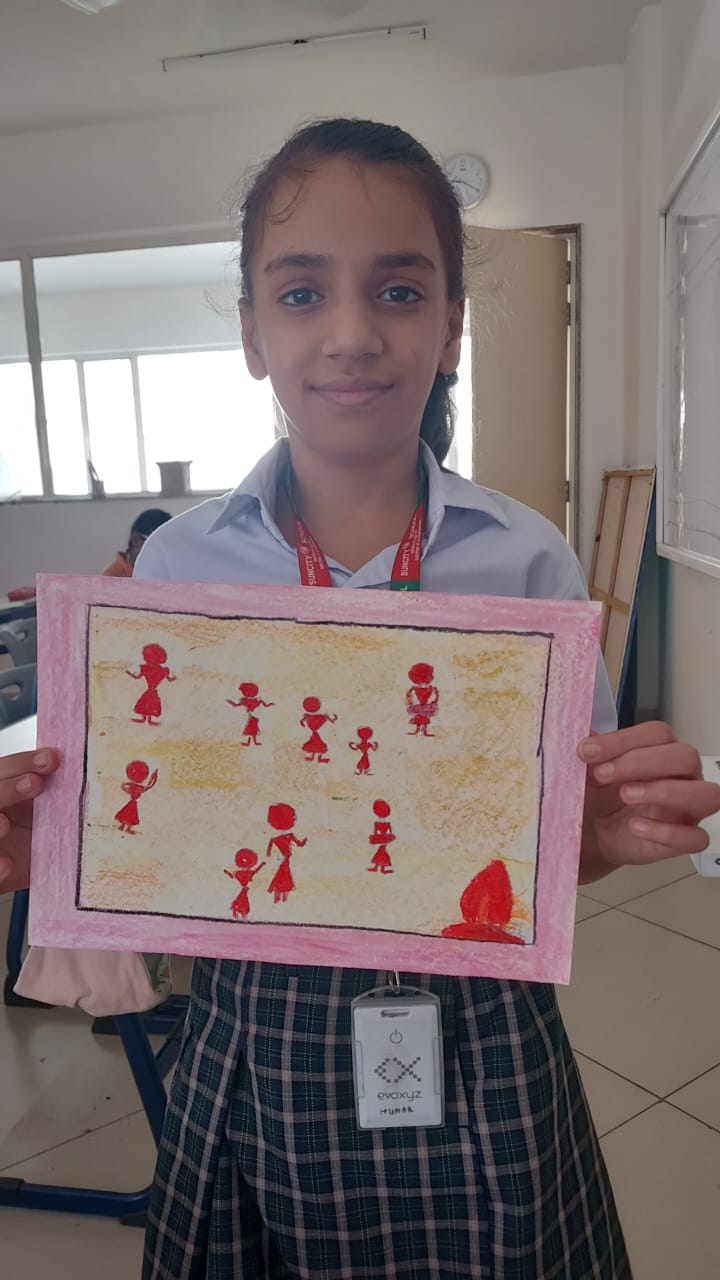
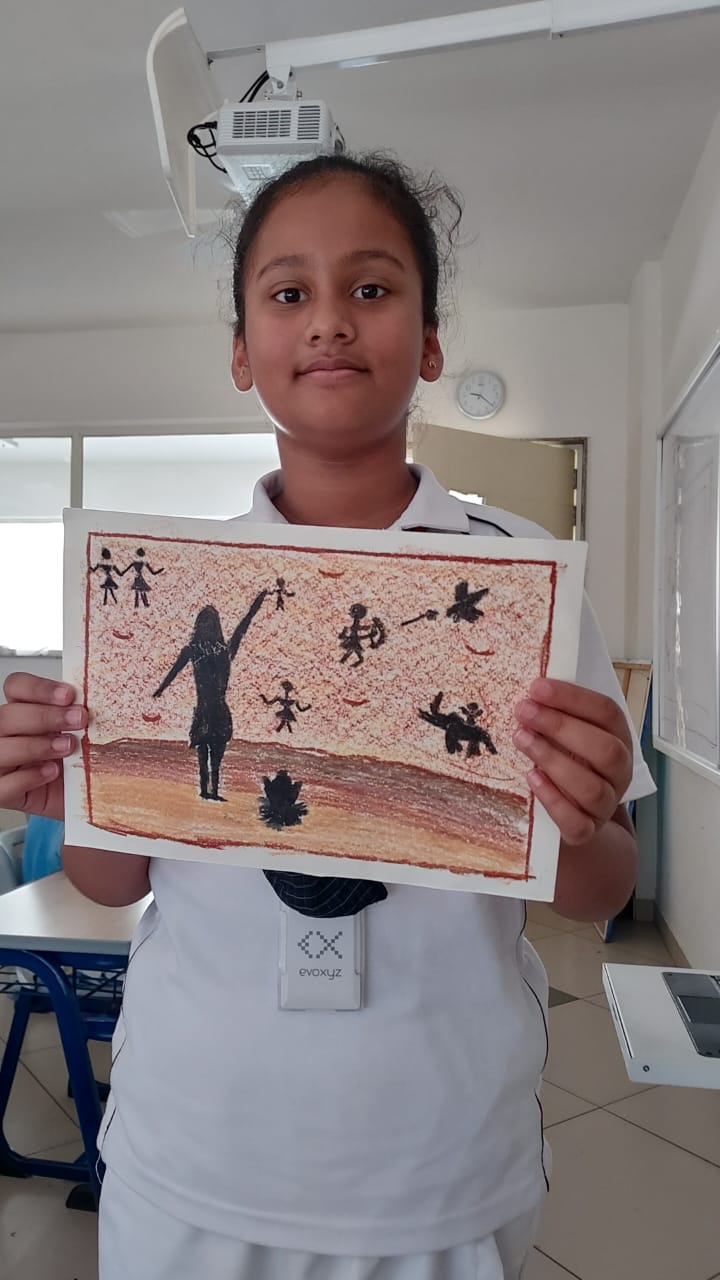
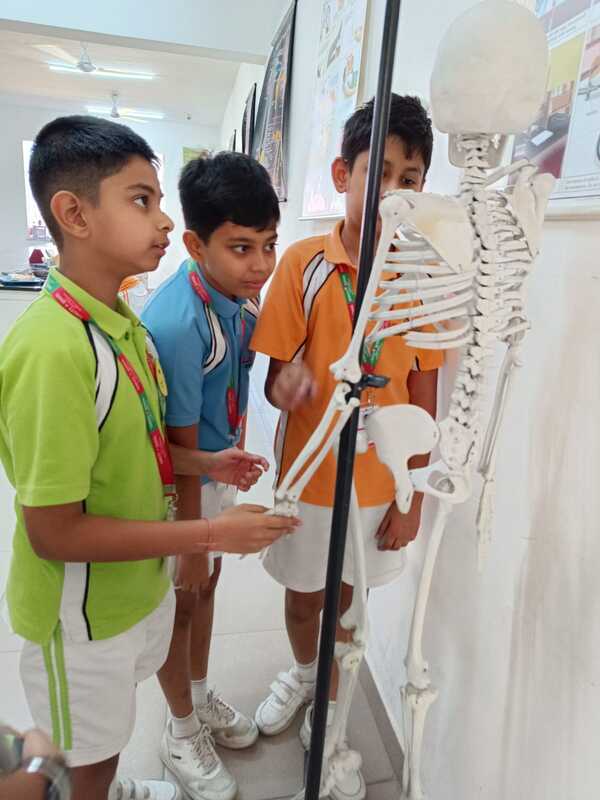
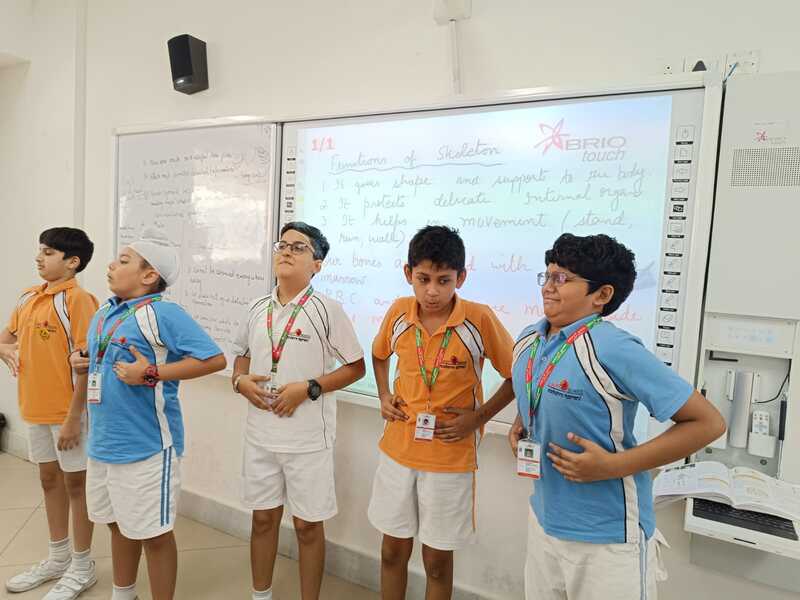
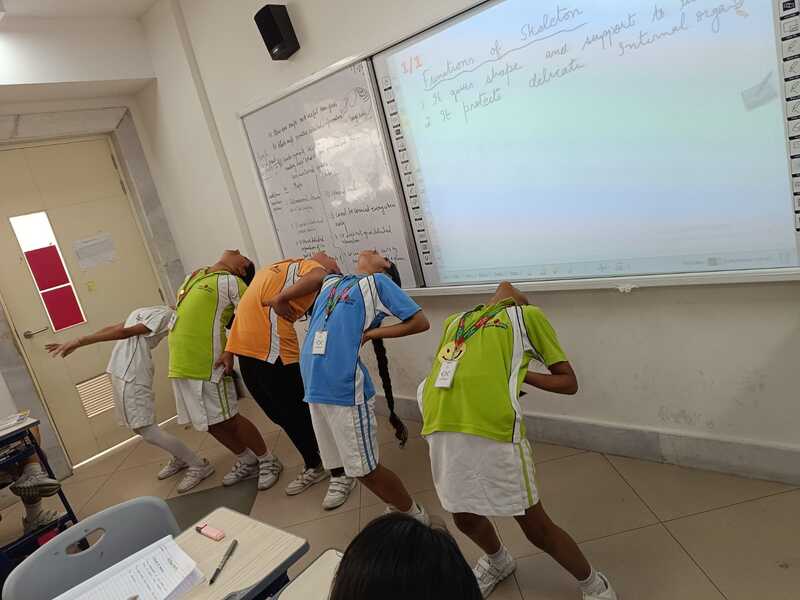
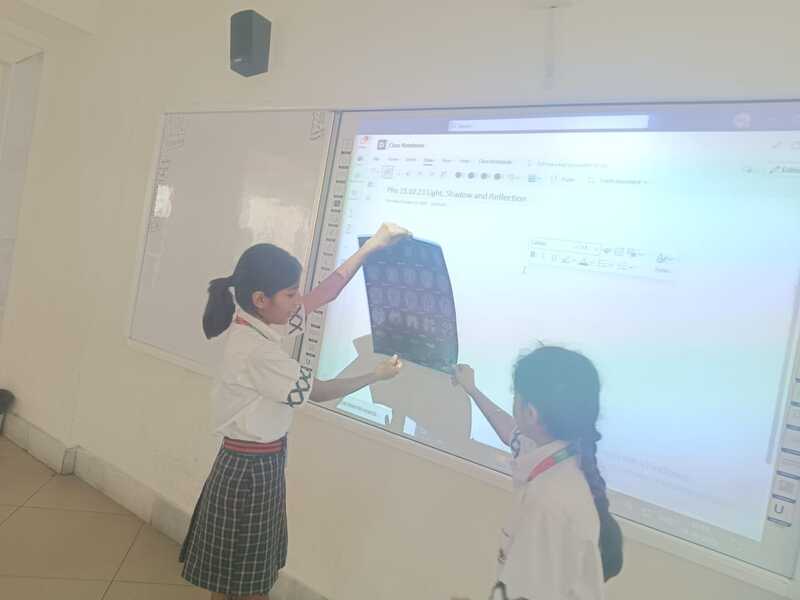
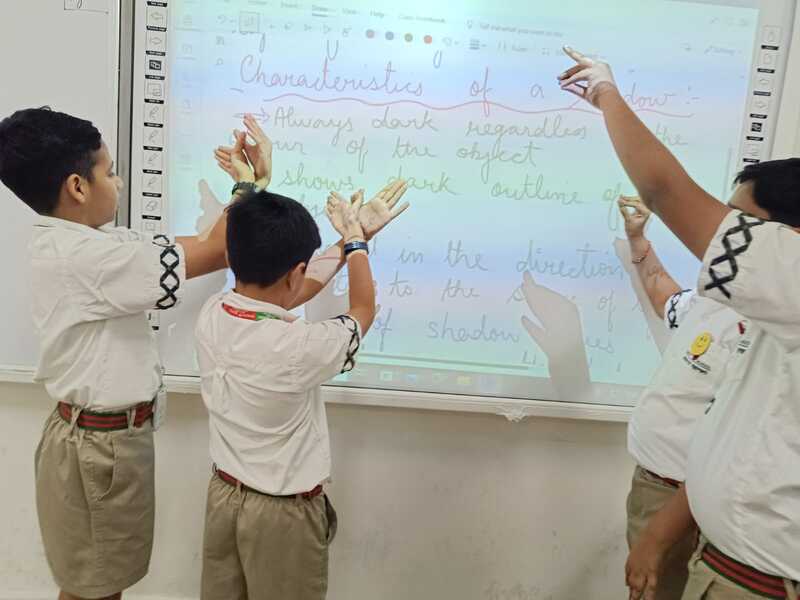
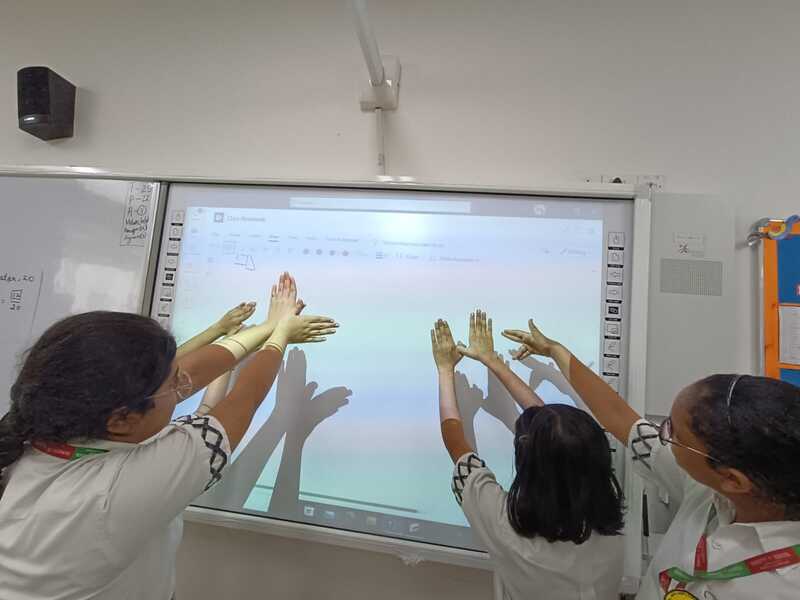
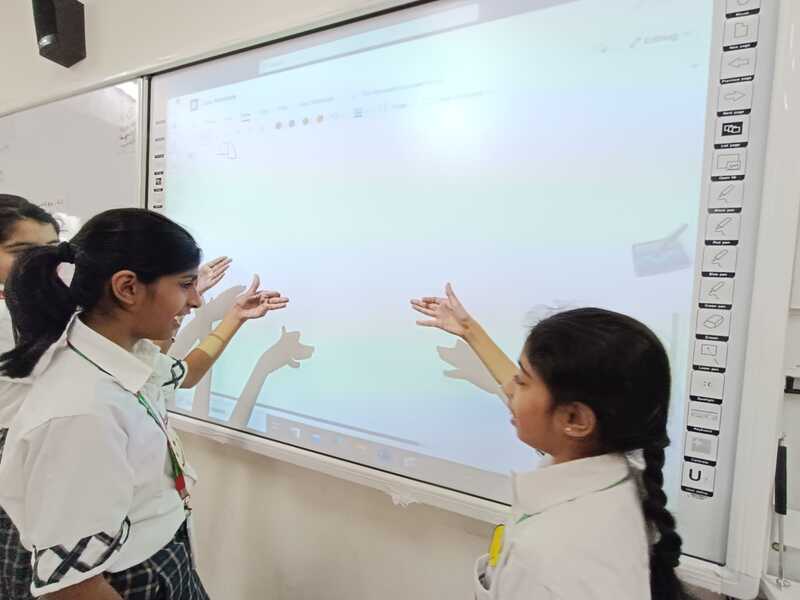
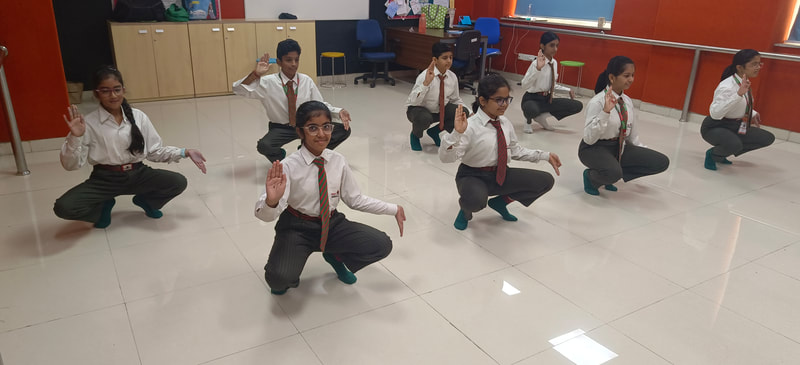
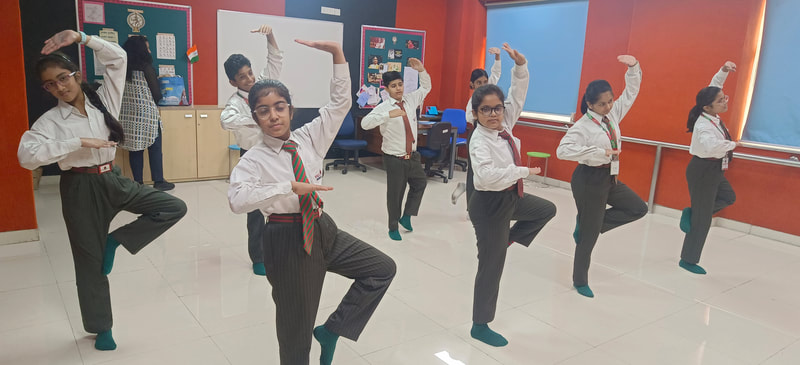
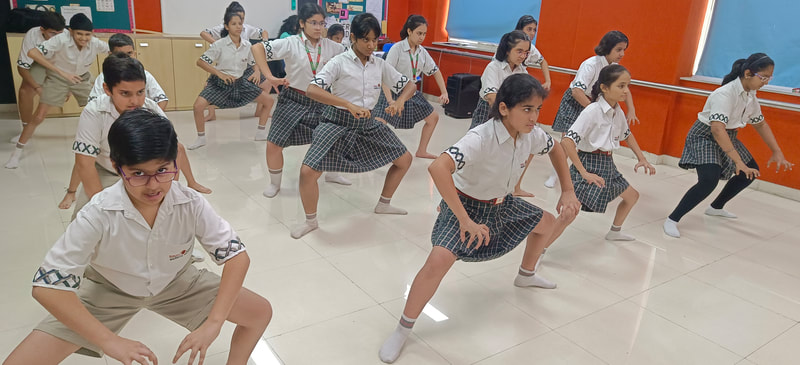
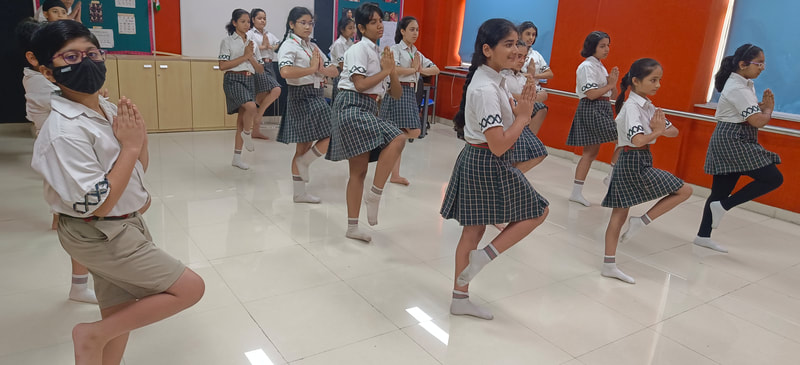
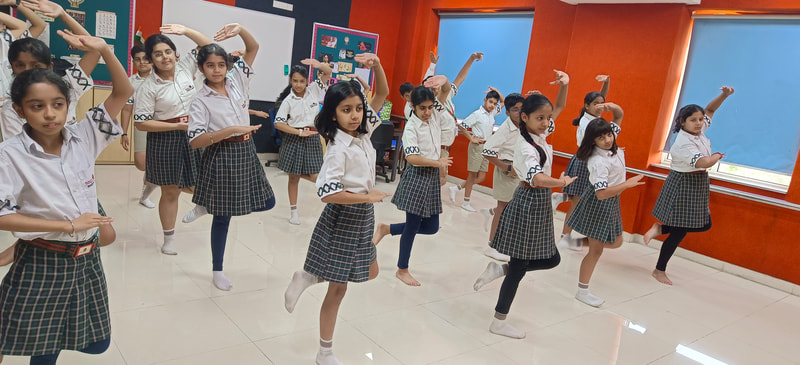
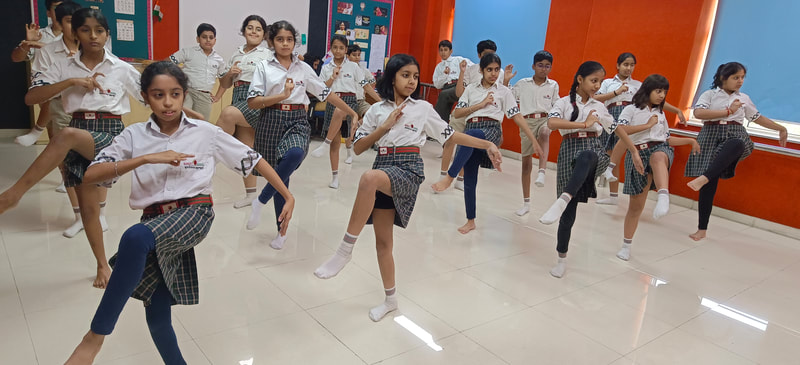
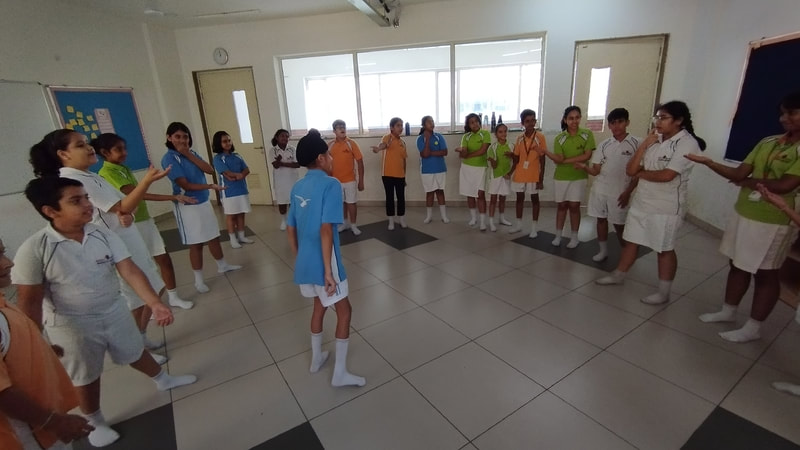

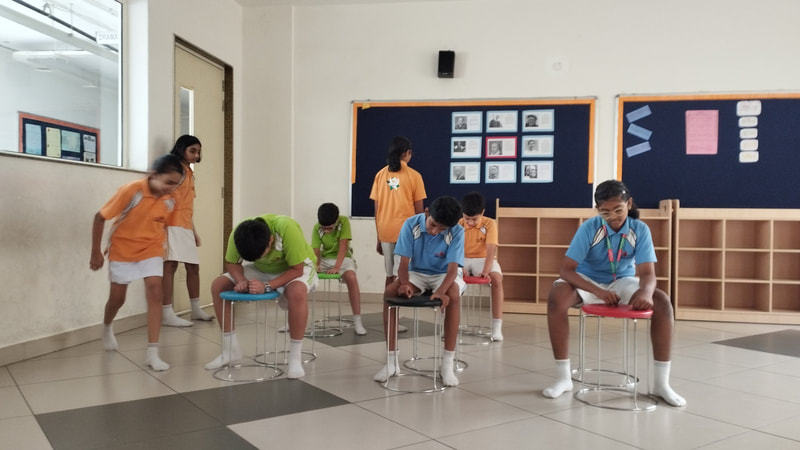
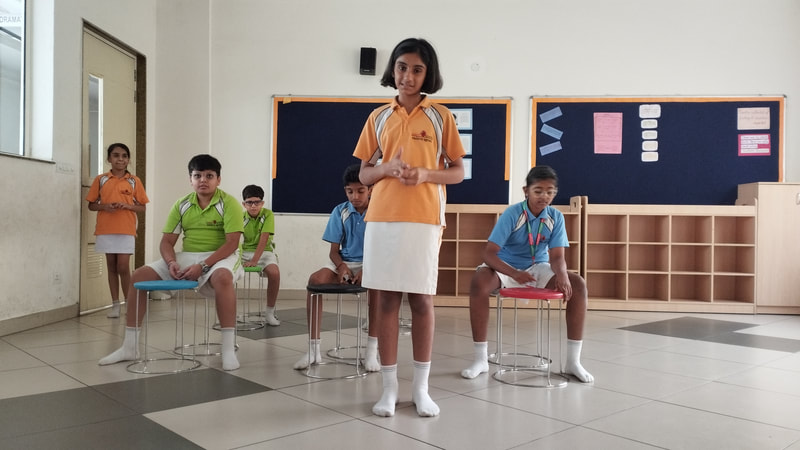
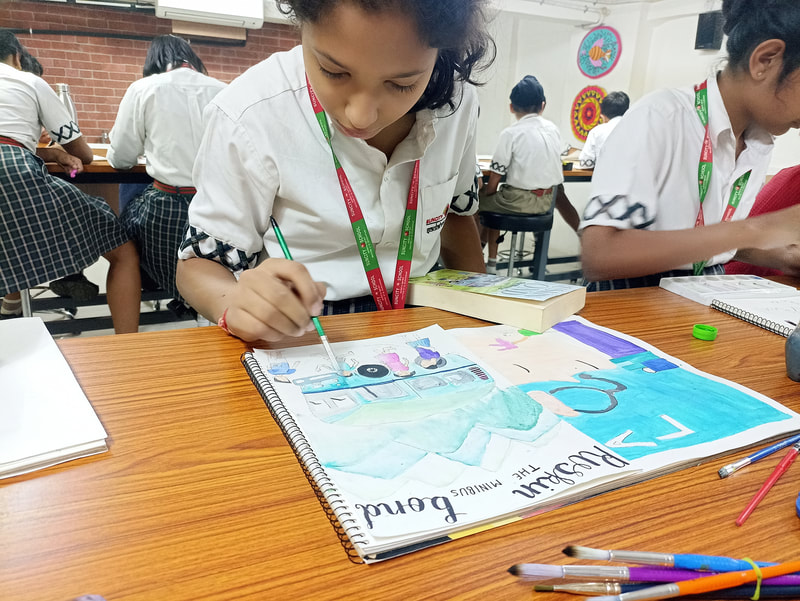
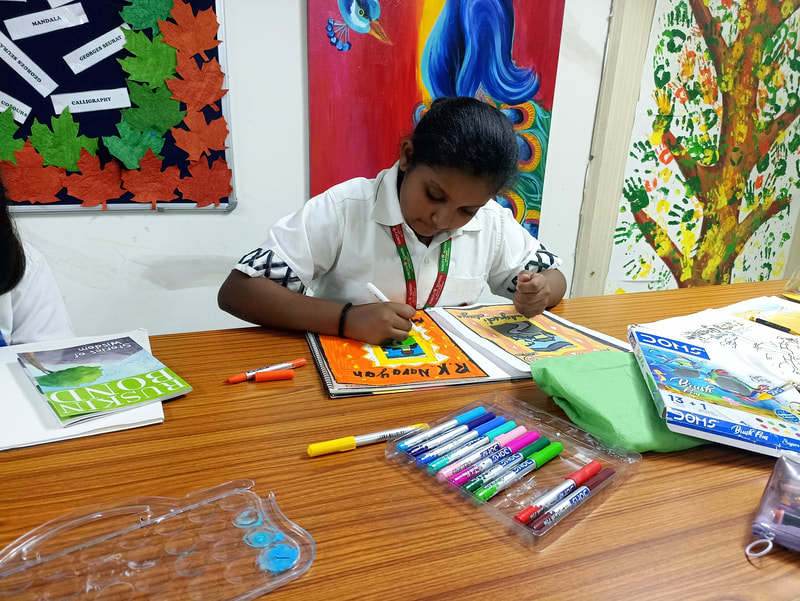
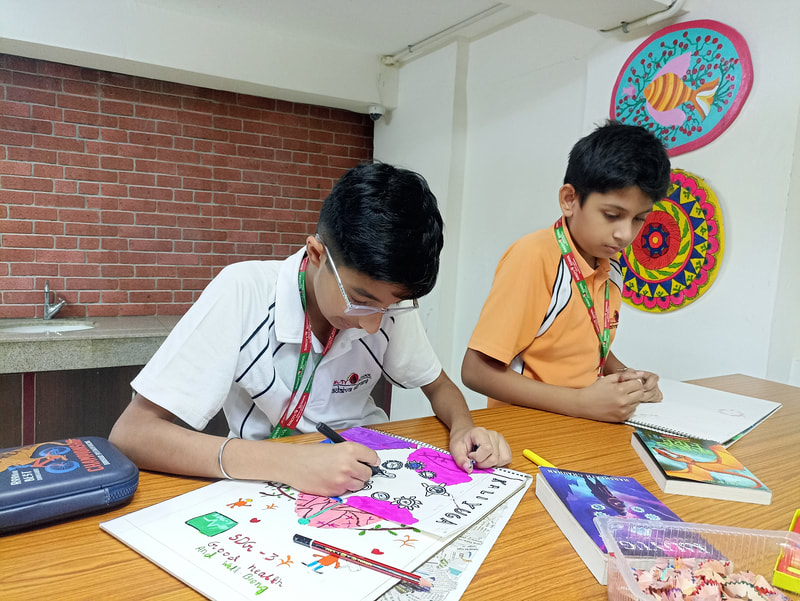
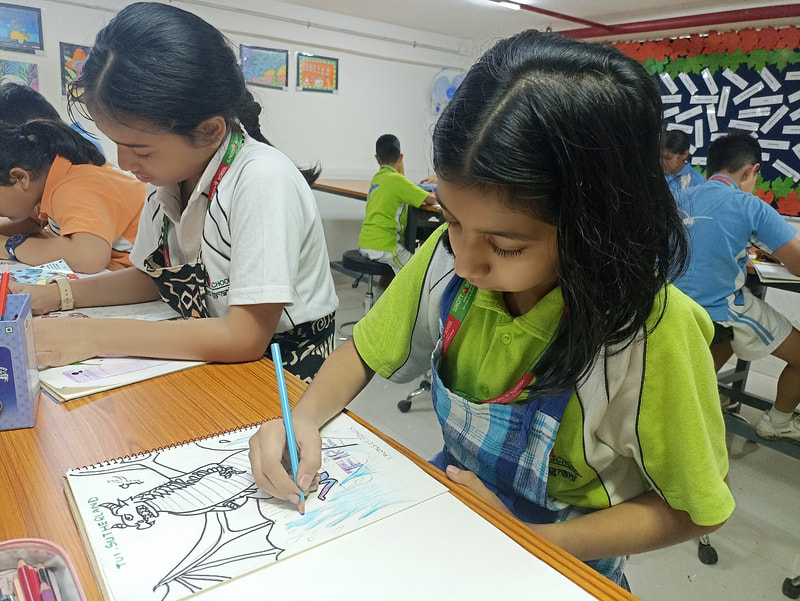
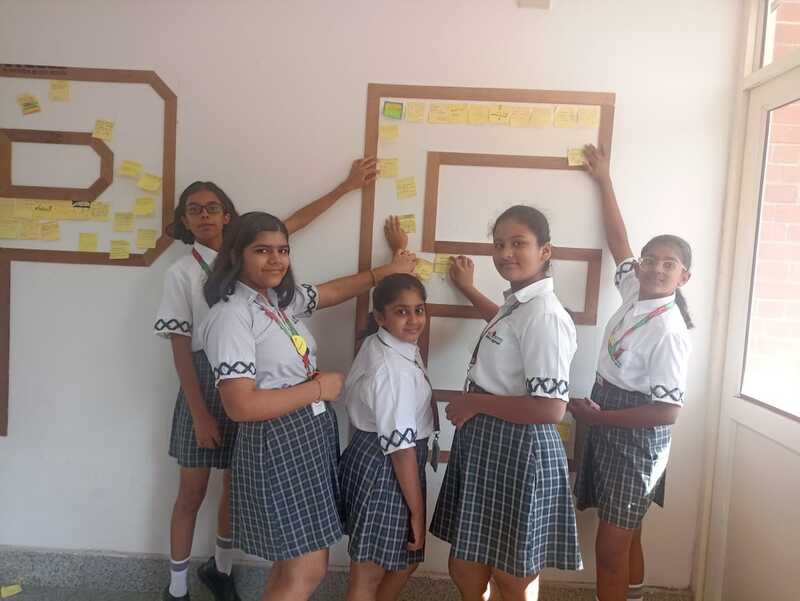
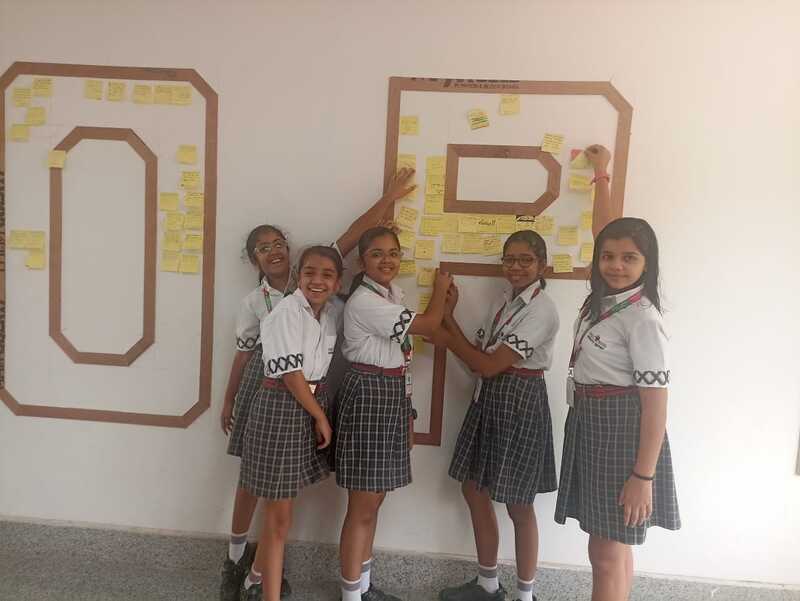
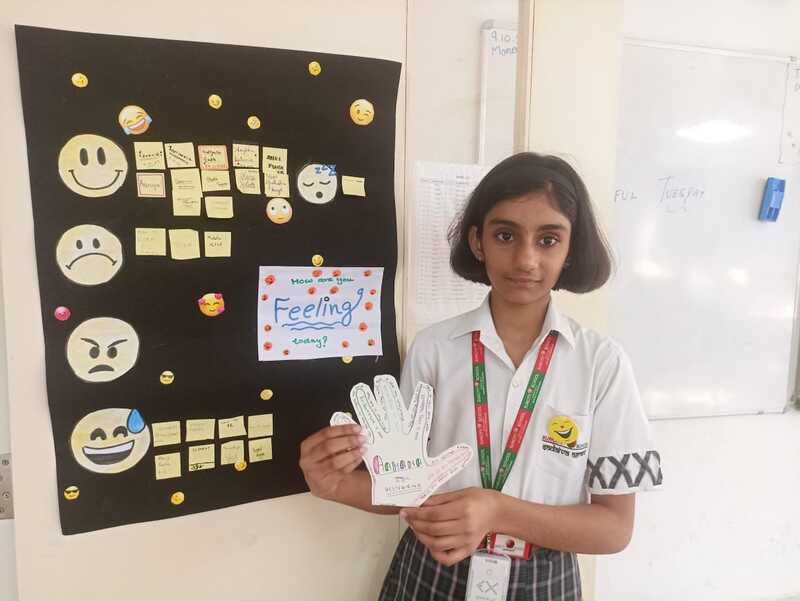
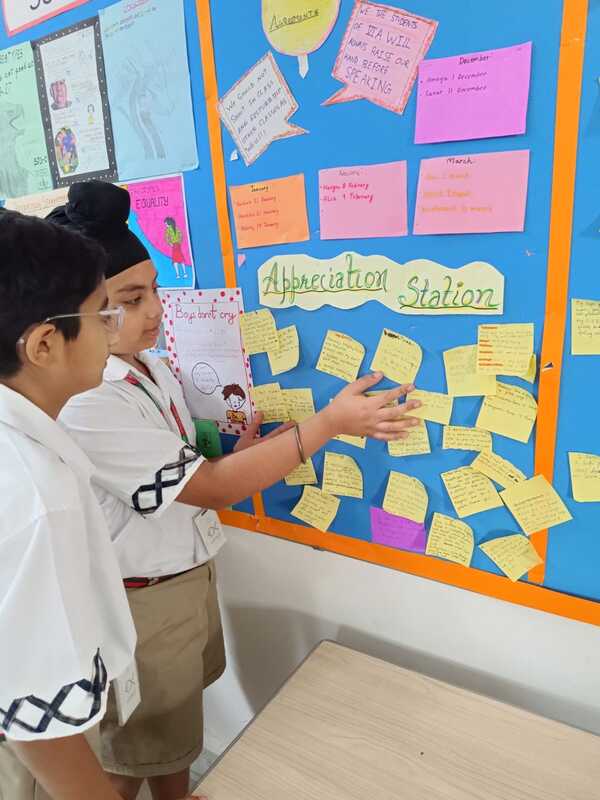
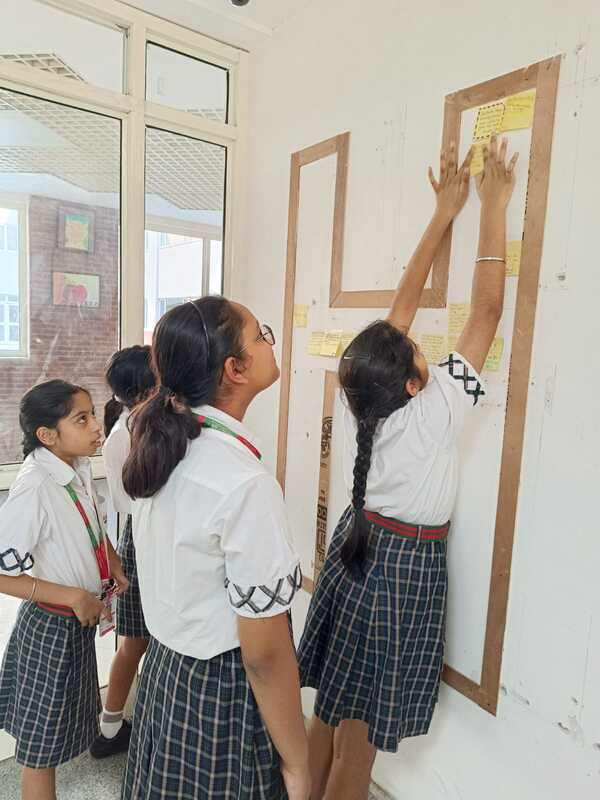
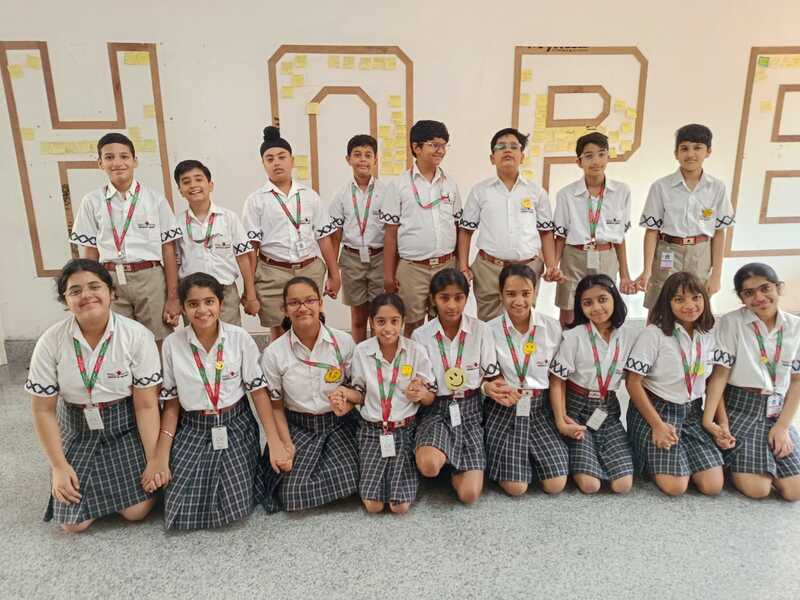
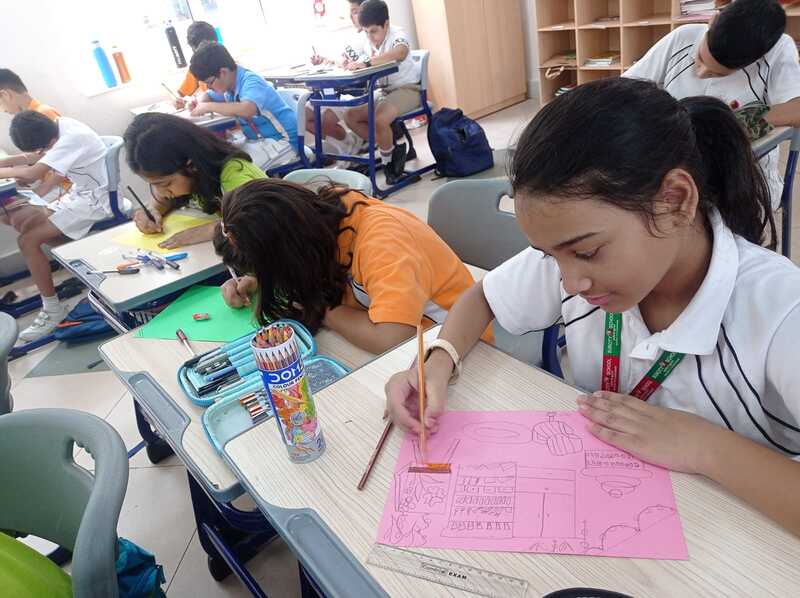
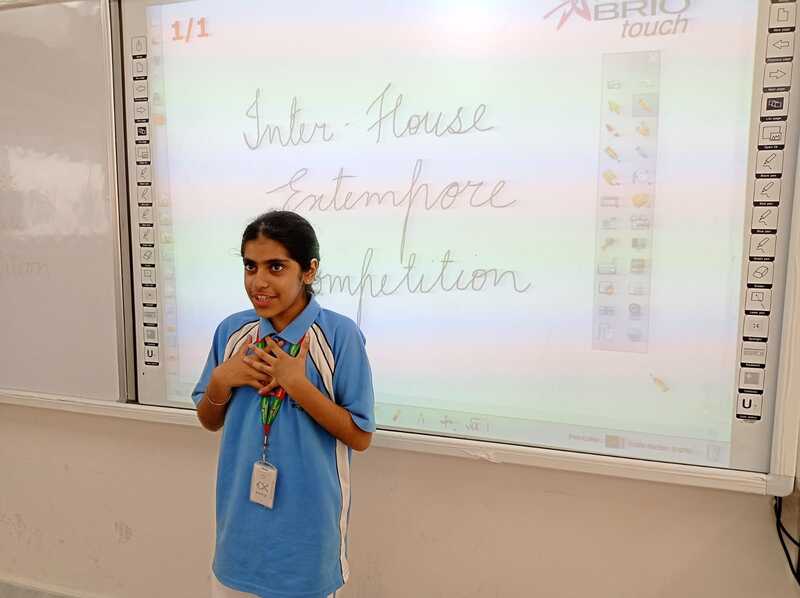
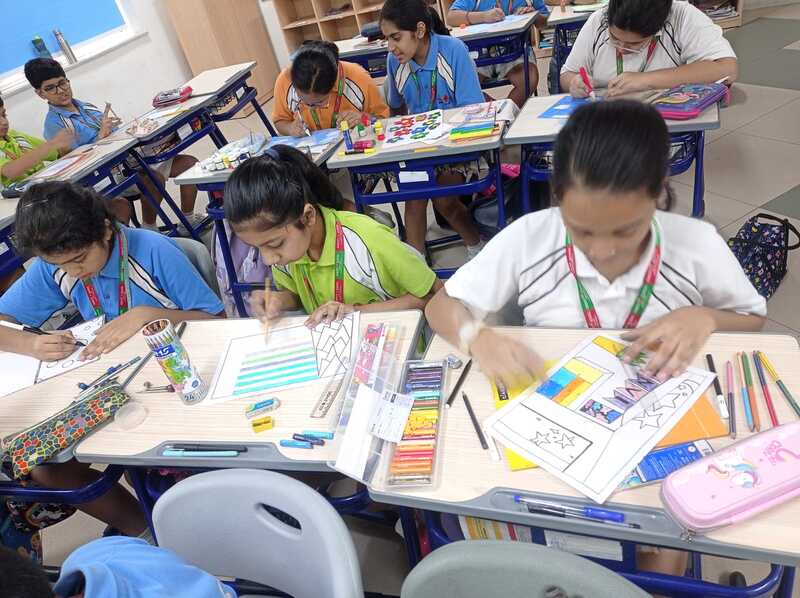
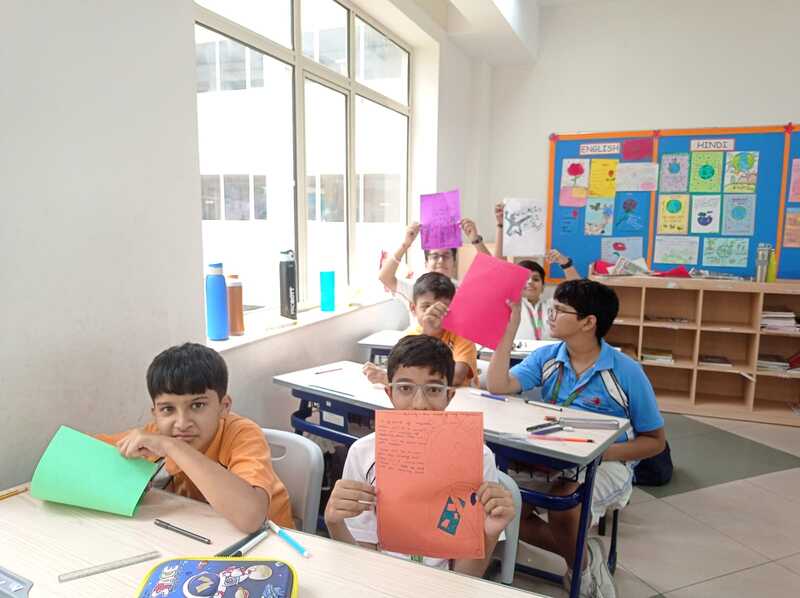
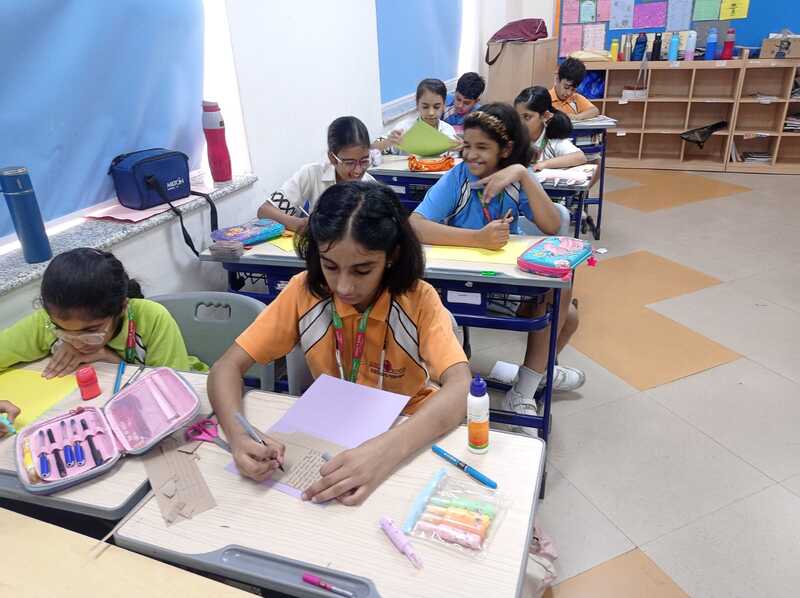
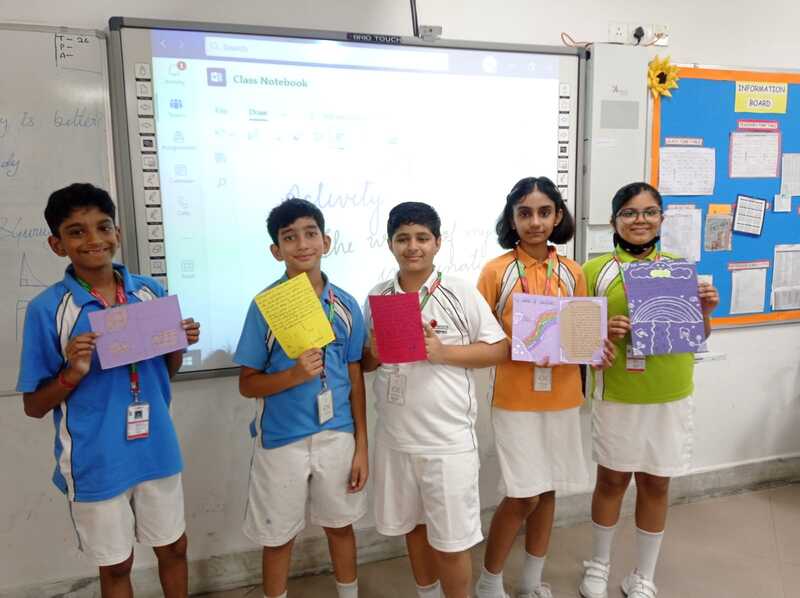
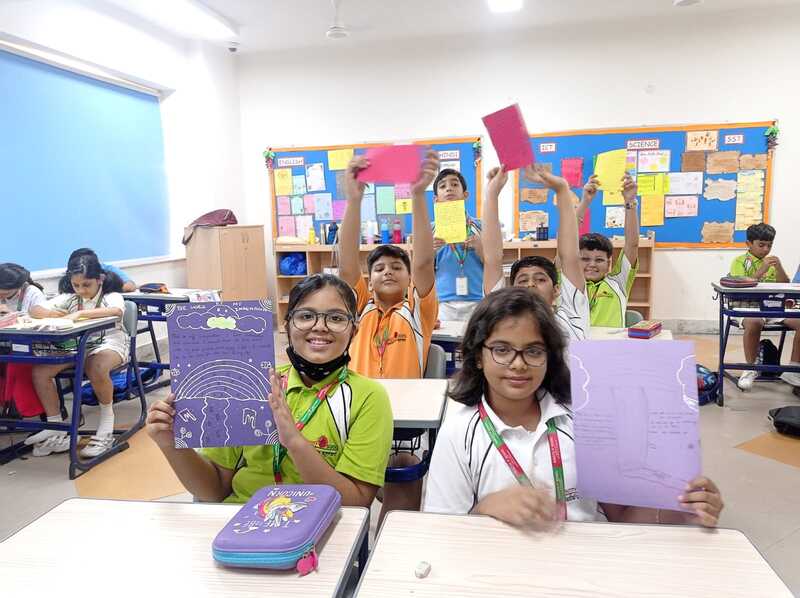


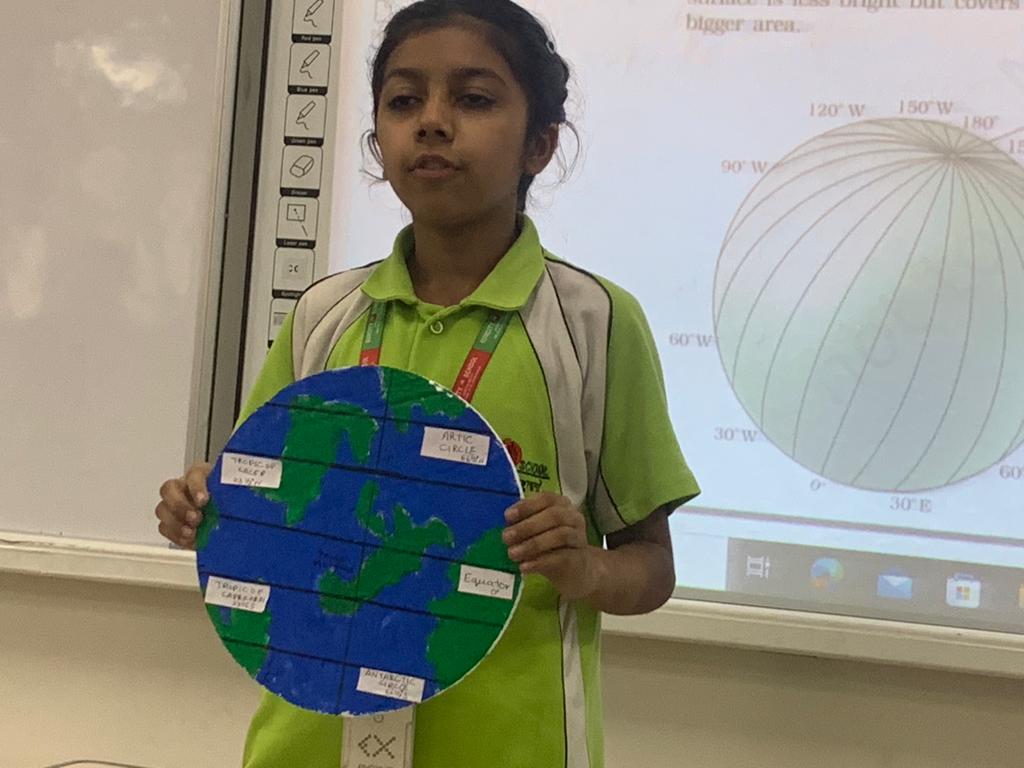

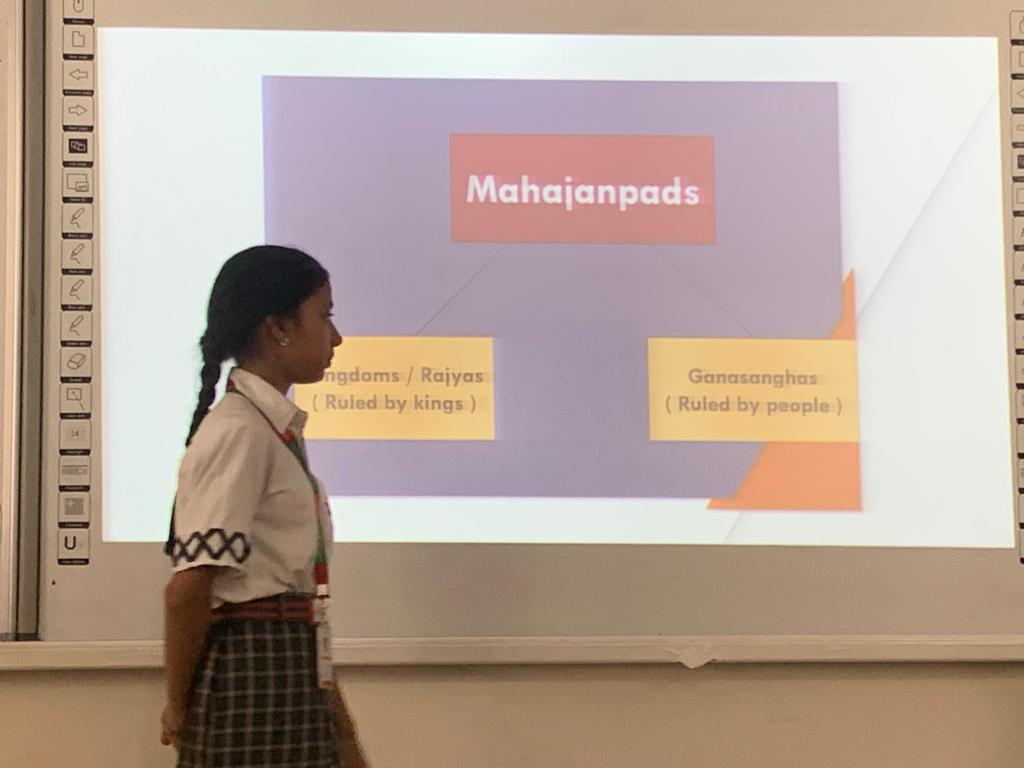
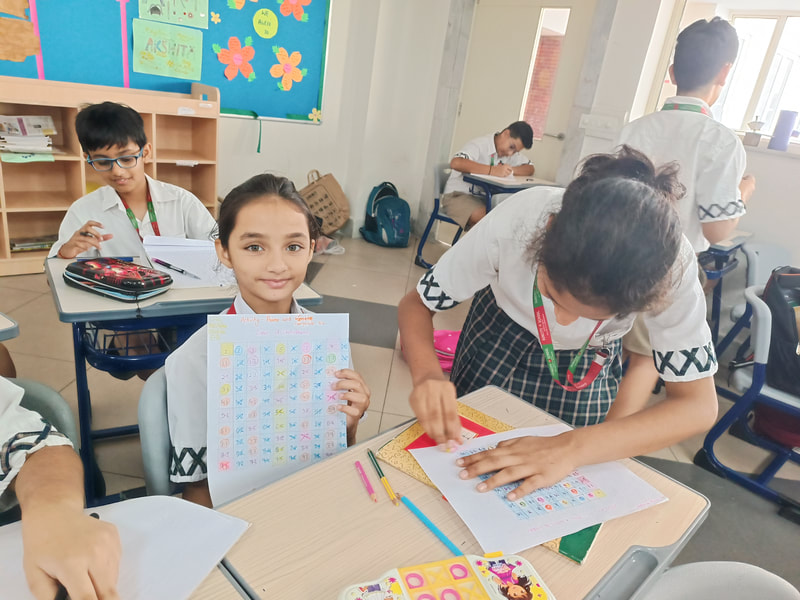
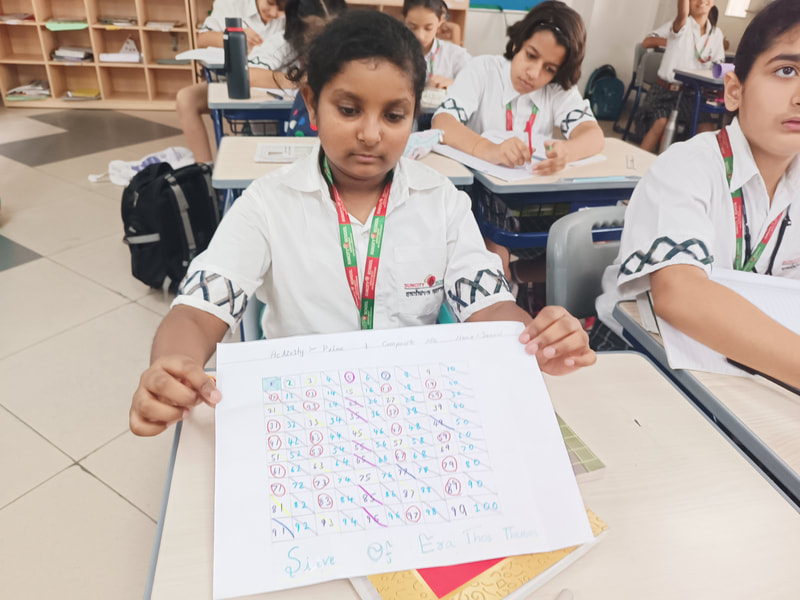
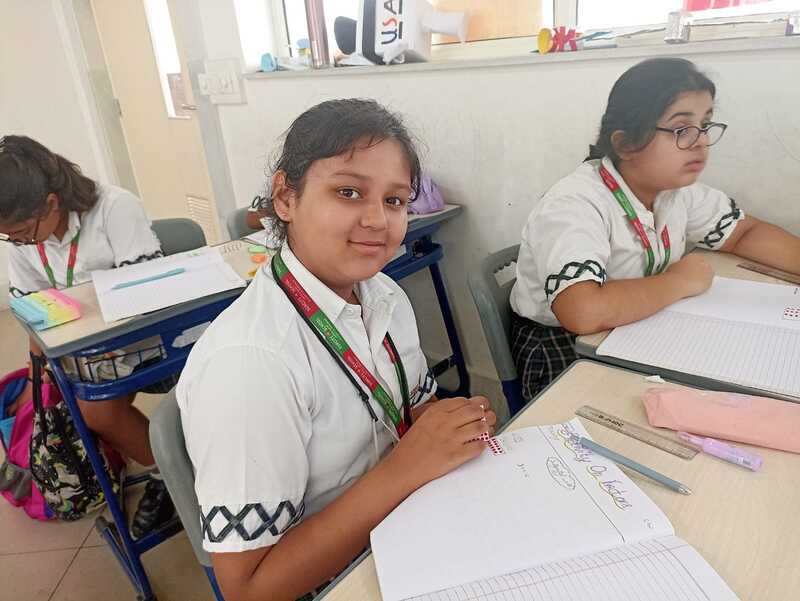

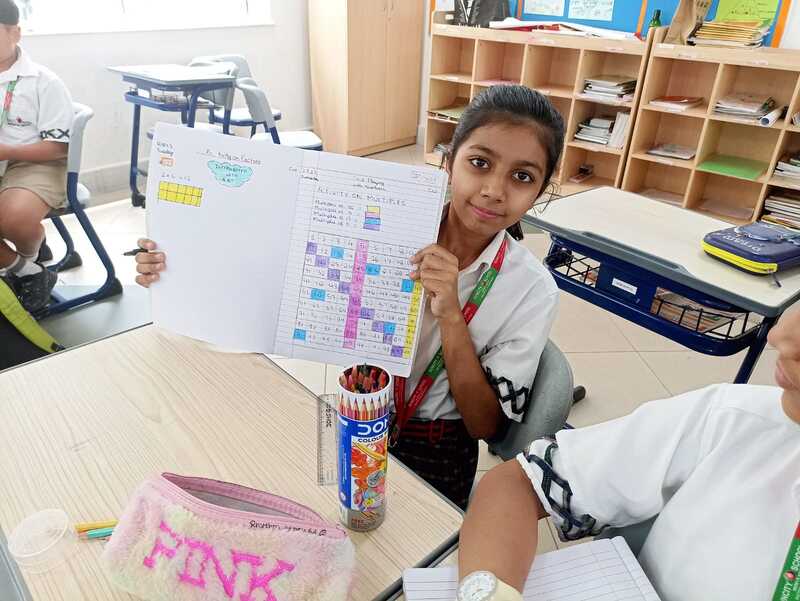
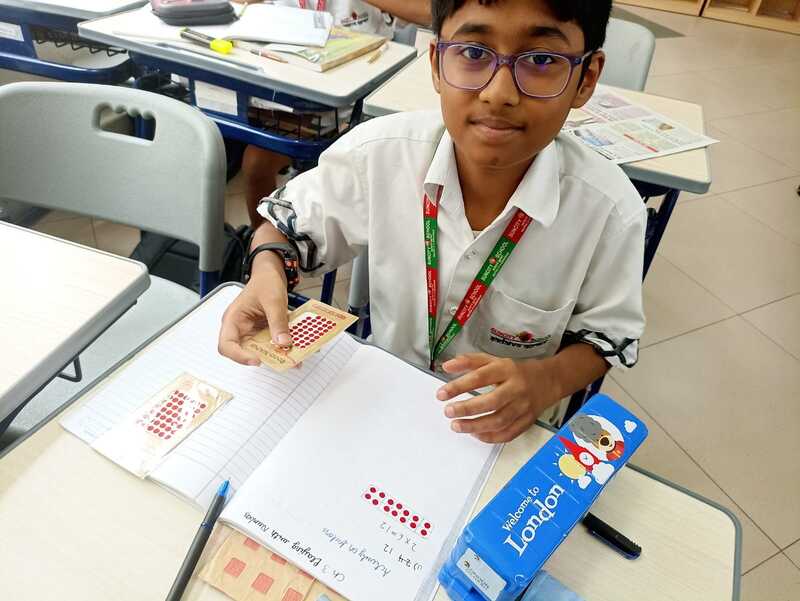
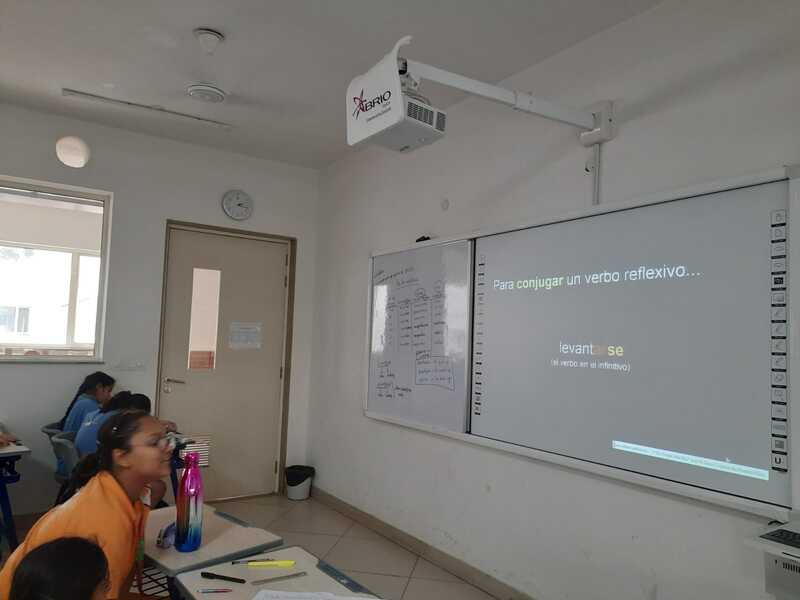
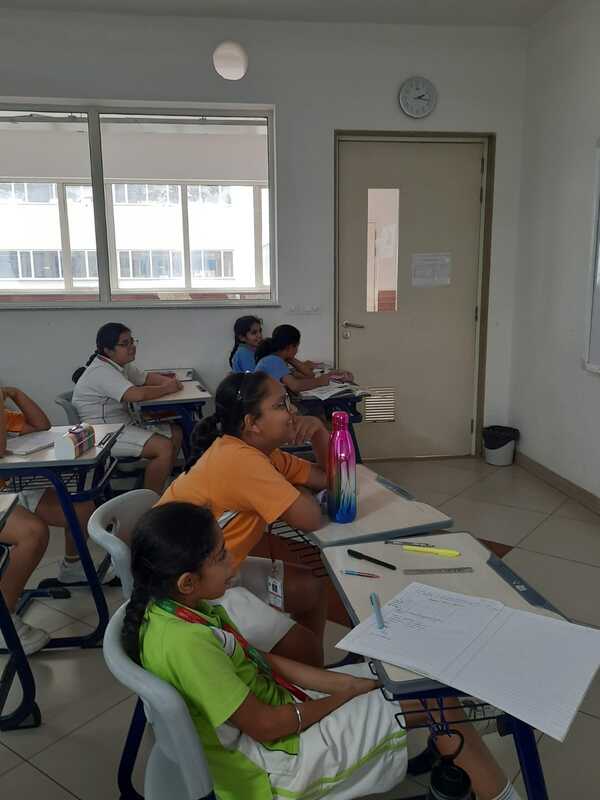
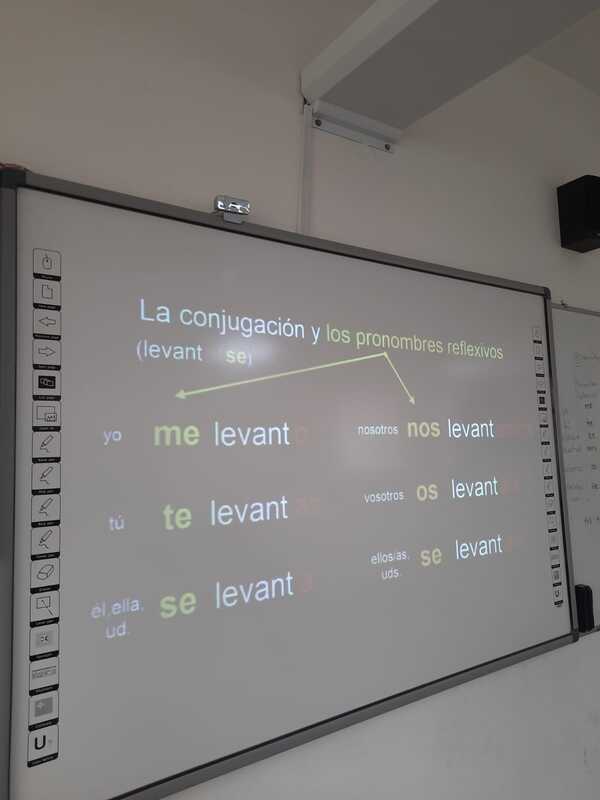

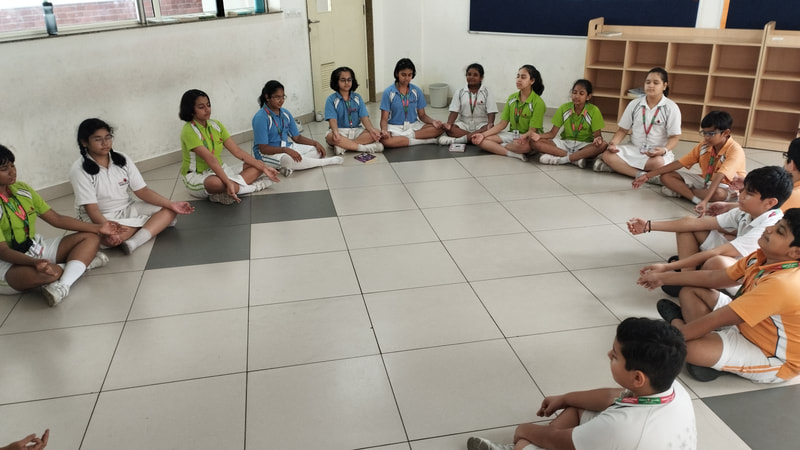
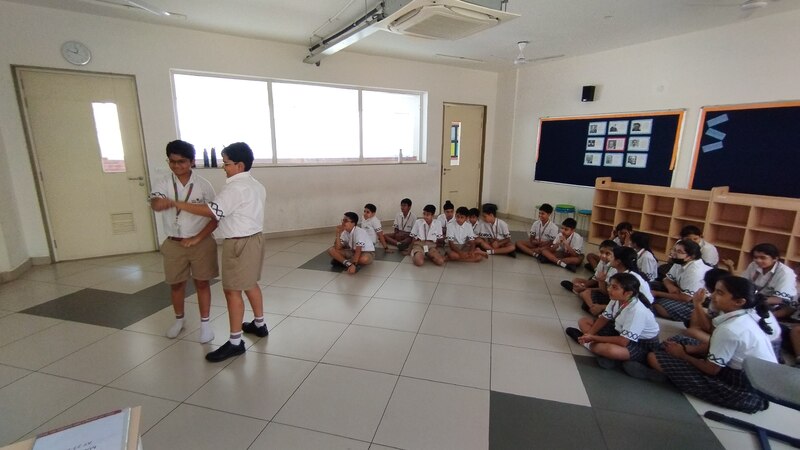
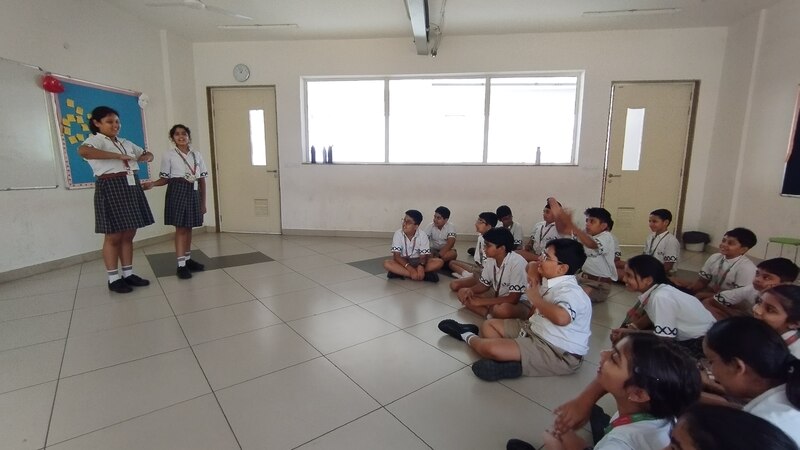

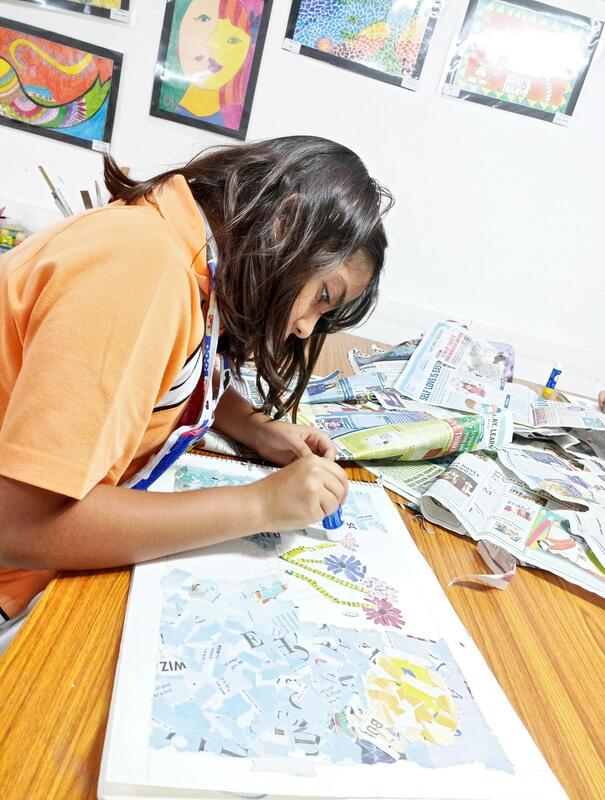
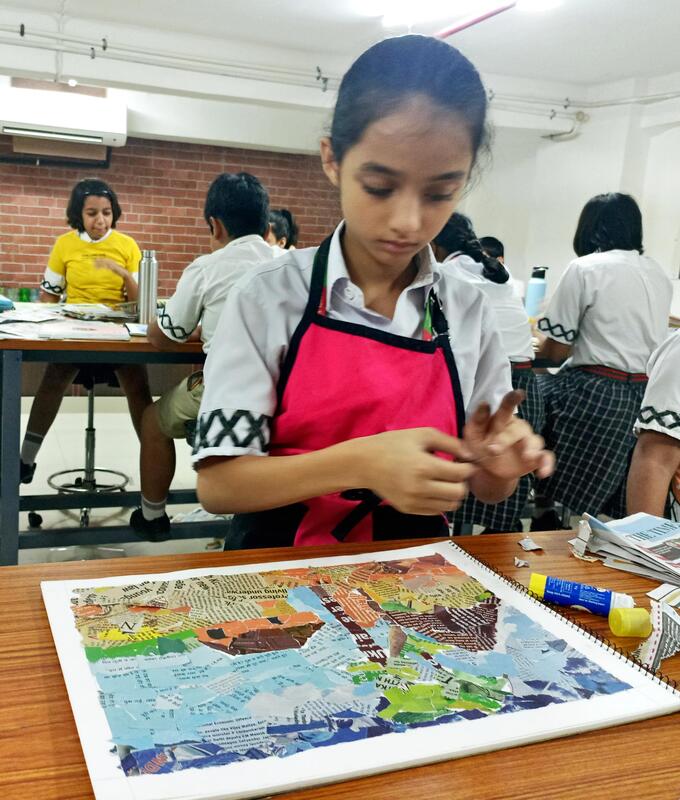
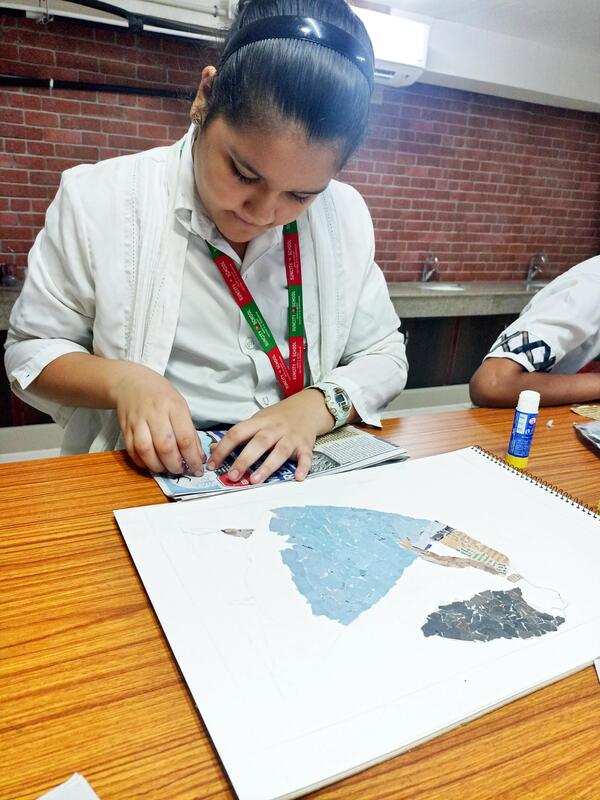
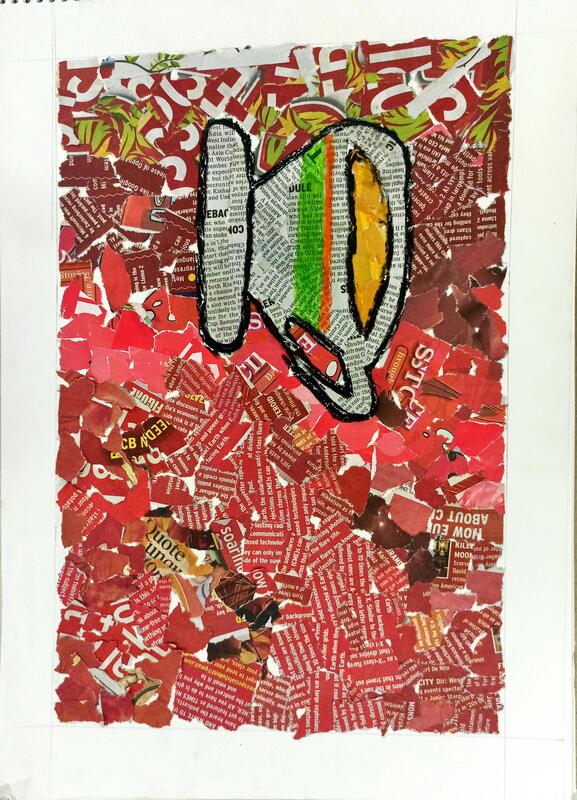
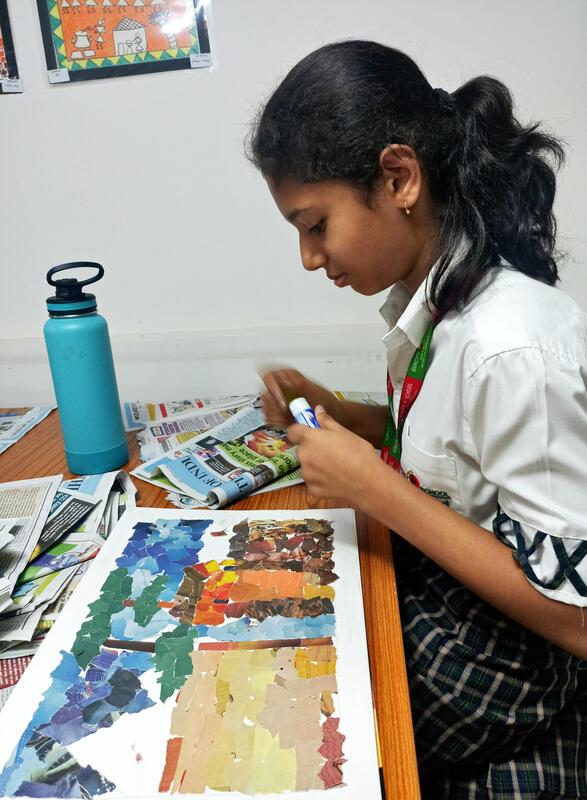
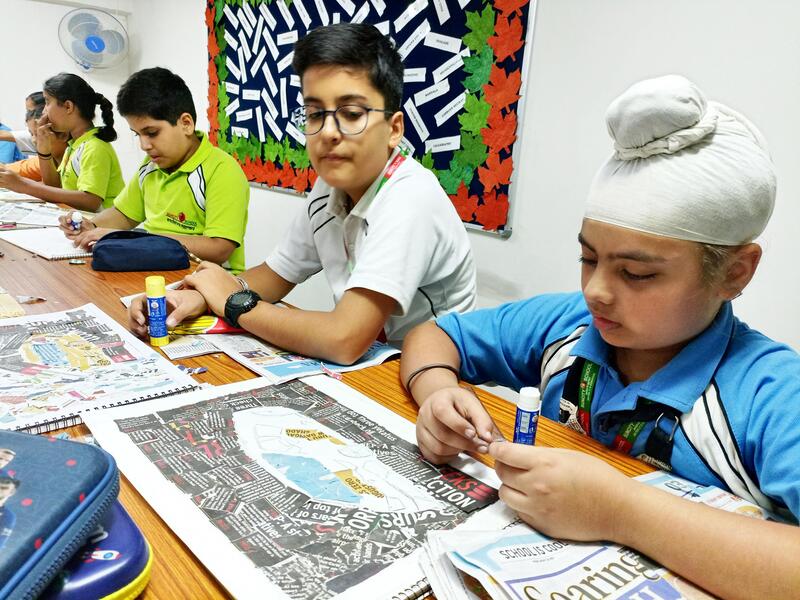
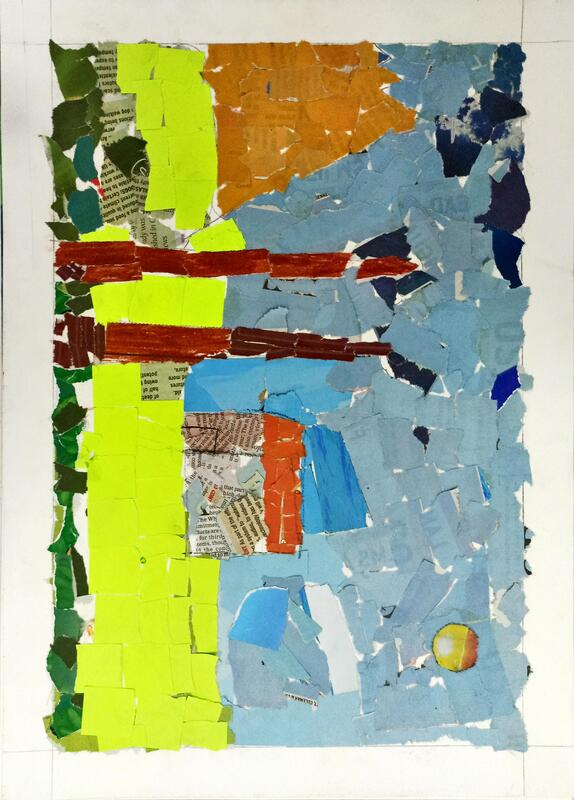
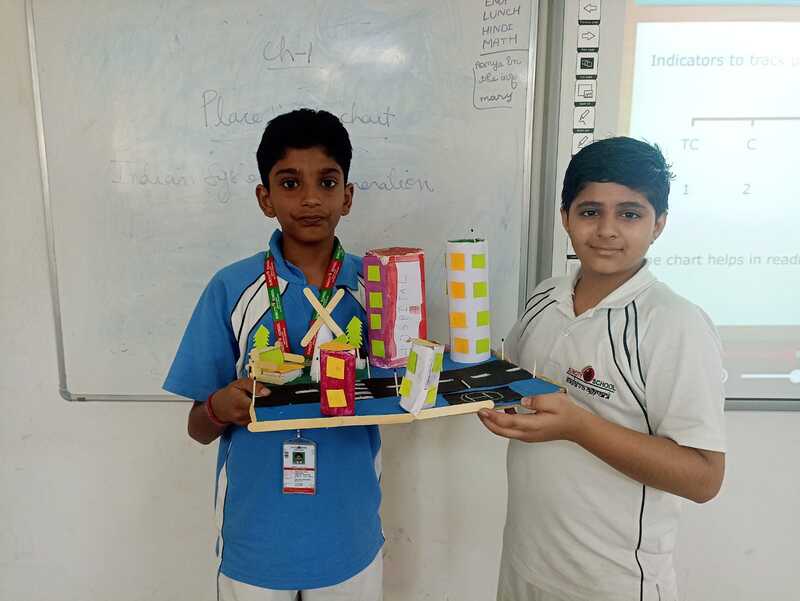
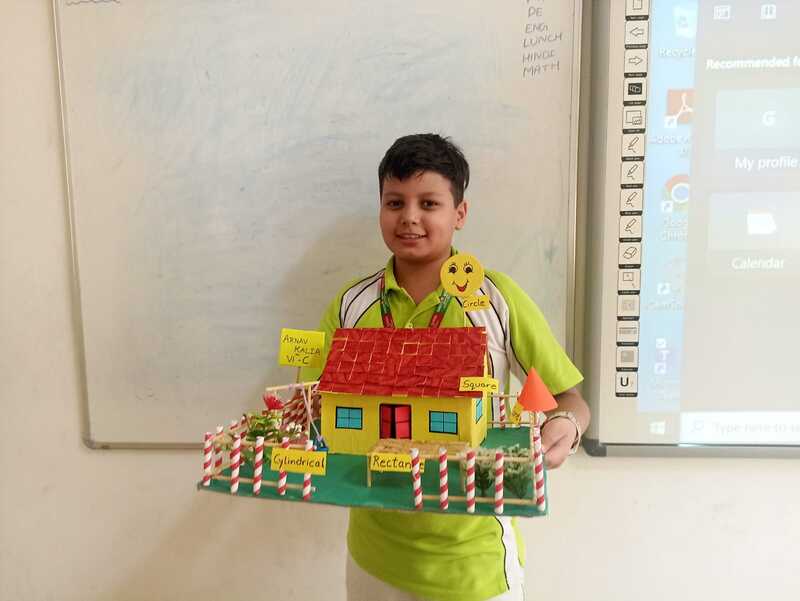
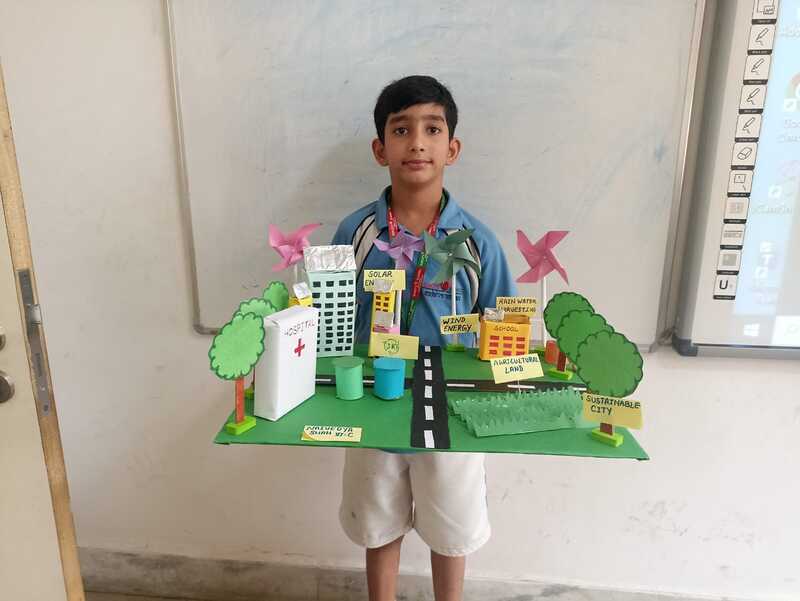

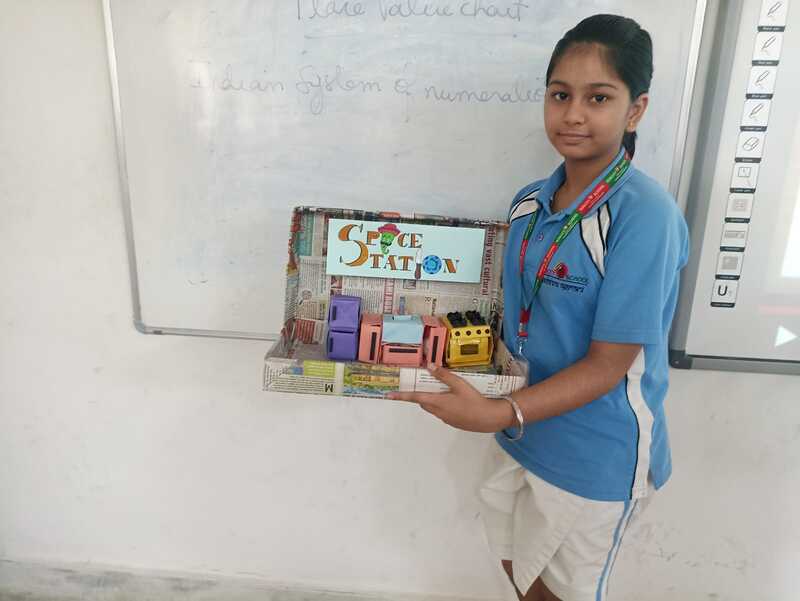
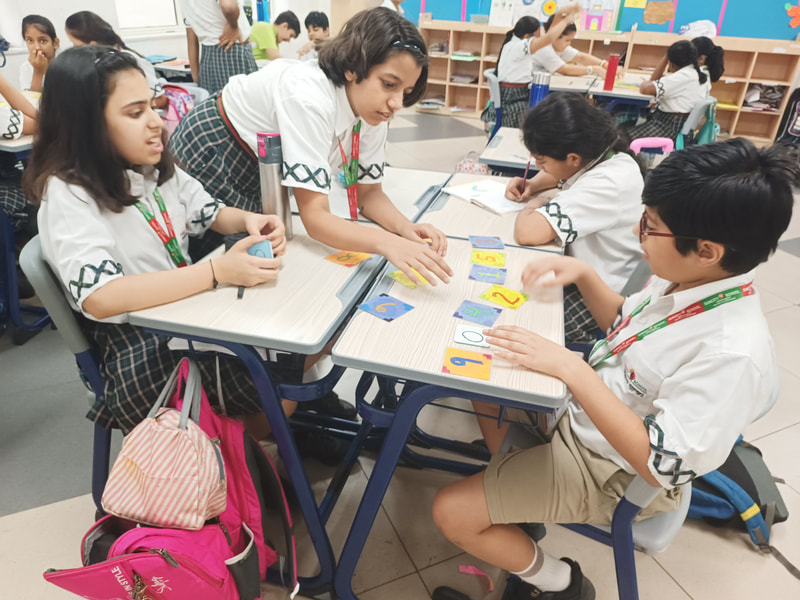
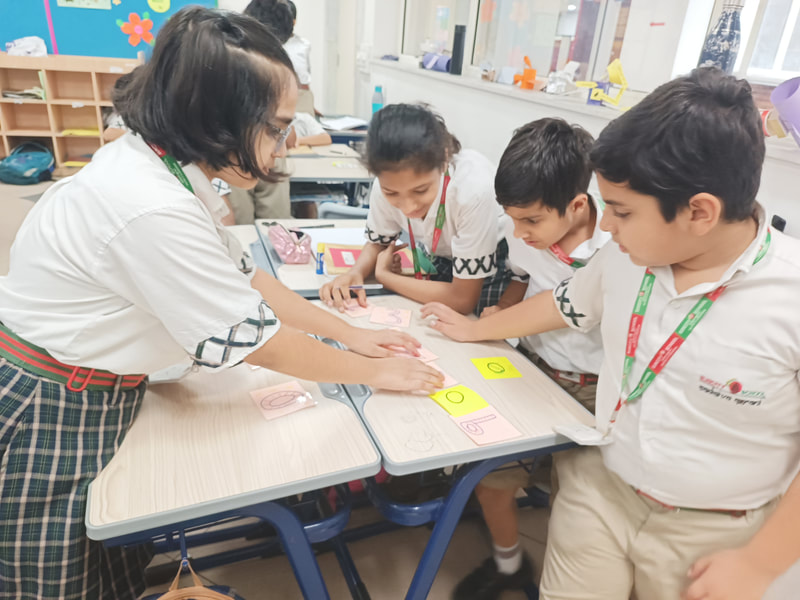

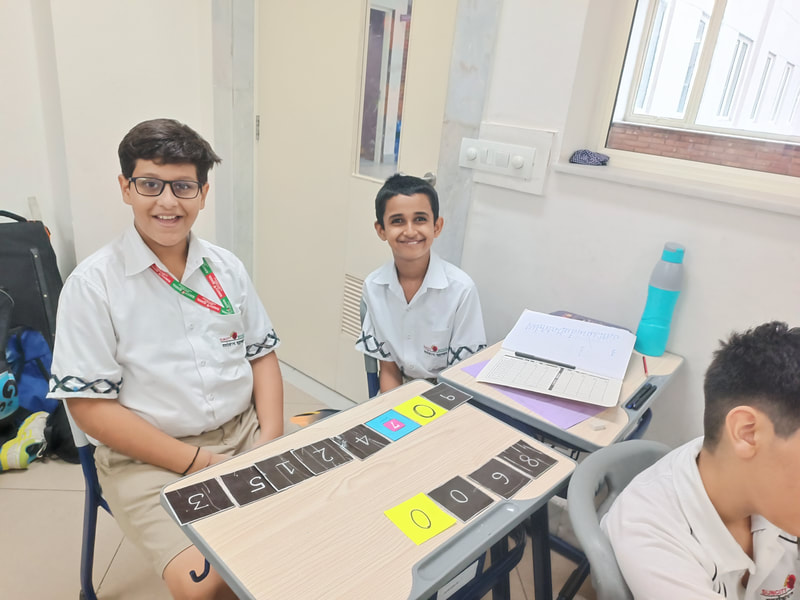
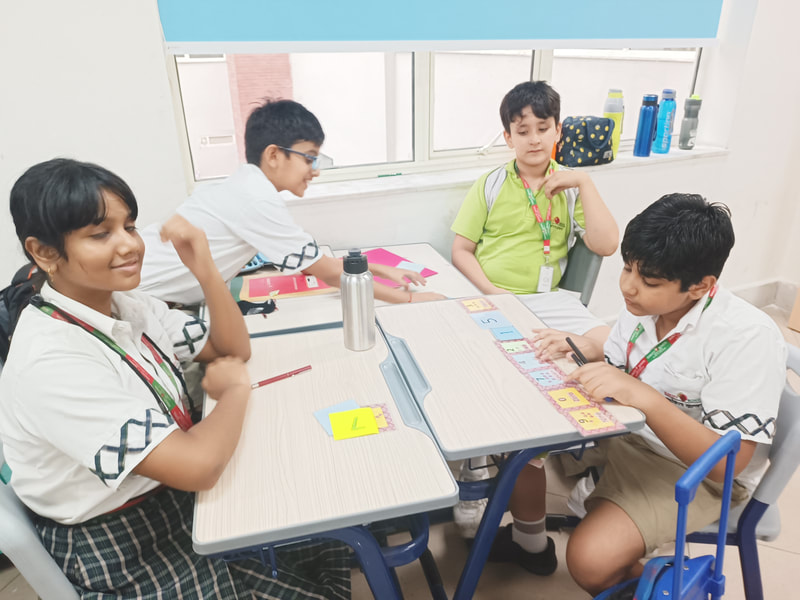
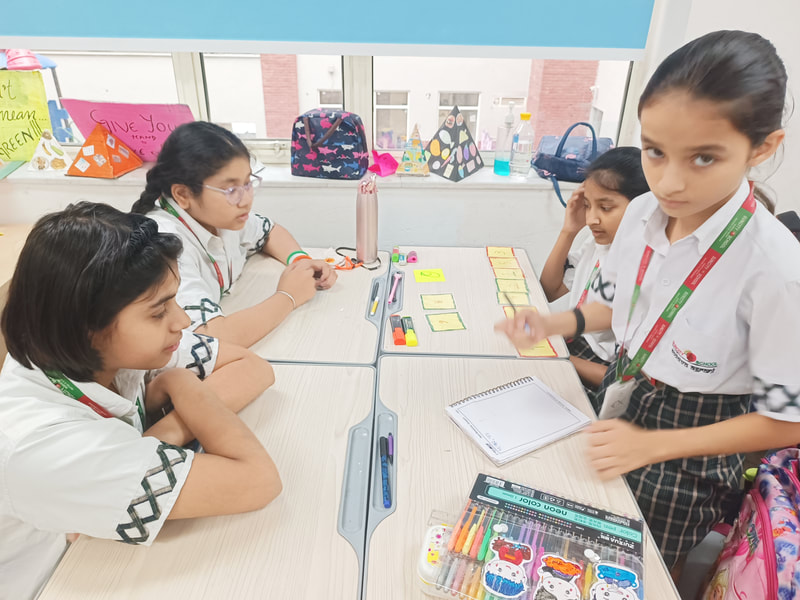
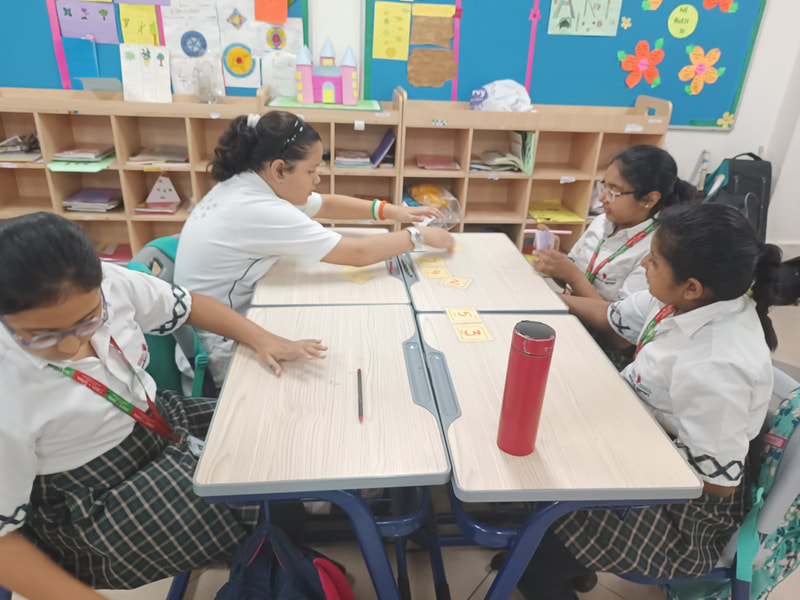
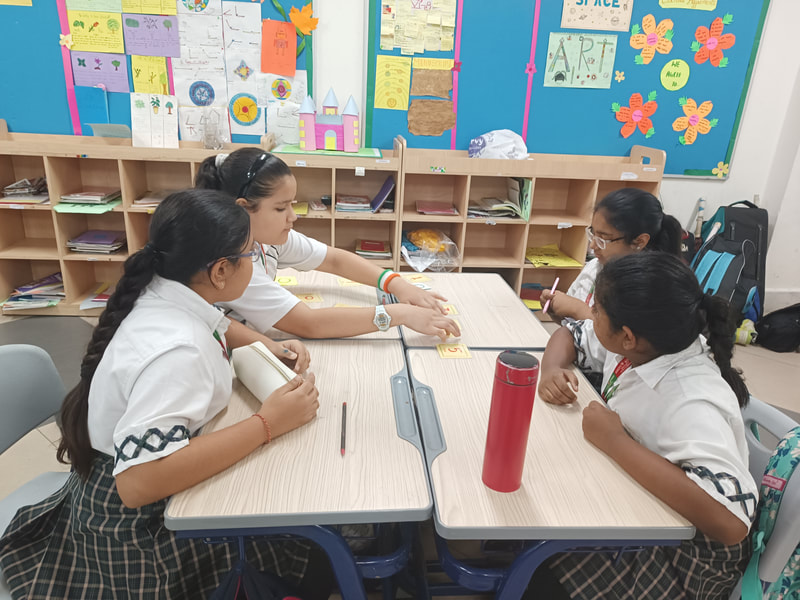
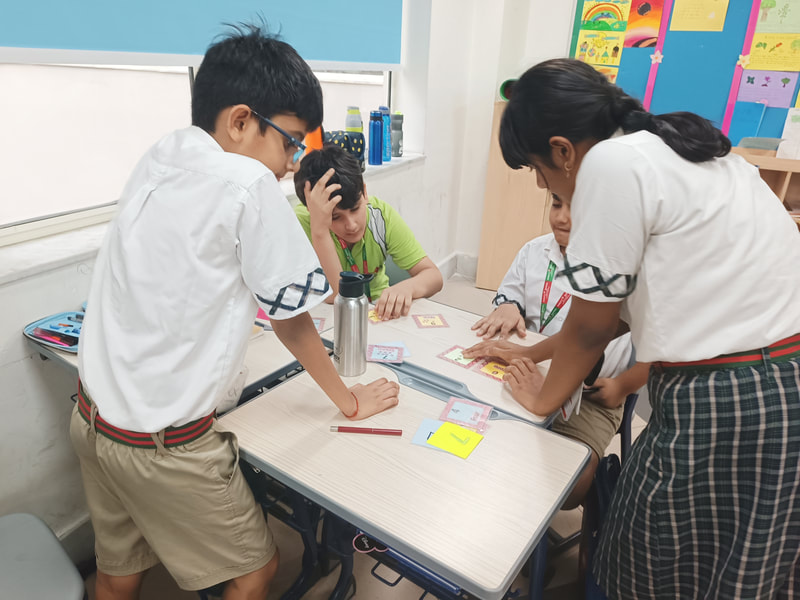
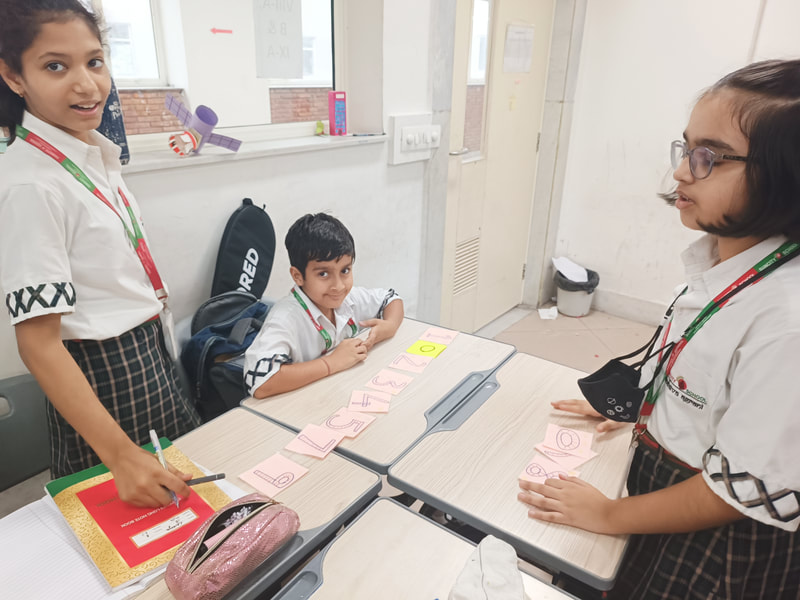
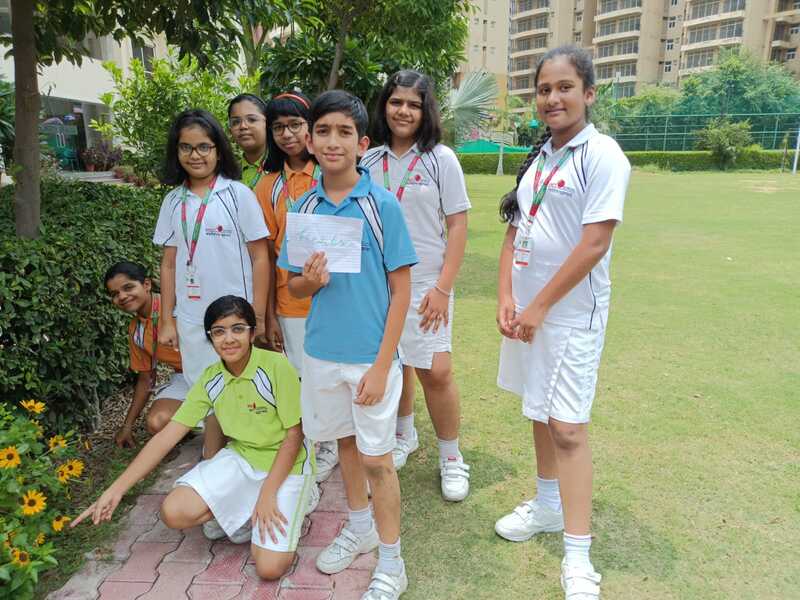
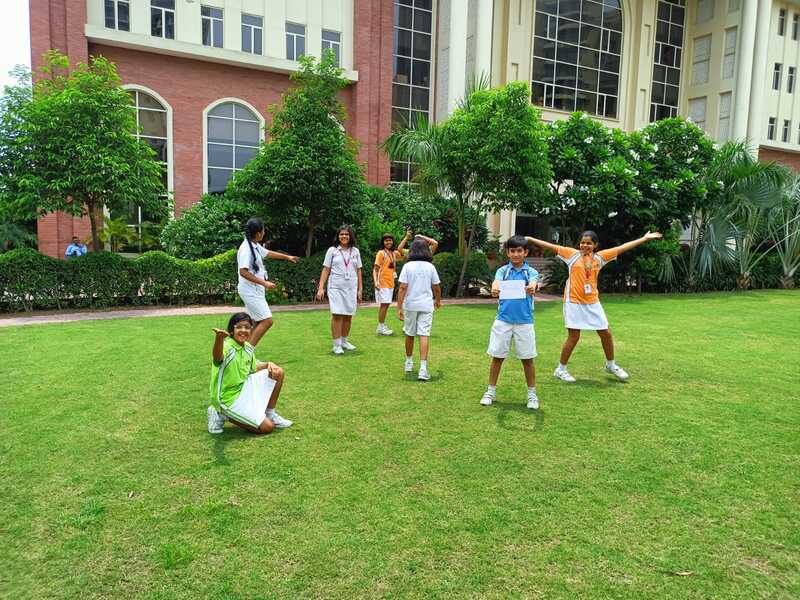
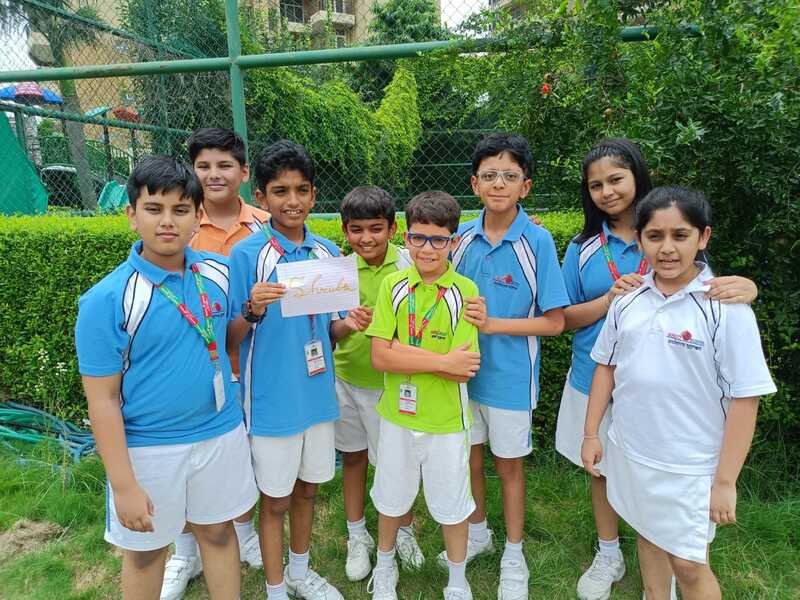
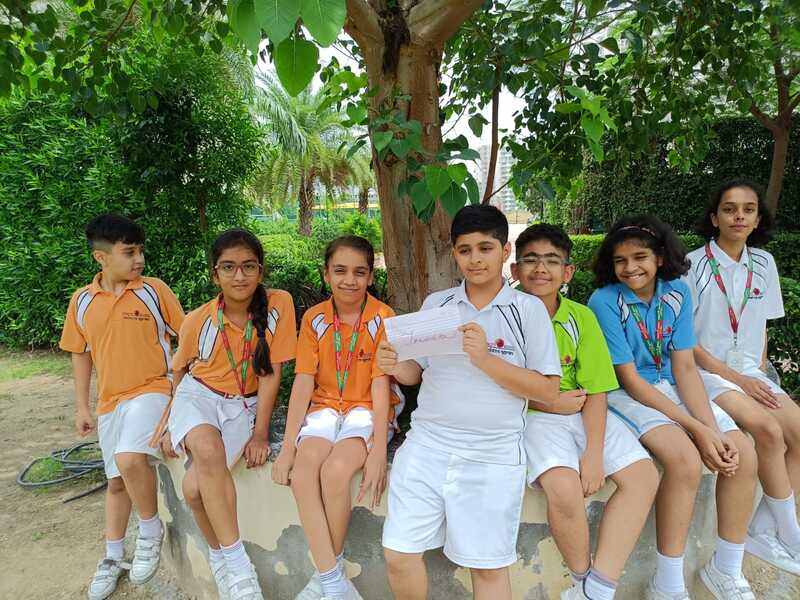
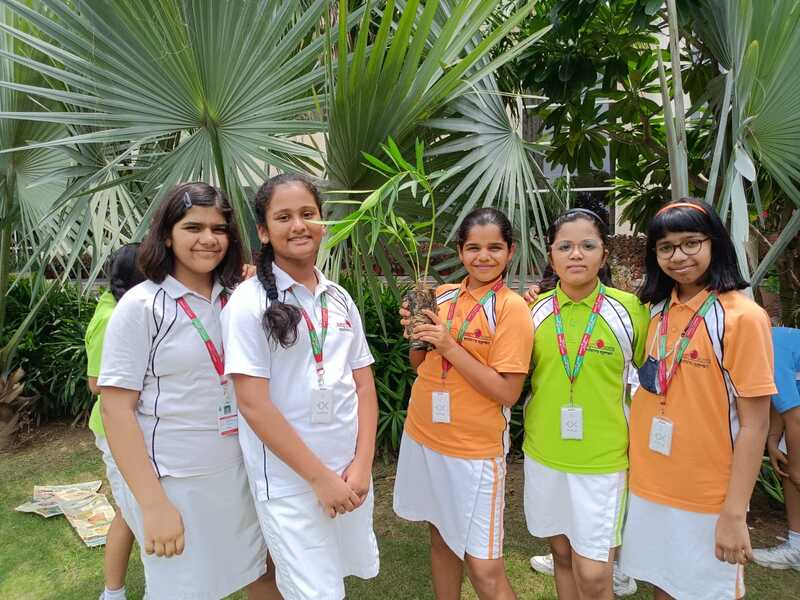
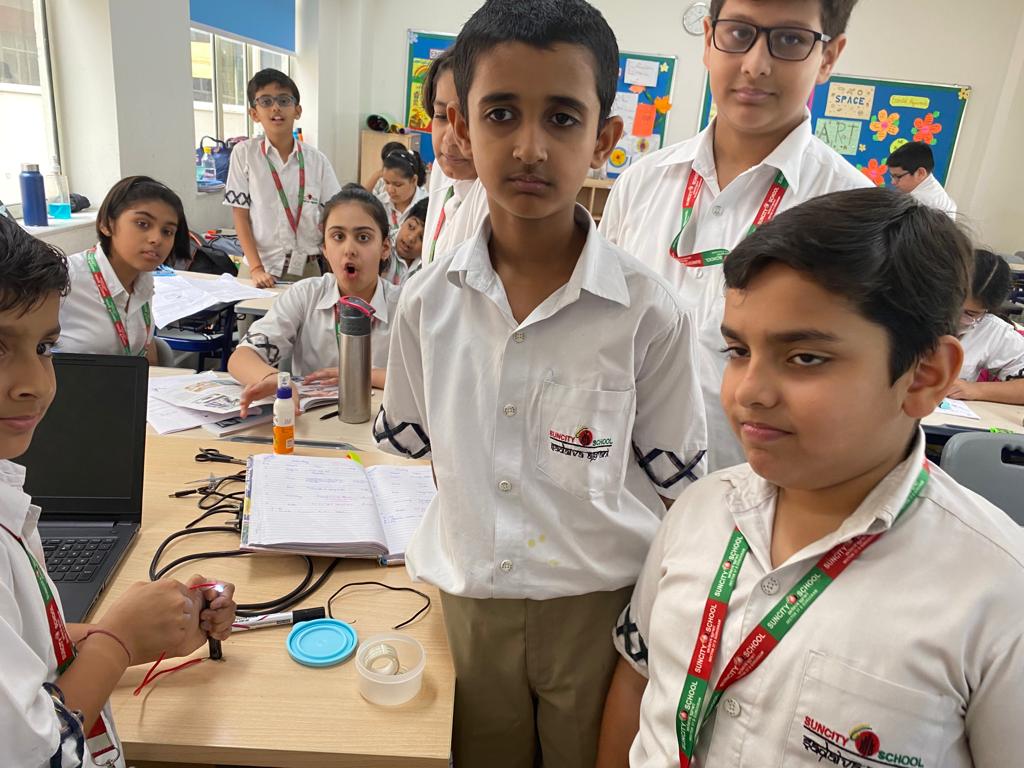
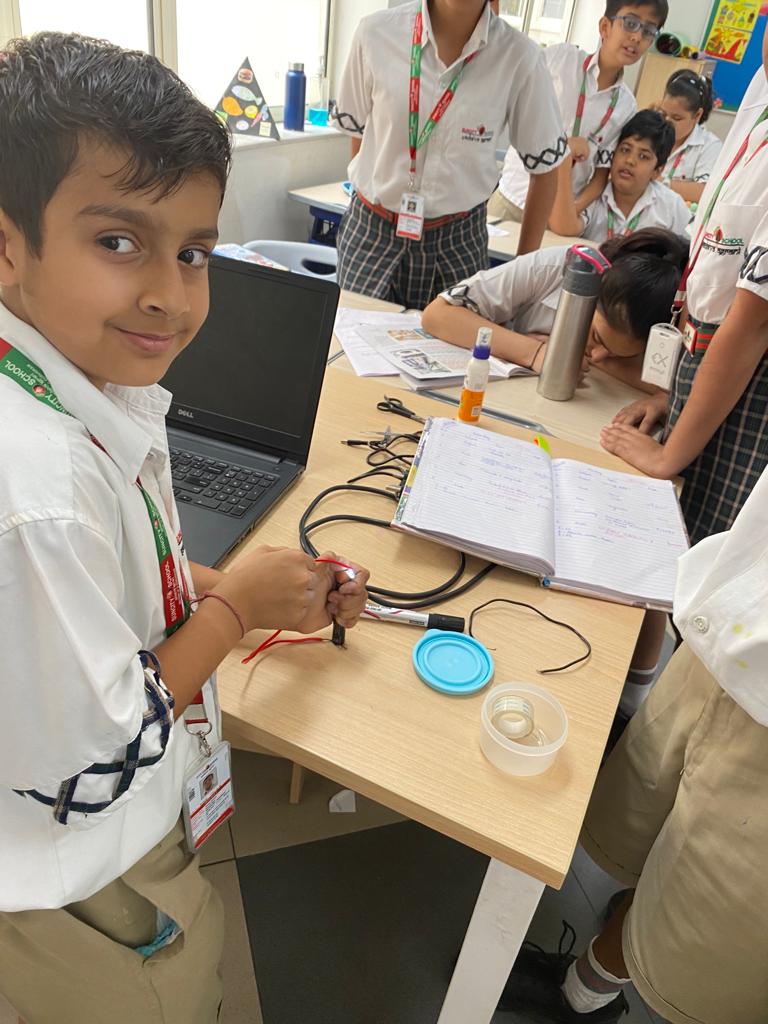
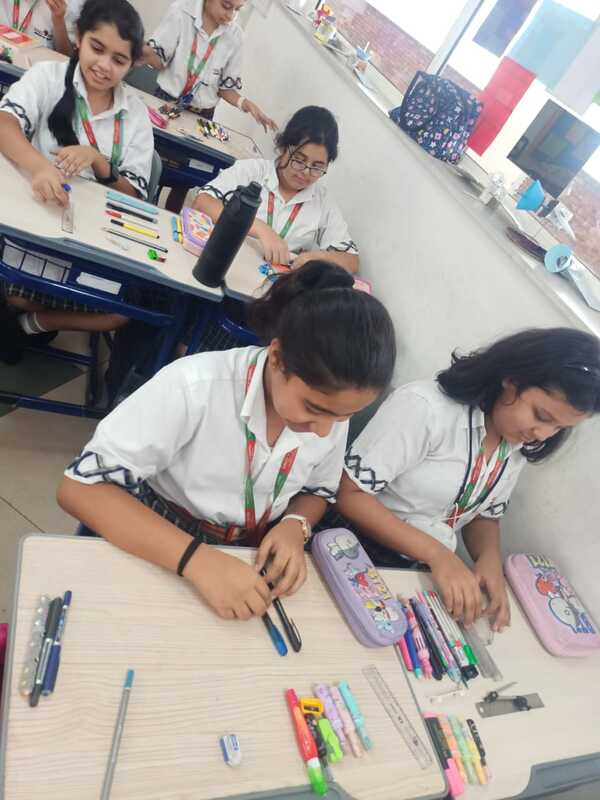
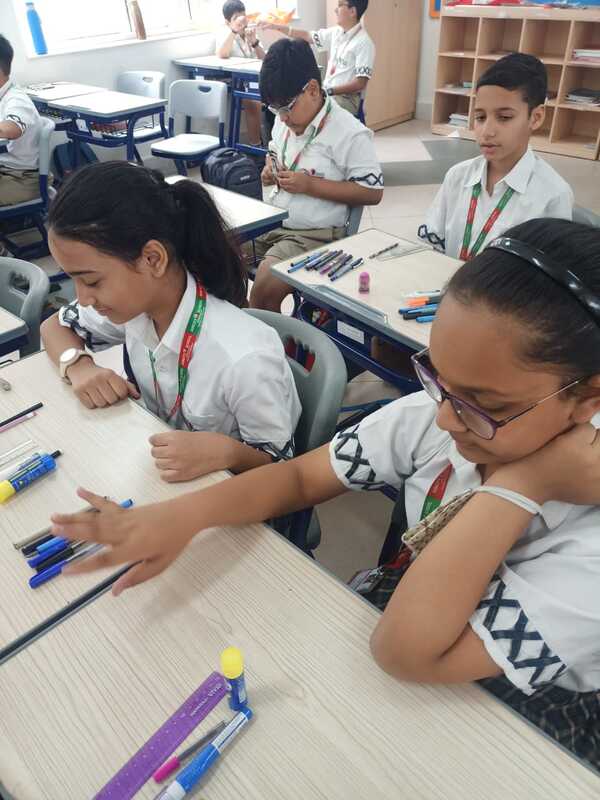
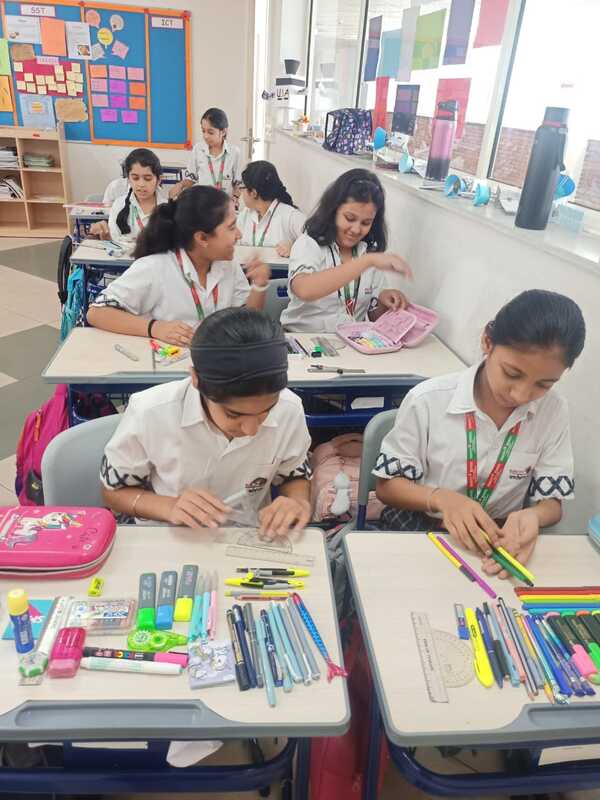
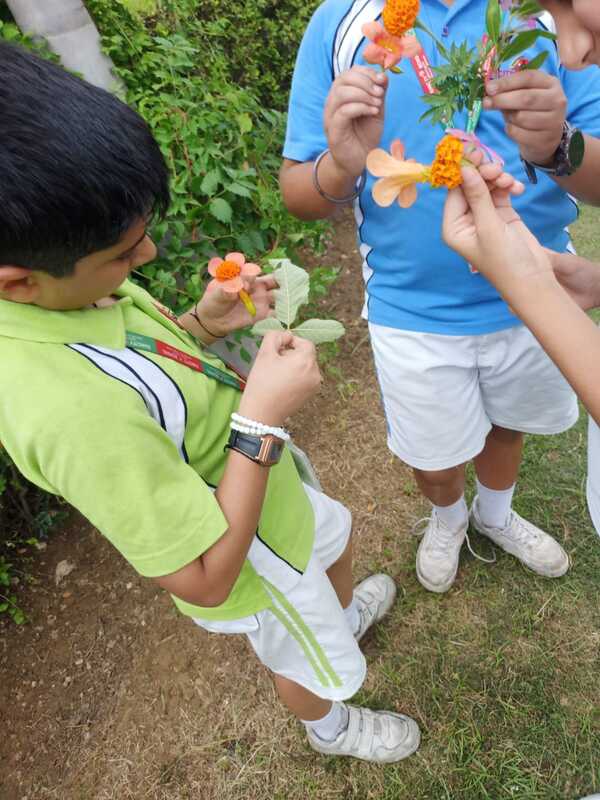

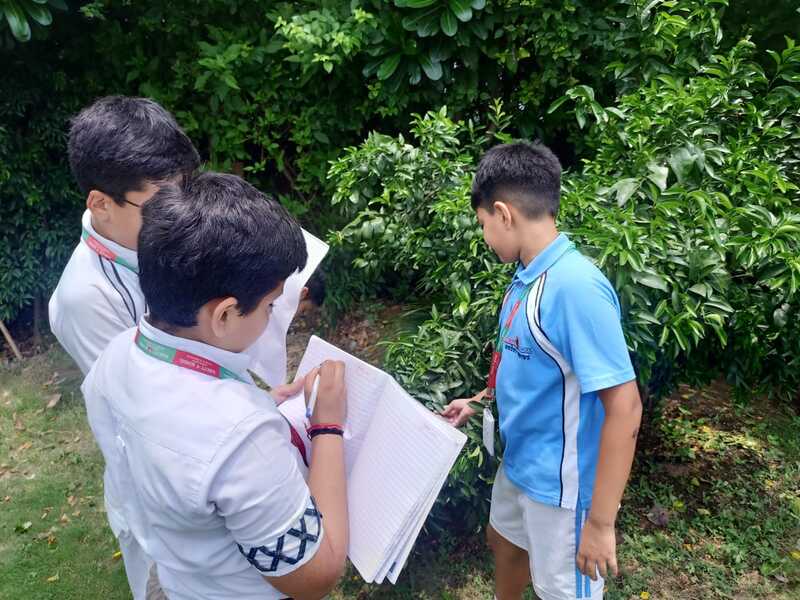
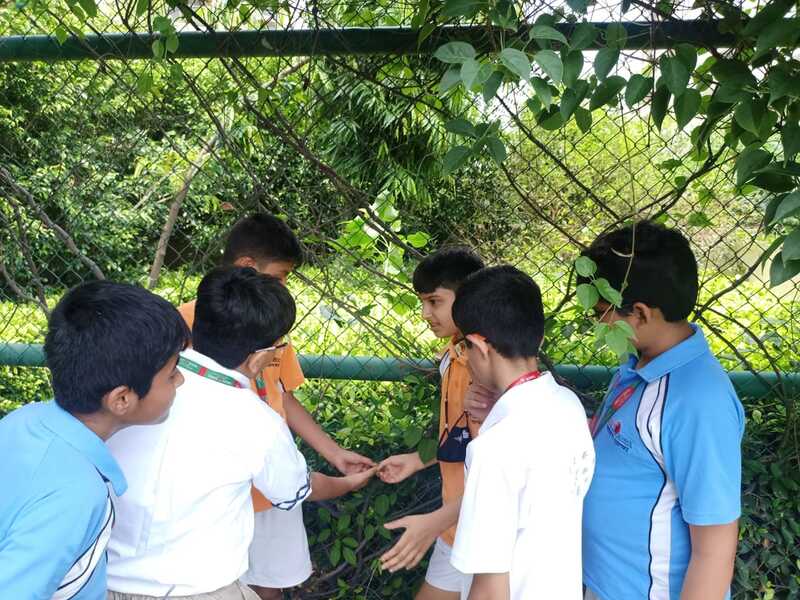

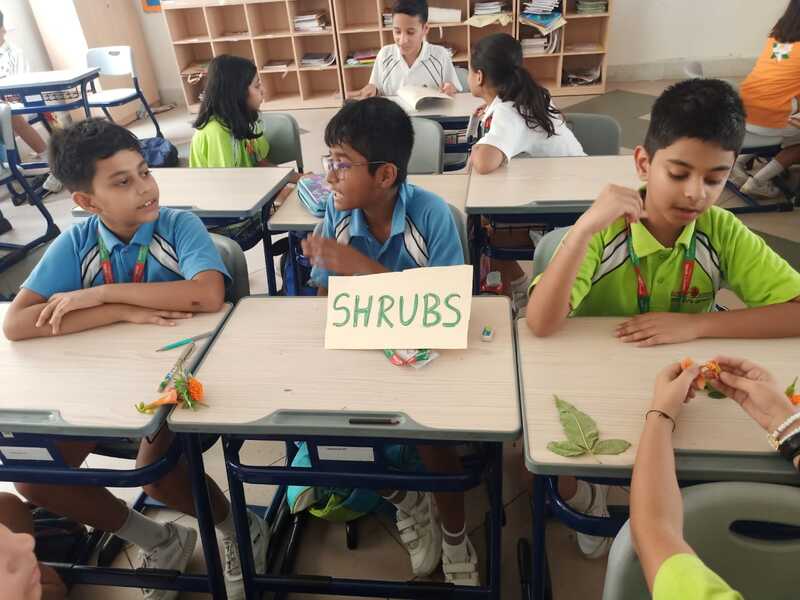
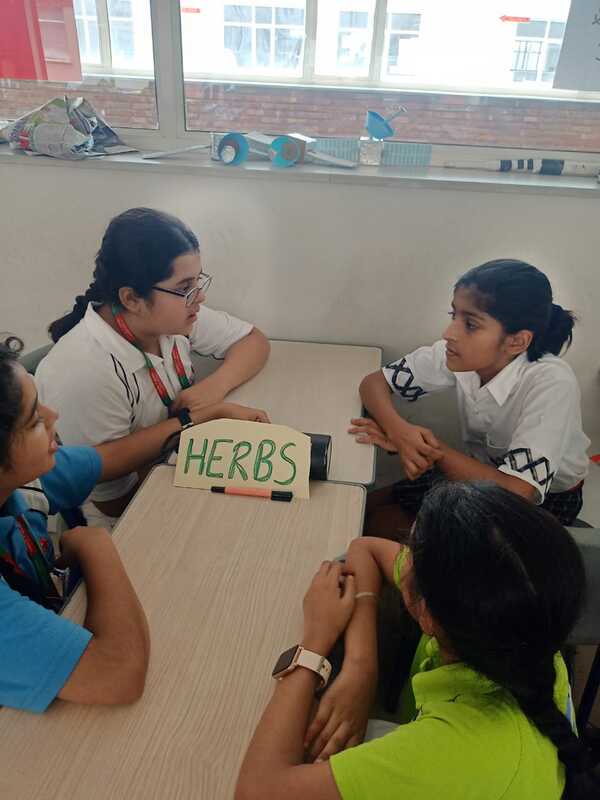
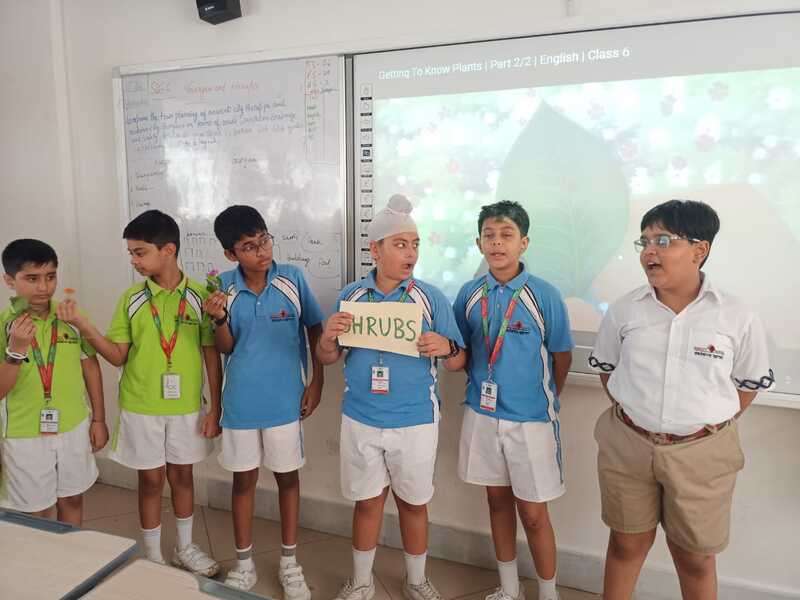
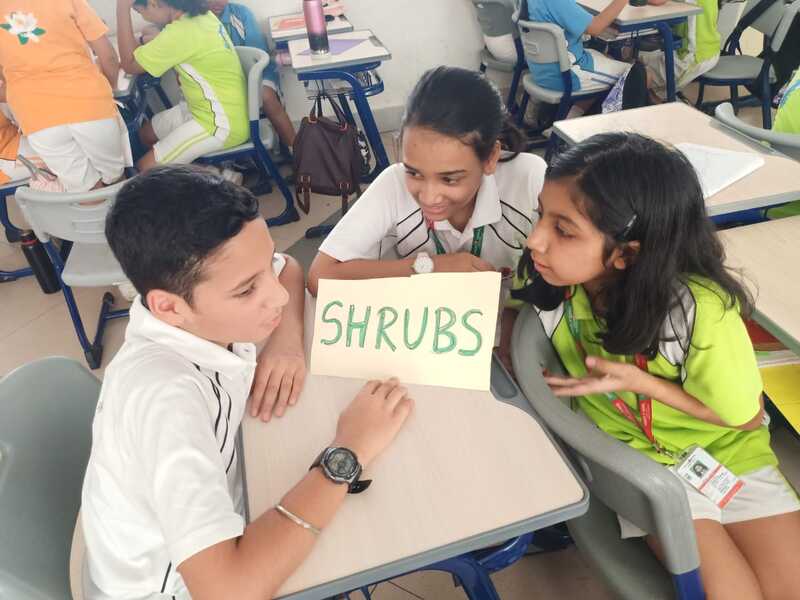

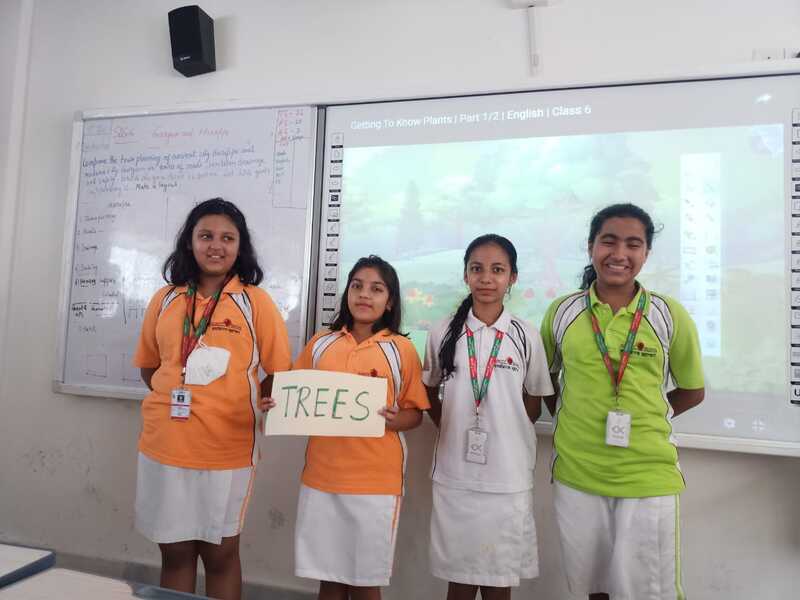
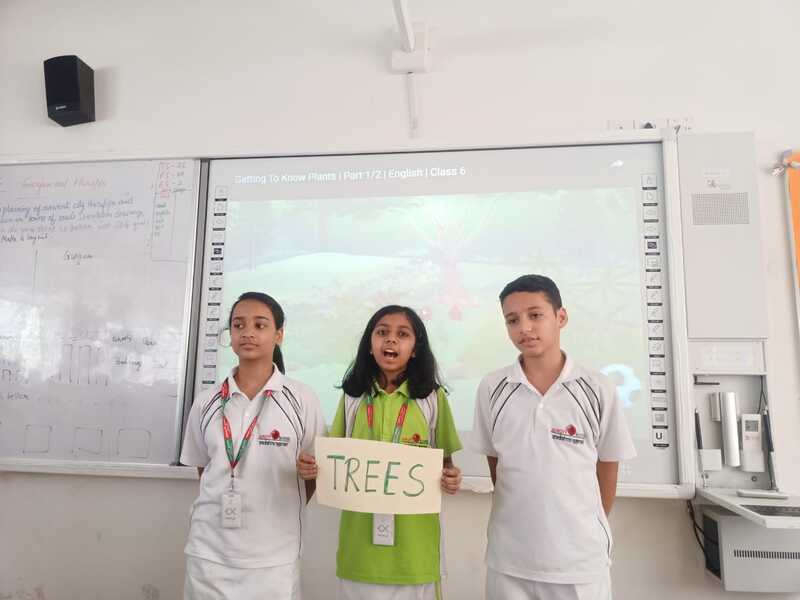
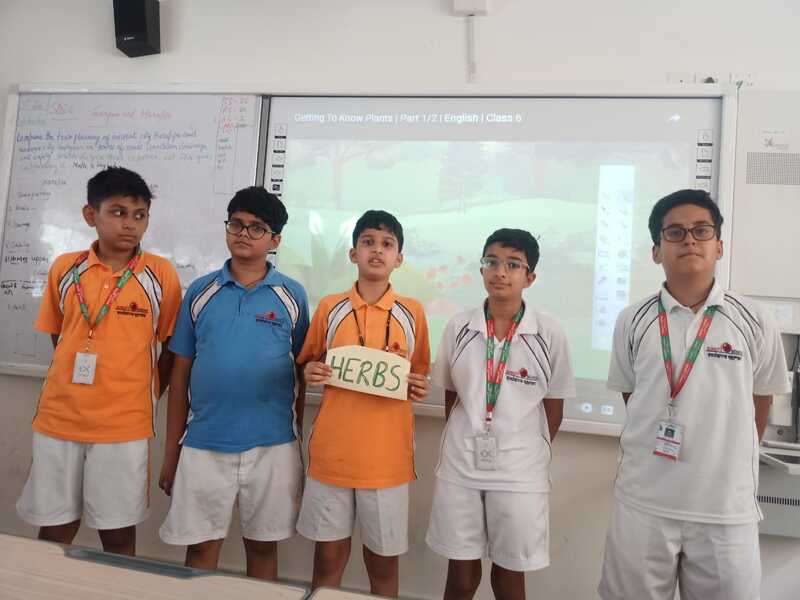
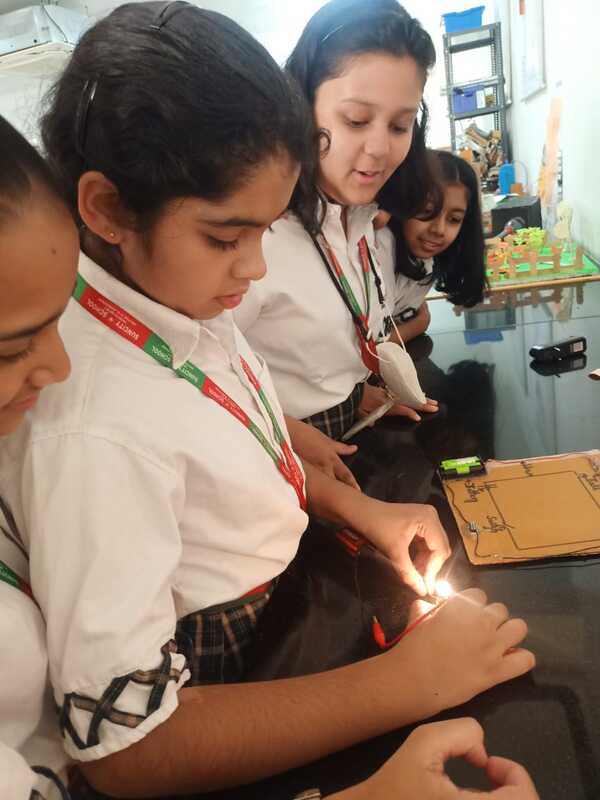
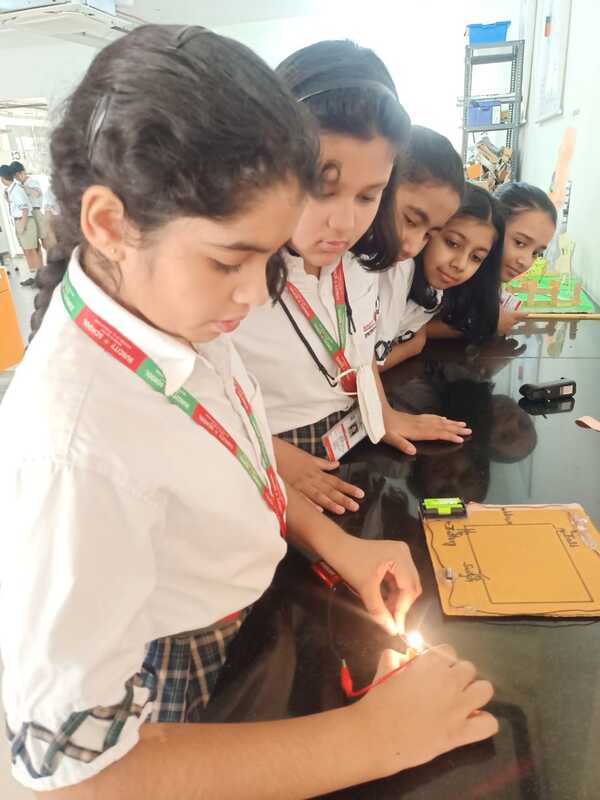
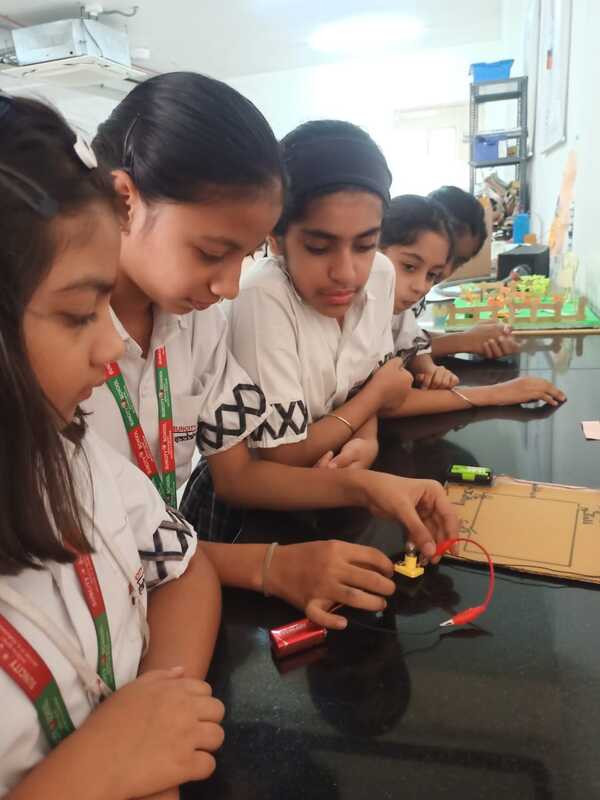
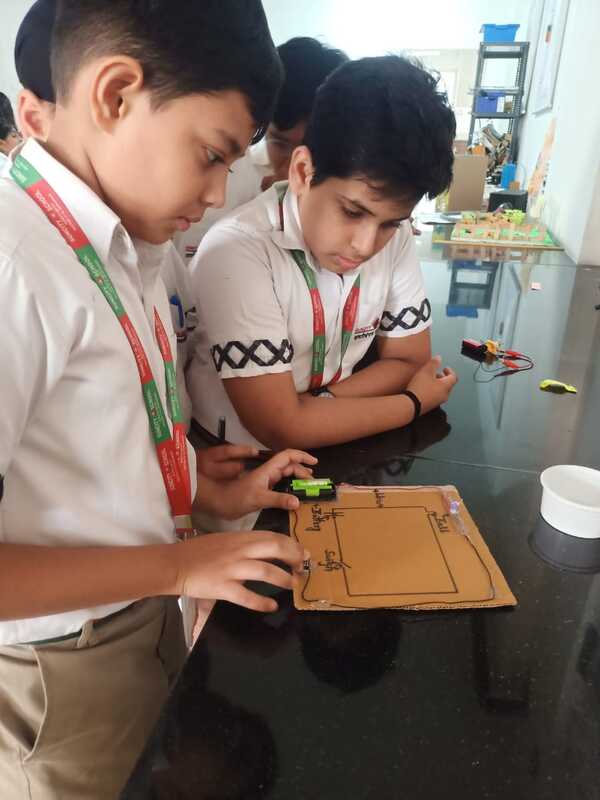
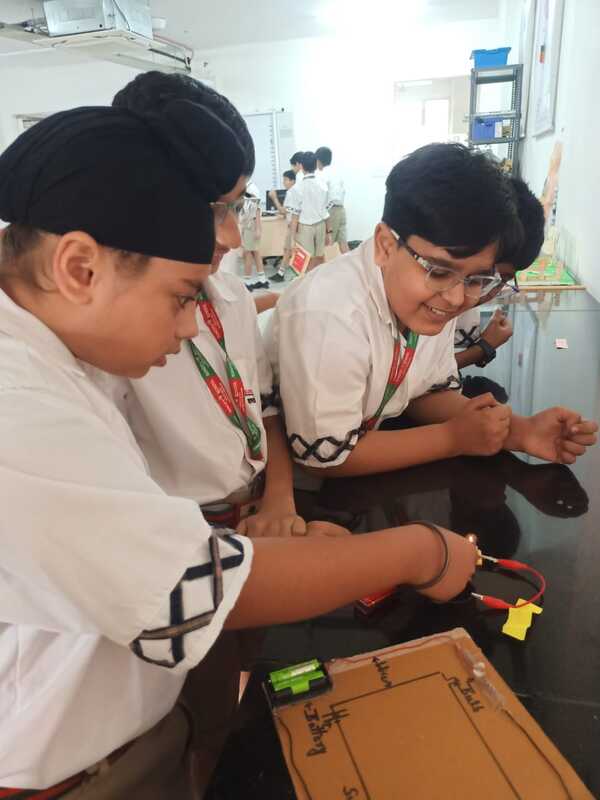
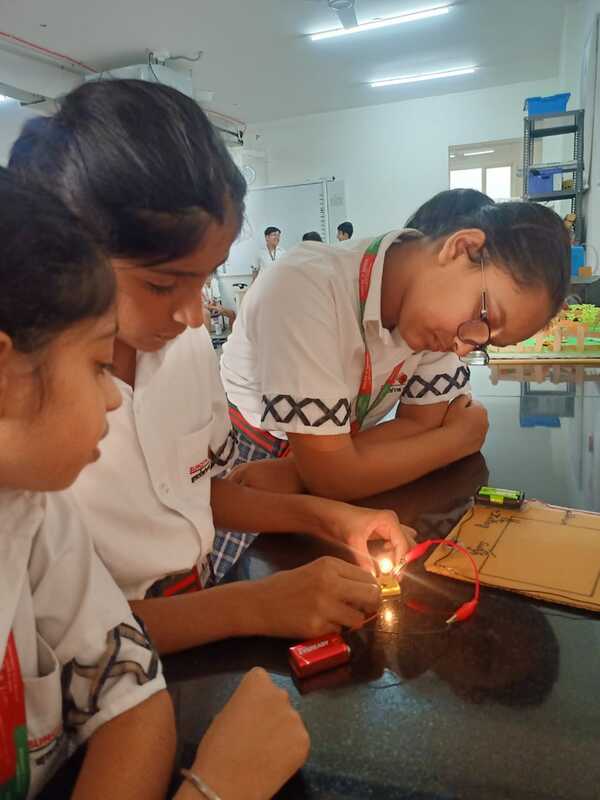
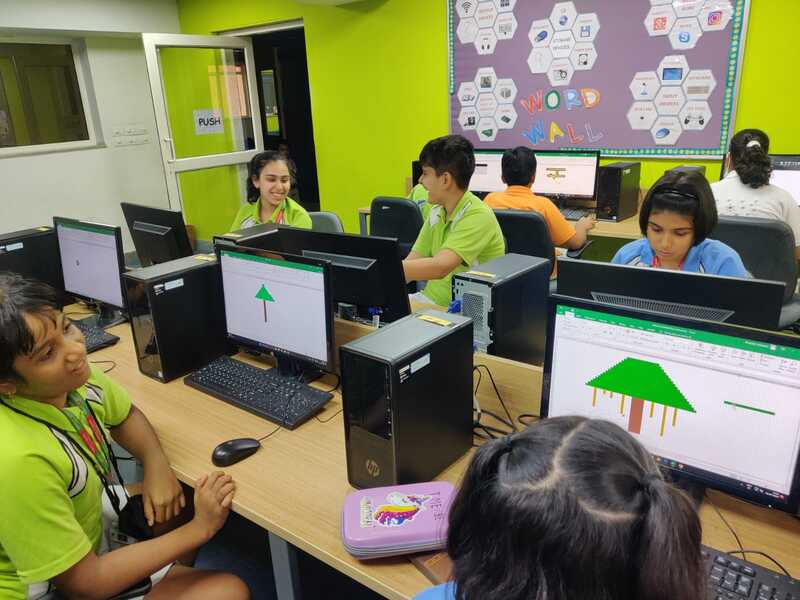
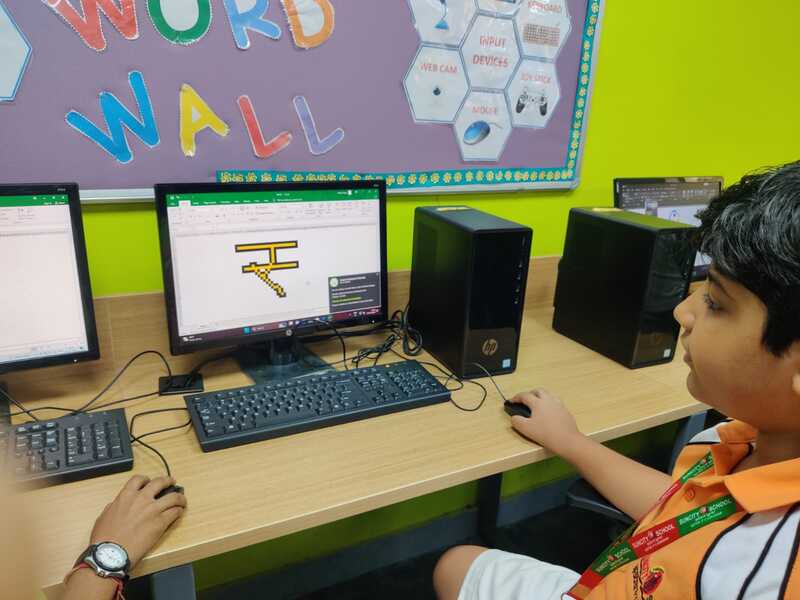
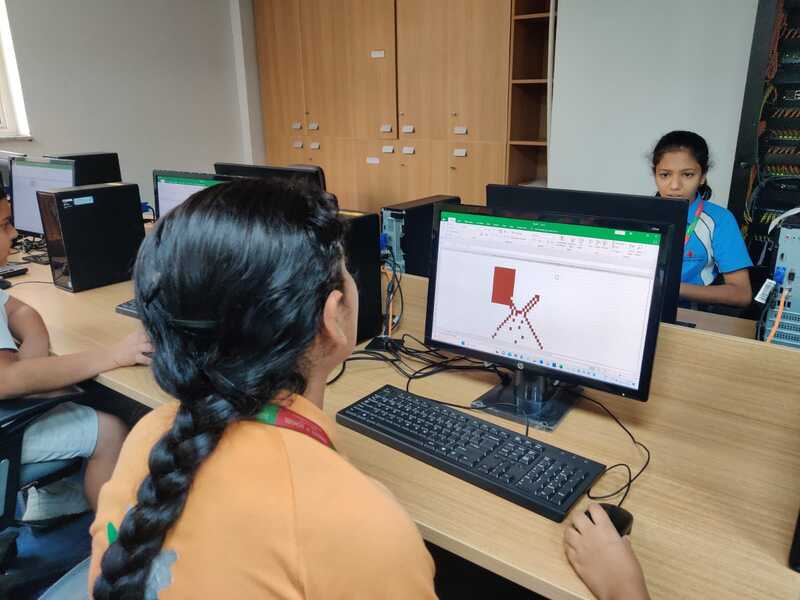
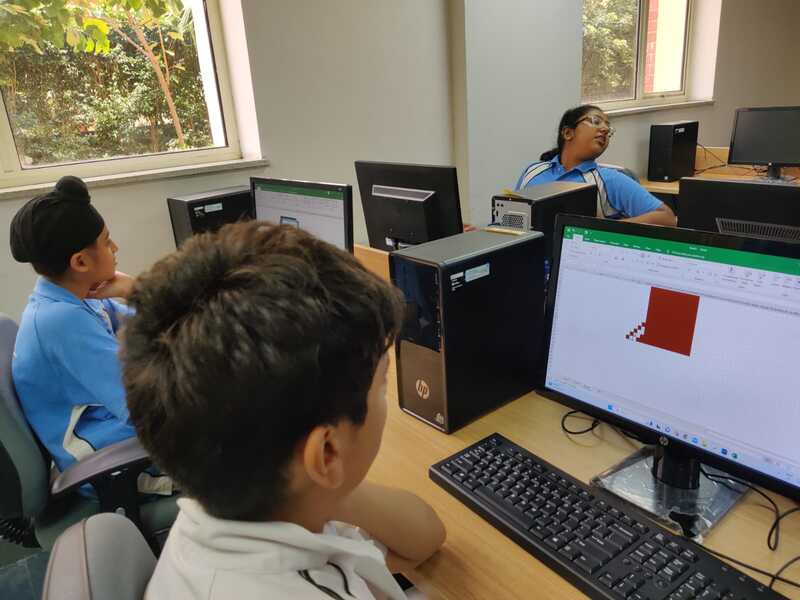
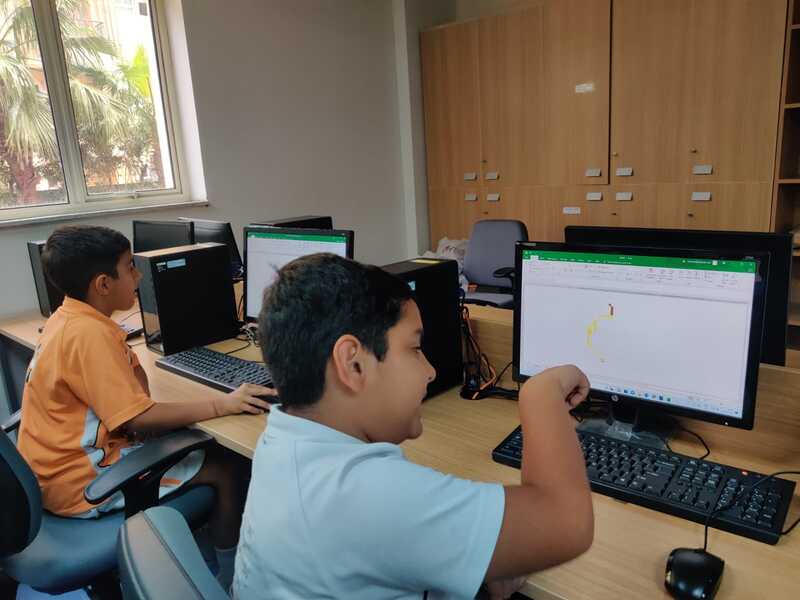
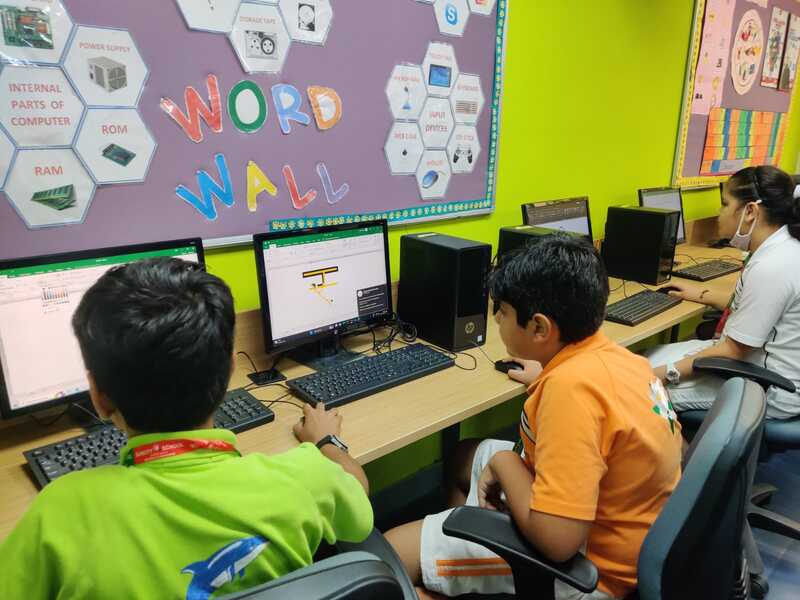
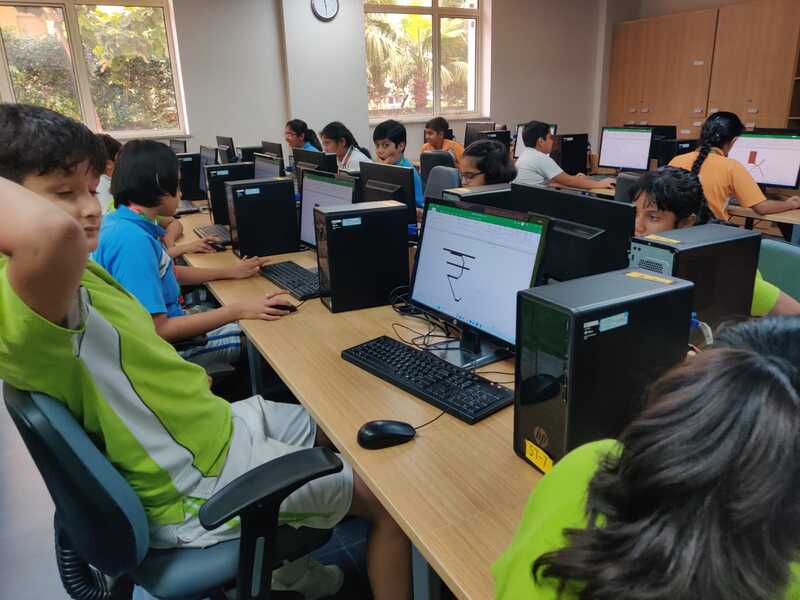
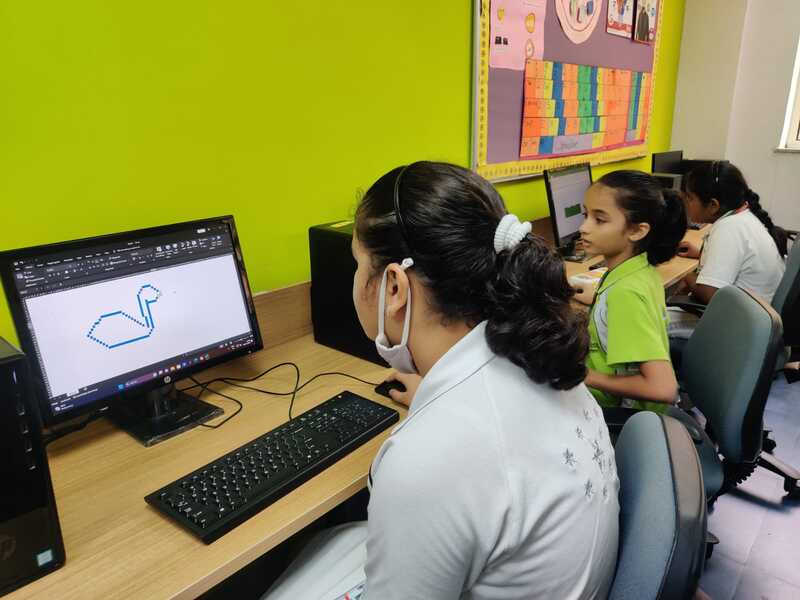
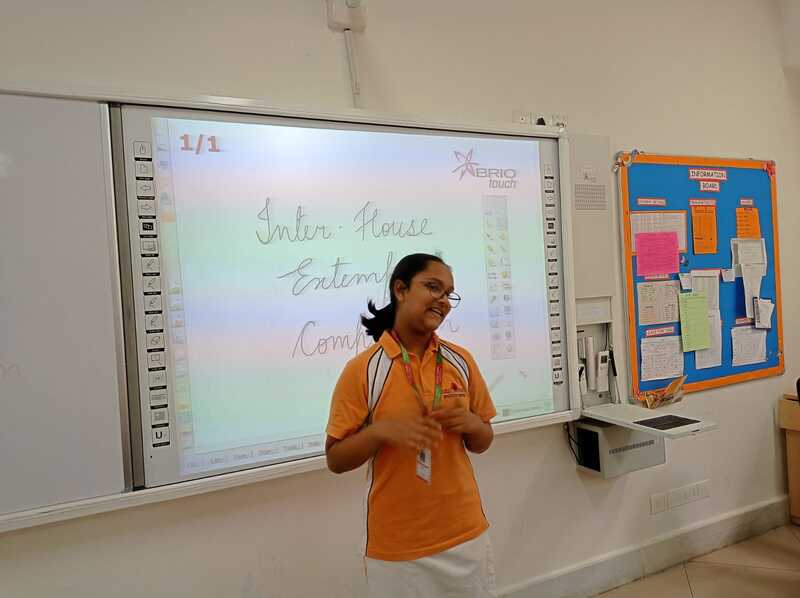
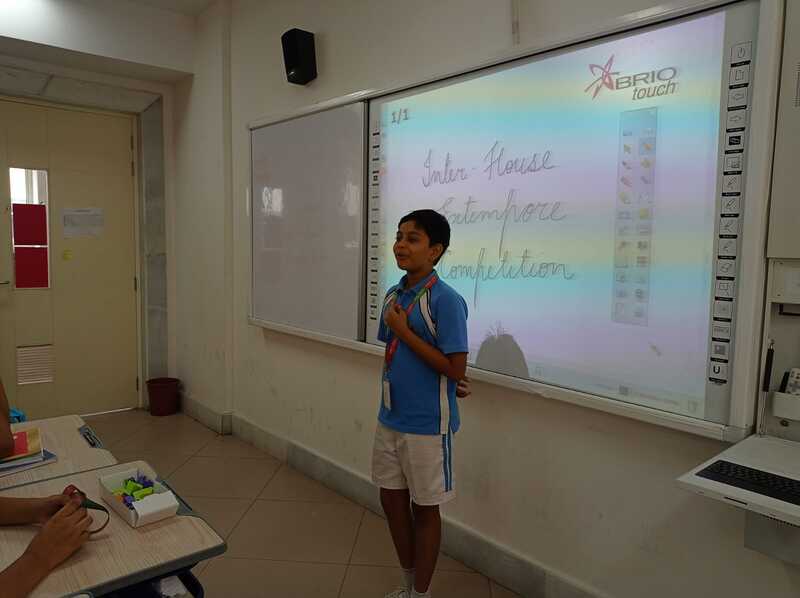
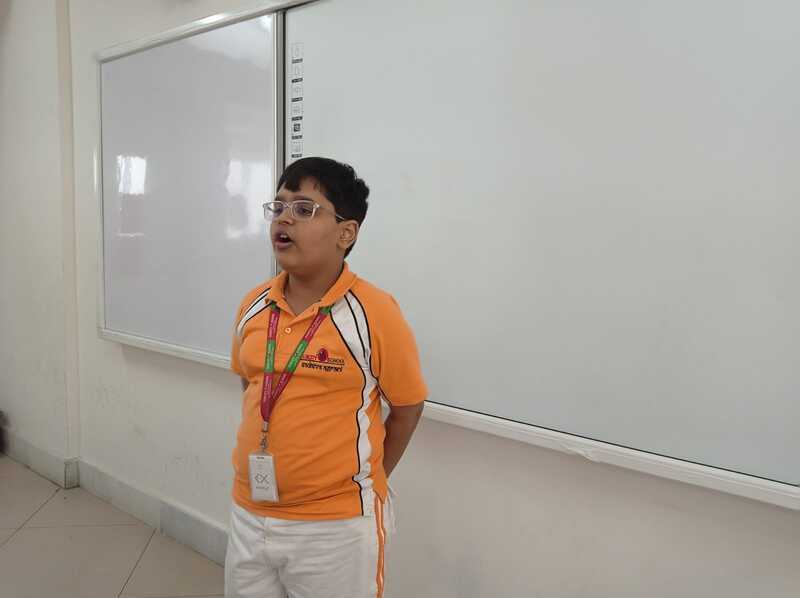
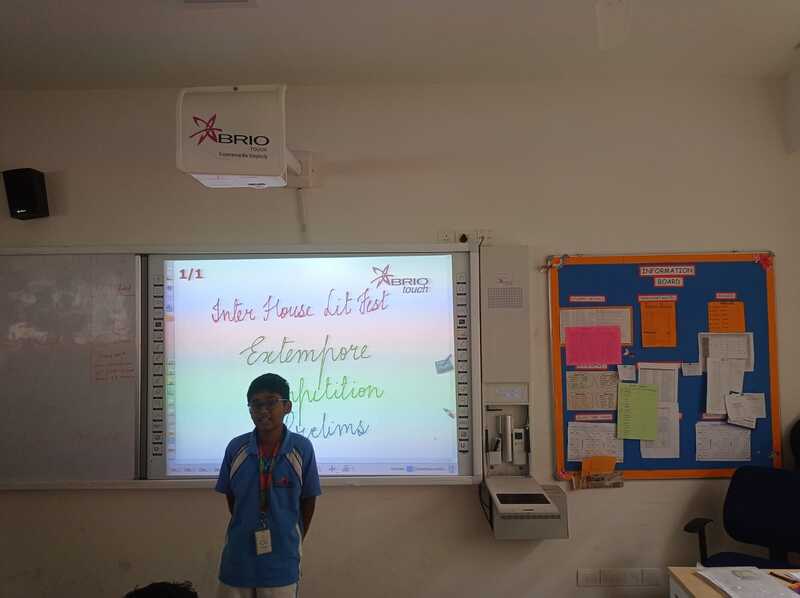
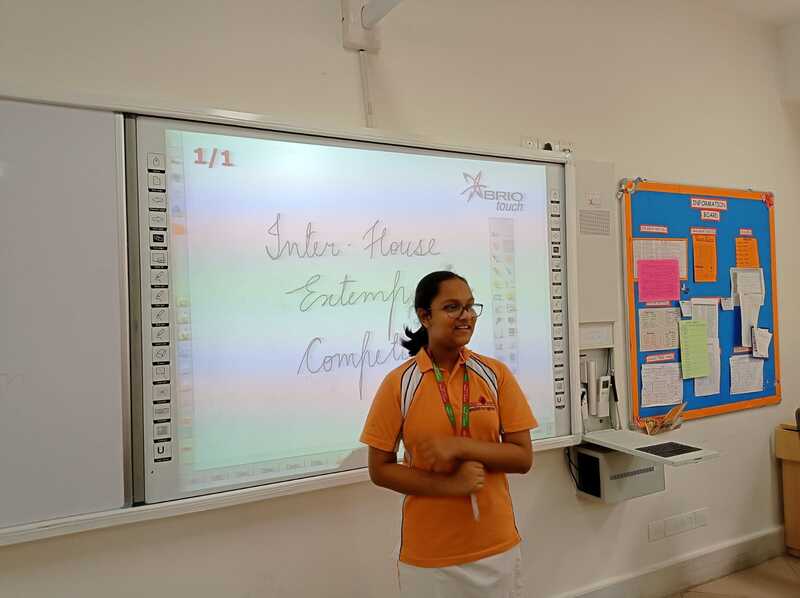
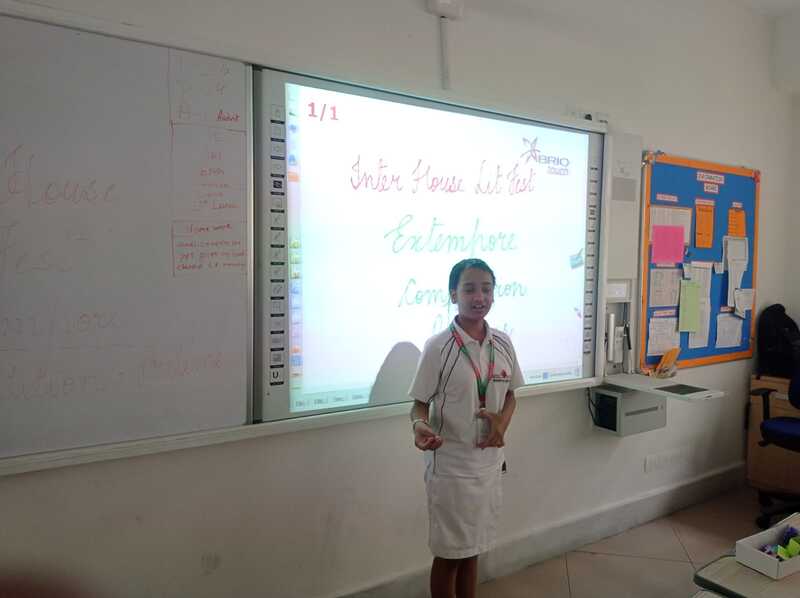
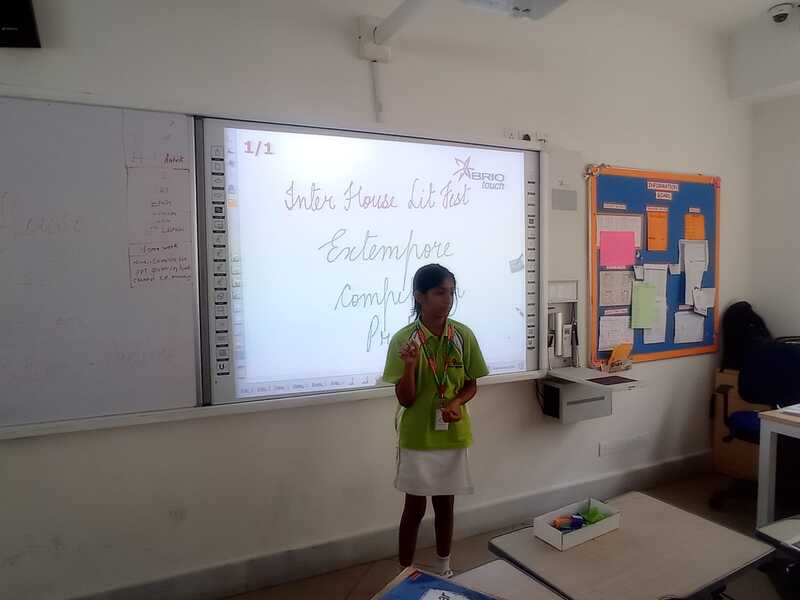

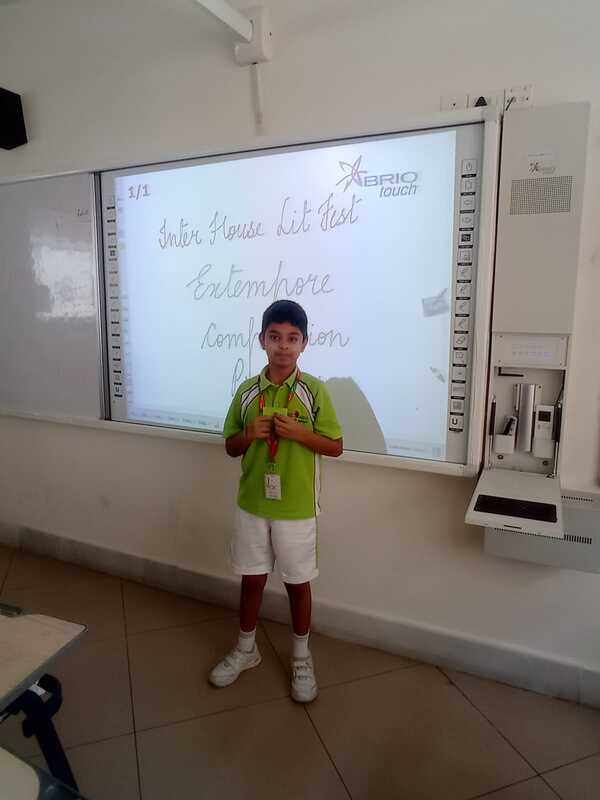
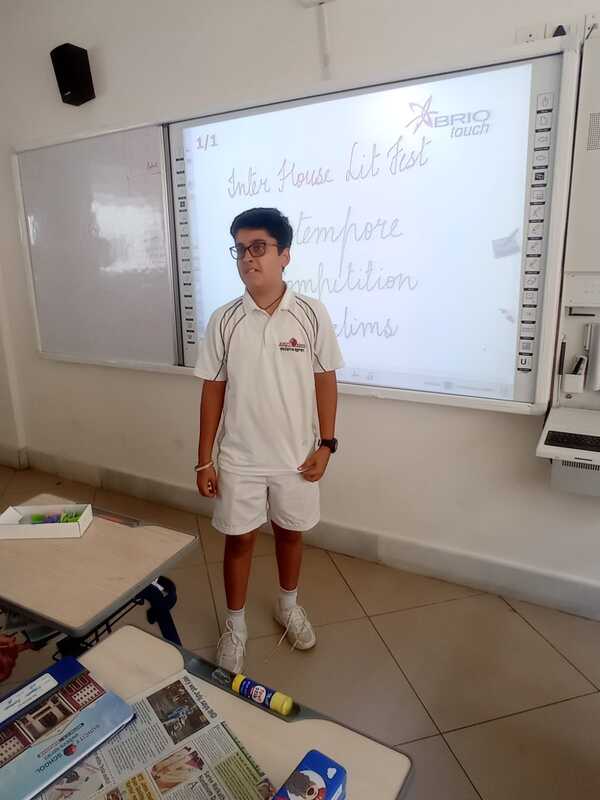
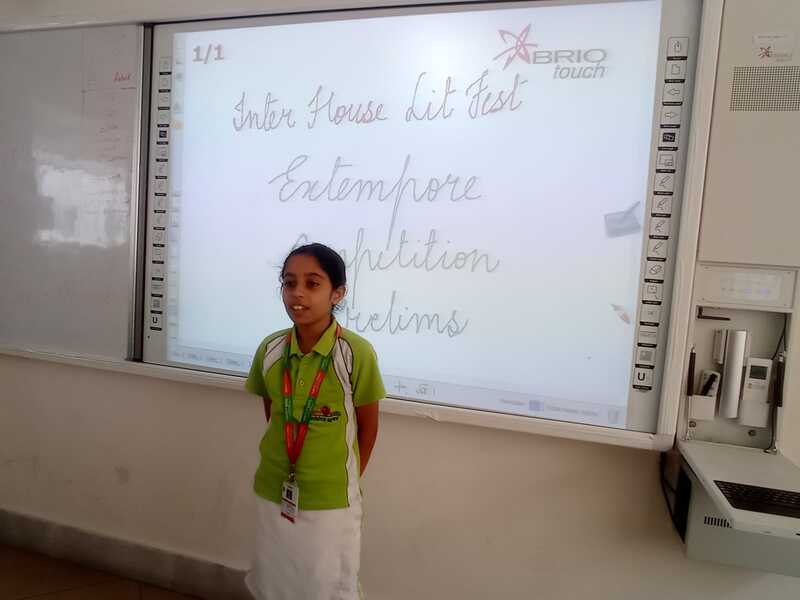
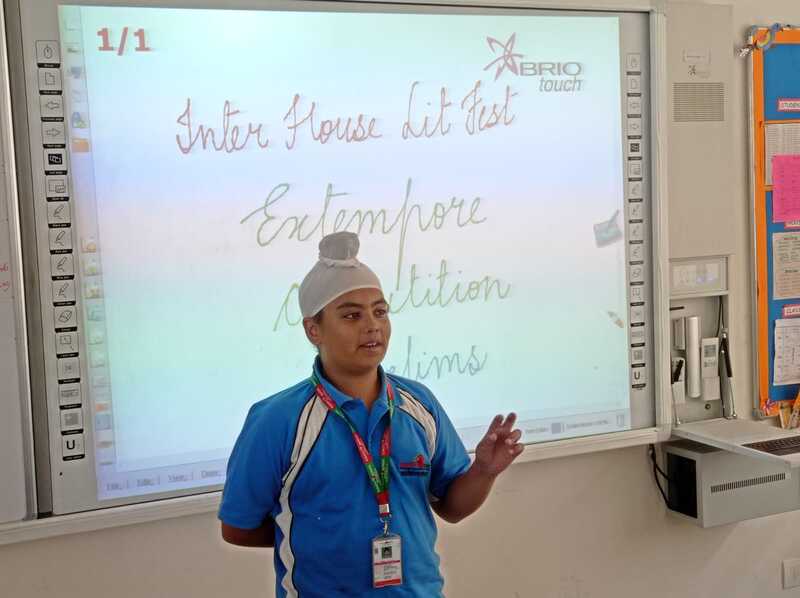
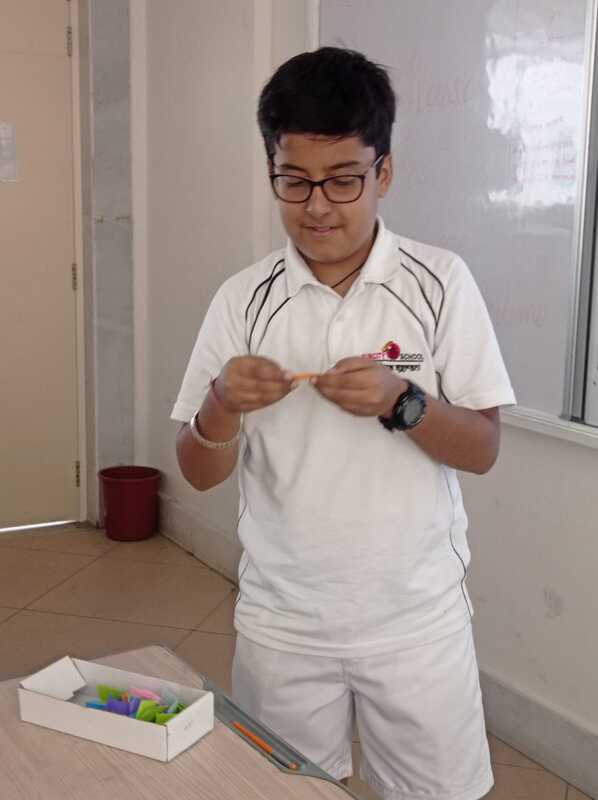
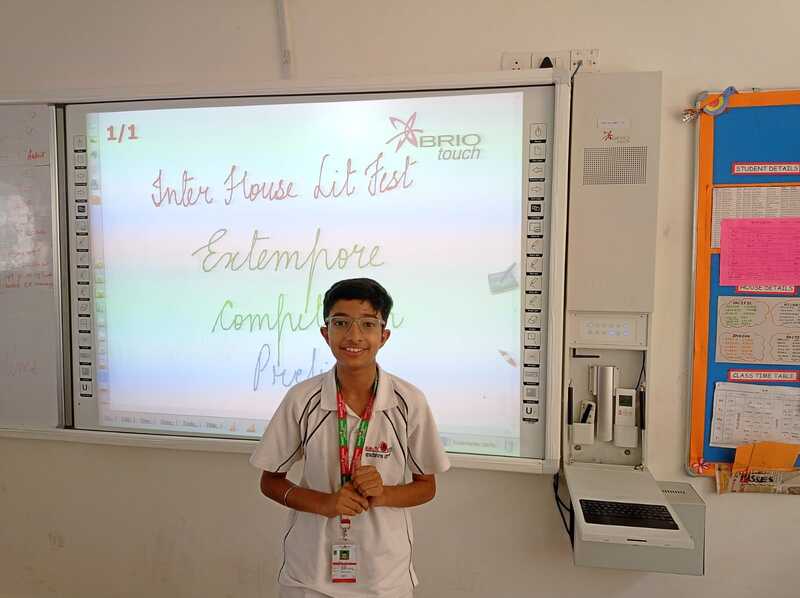
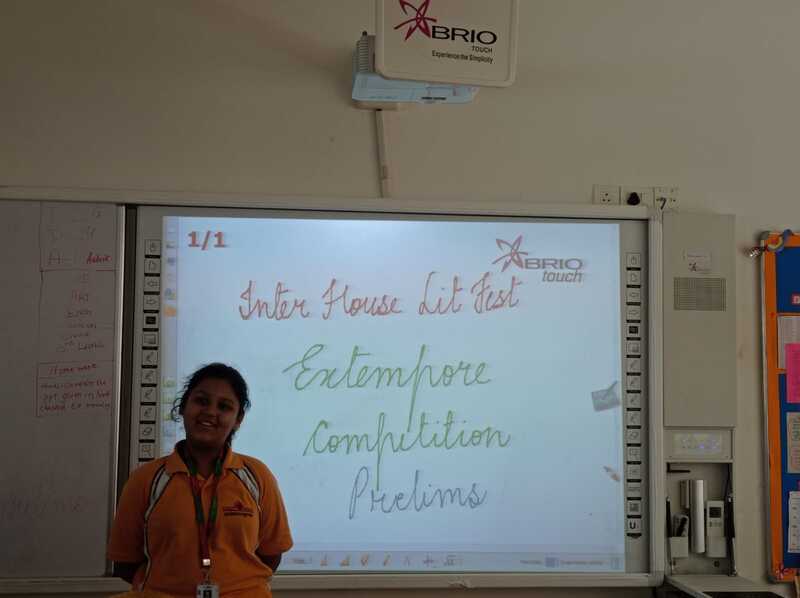
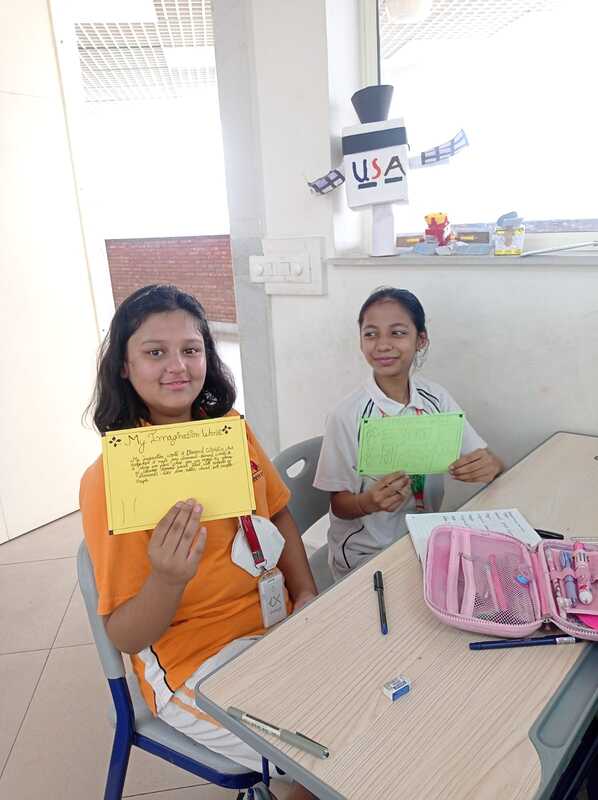
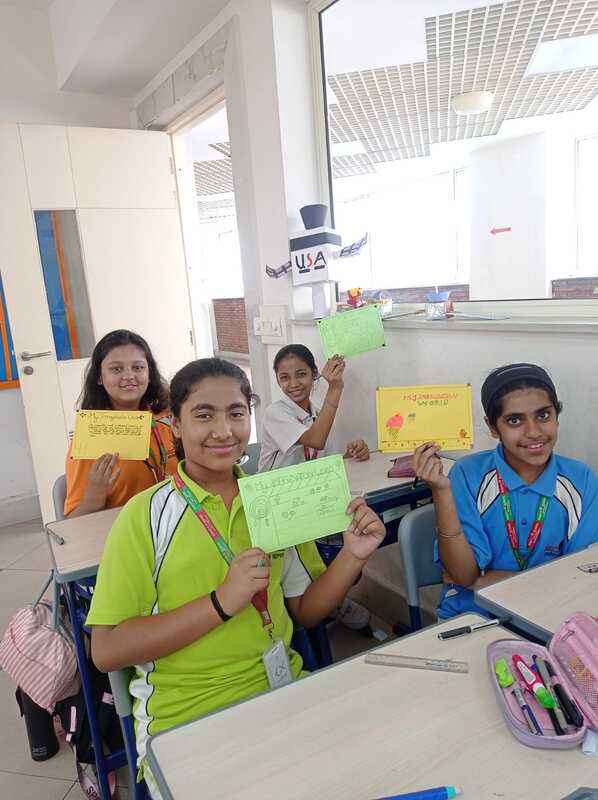
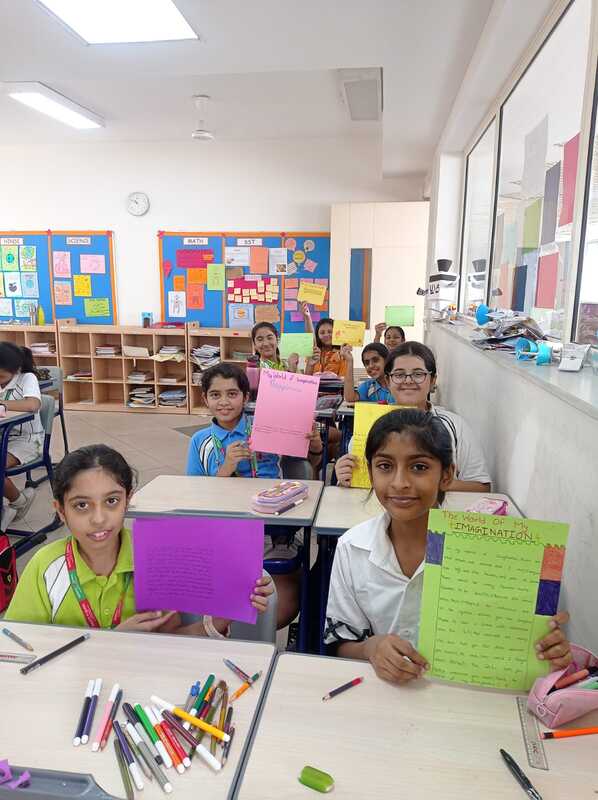
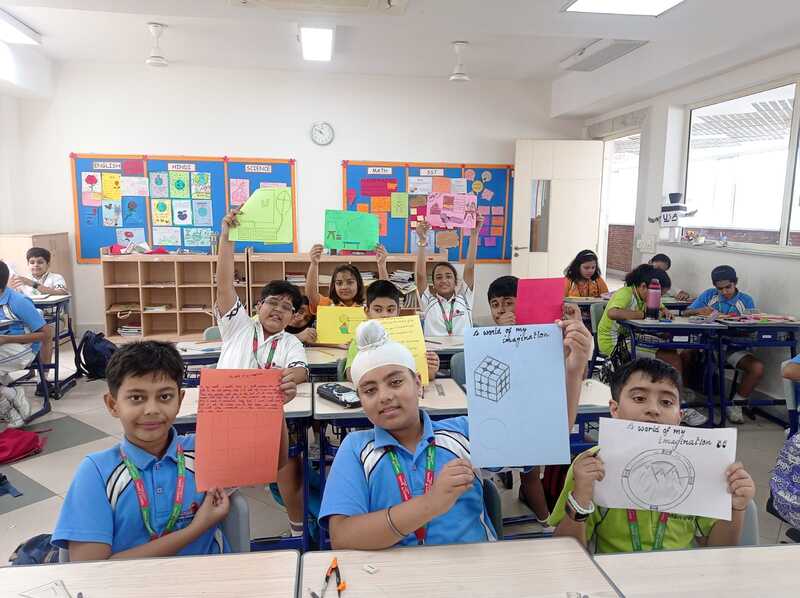
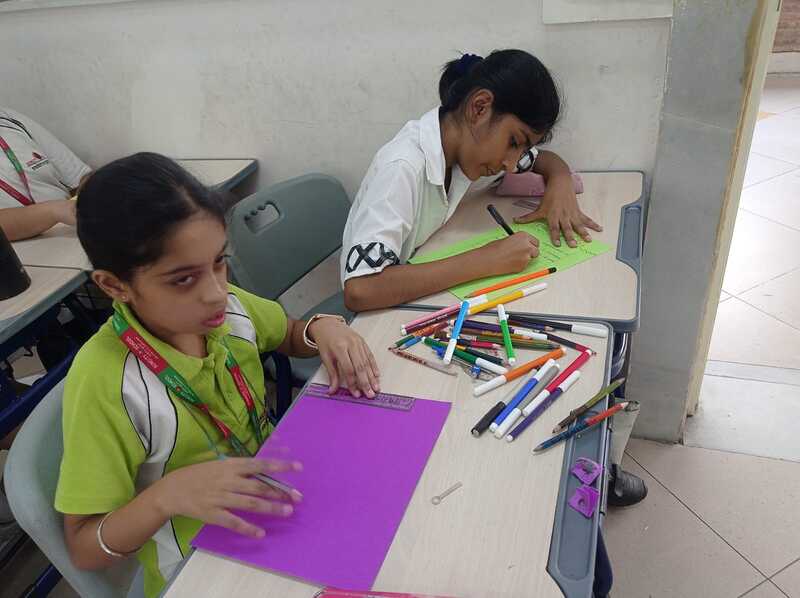
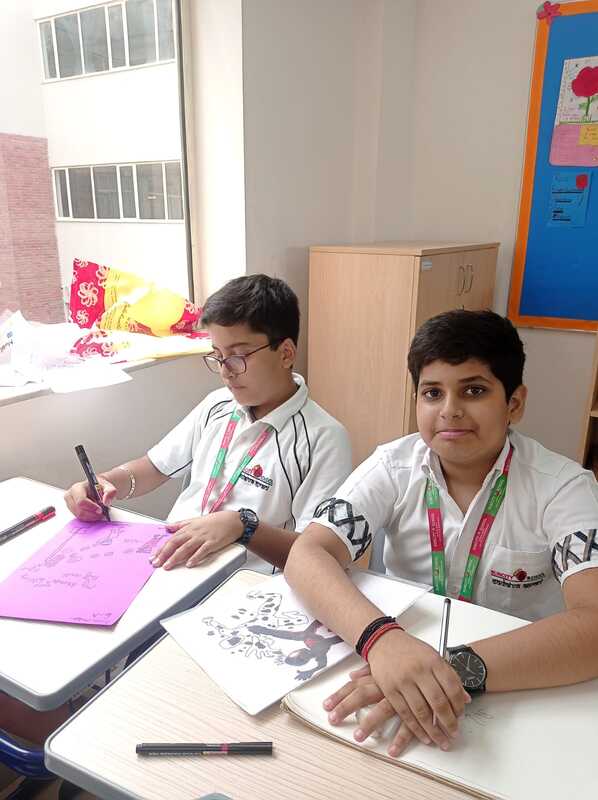
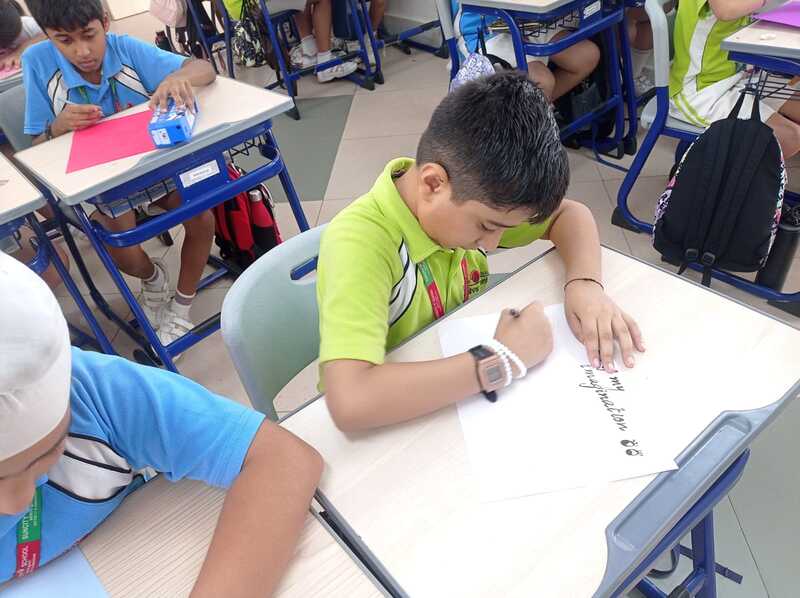
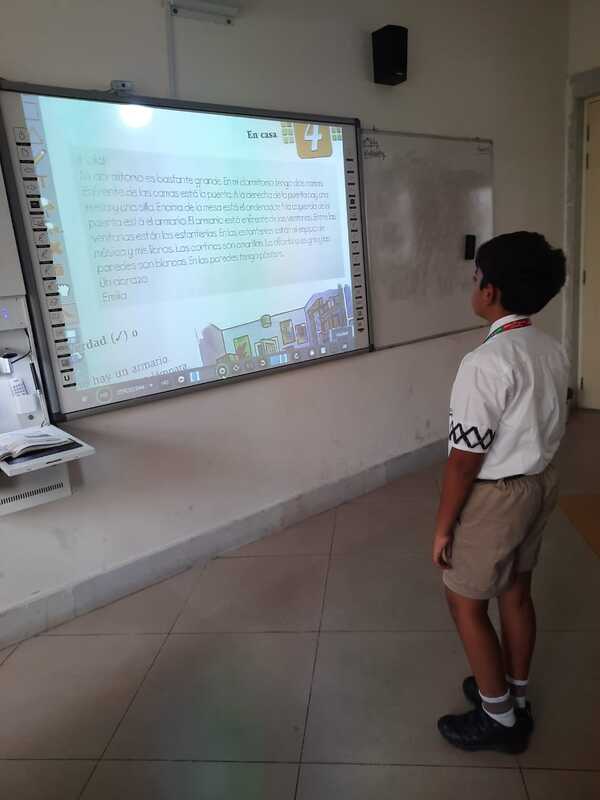
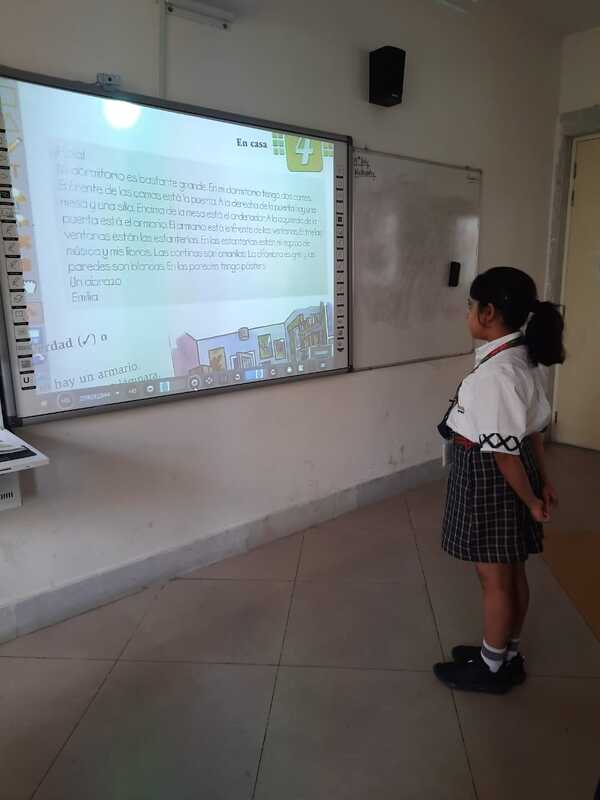
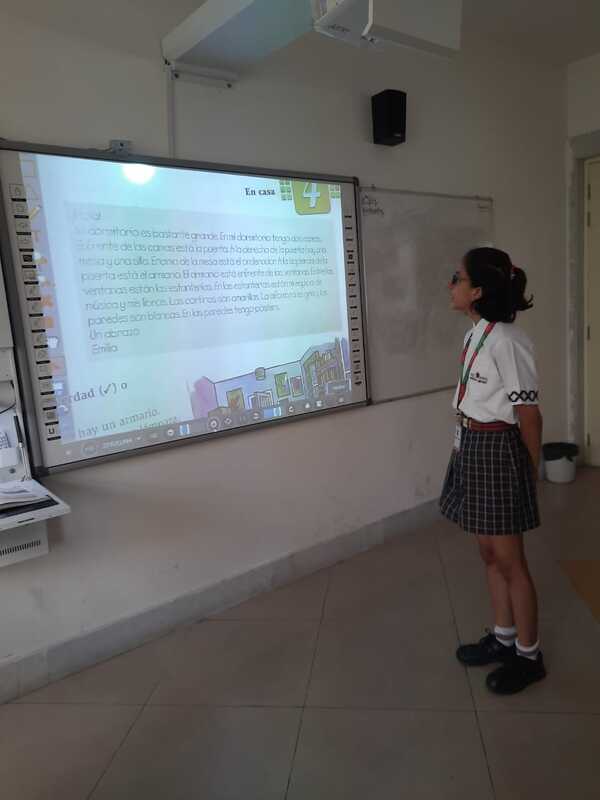

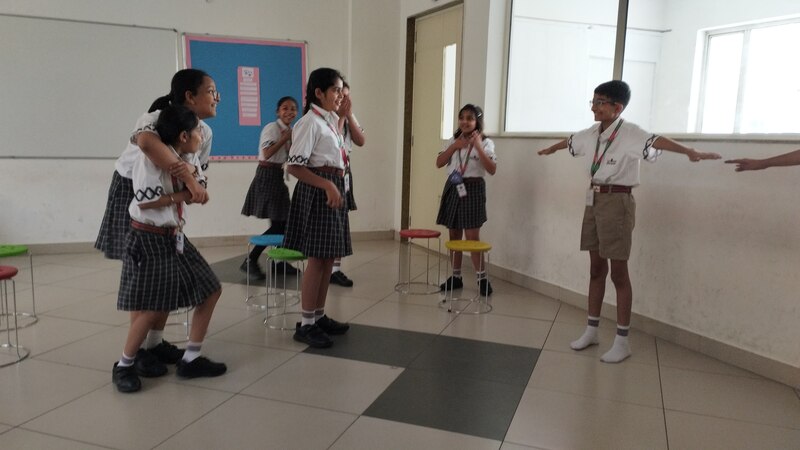
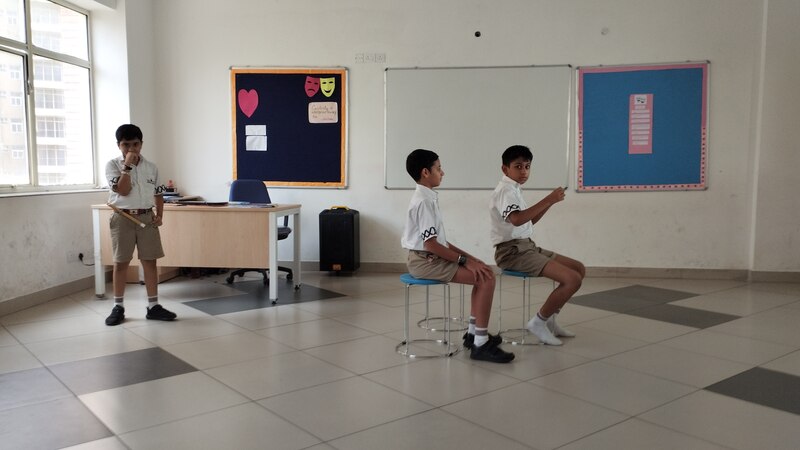
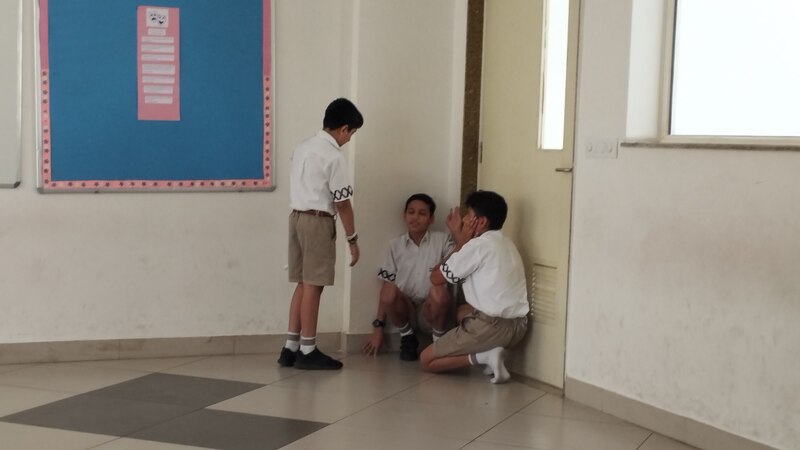
 RSS Feed
RSS Feed
